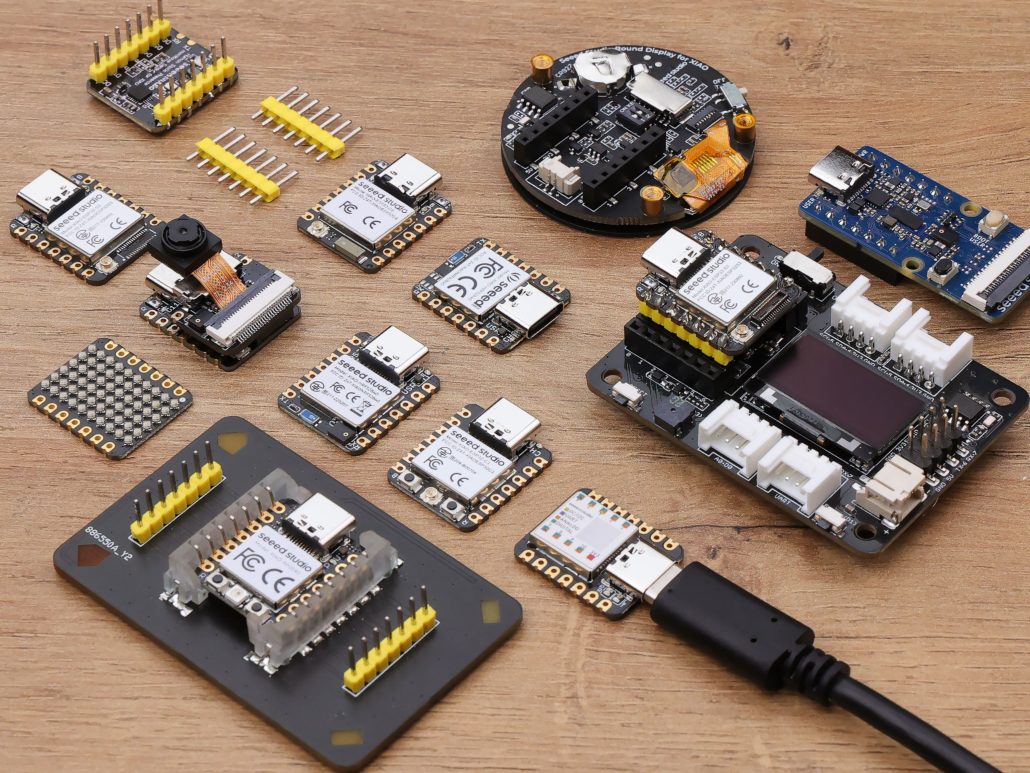Introducing Seeed Studio XIAO MG24 (Sense) Variants: Pre-Soldered & 3PCS Pack
We’re excited to announce new variants of the Seeed Studio XIAO MG24 and XIAO MG24 Sense, now available in Pre-Soldered versions and convenient 3PCS Packs! Whether you’re looking for a hassle-free soldering experience or stocking up for gifting on these Matter-native, ultra-low-power development boards, we’ve got you covered.
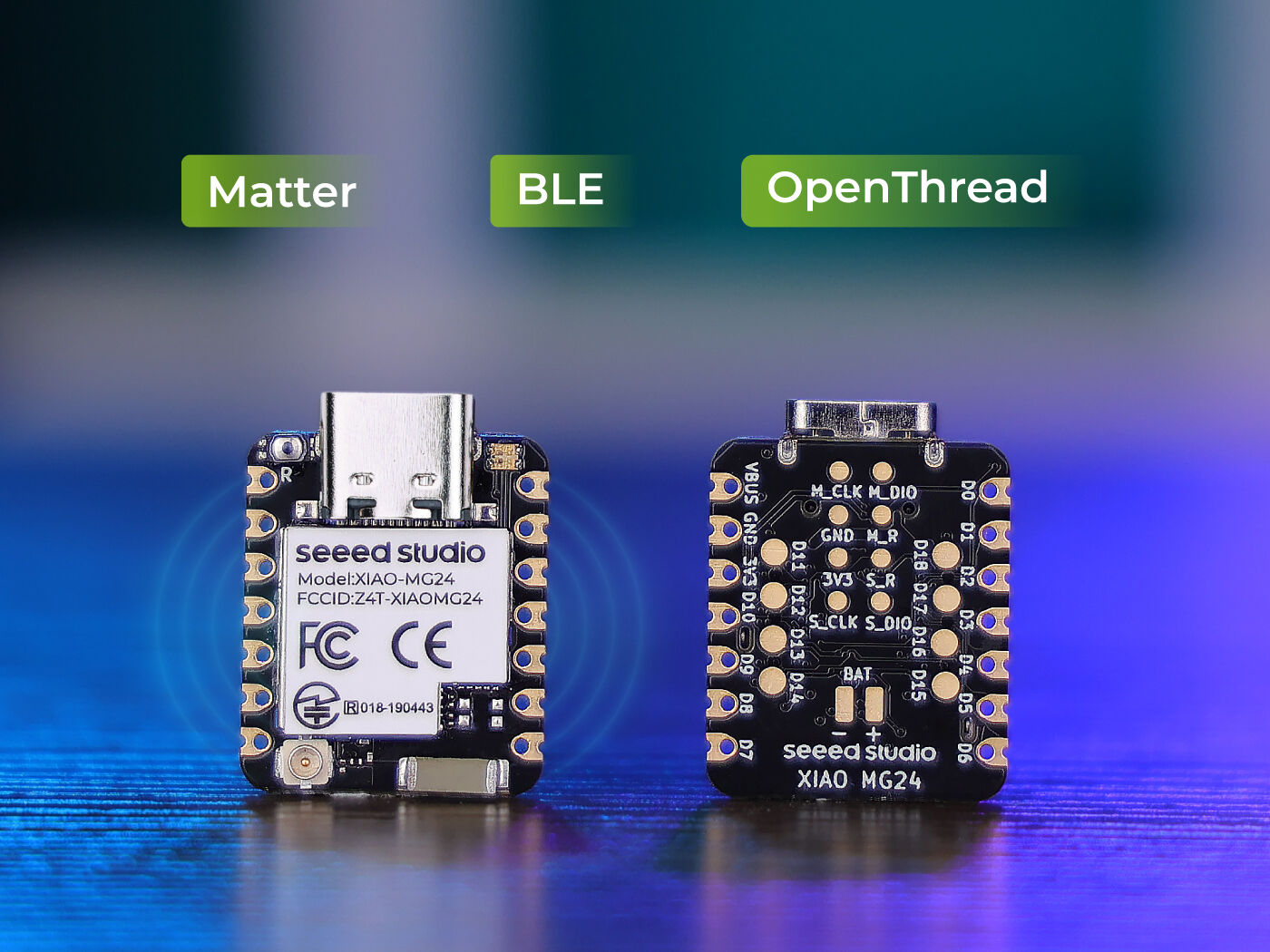
XIAO MG24 & XIAO MG24 Sense: Now in 3PCS Pack!
For developers and makers who need multiple boards for prototyping or small-scale production, we now offer a 3PCS Pack of both XIAO MG24 and XIAO MG24 Sense, along with other XIAO boards such as XIAO ESP32S3, XIAO ESP32C3, XIAO RP2040 and more—also available in 3PCS Packs. Powered by Silicon Labs’ EFR32MG24 SoC, these tiny yet powerful dev boards support Matter over Thread® and Bluetooth® Low Energy 5.3—perfect for IoT applications.
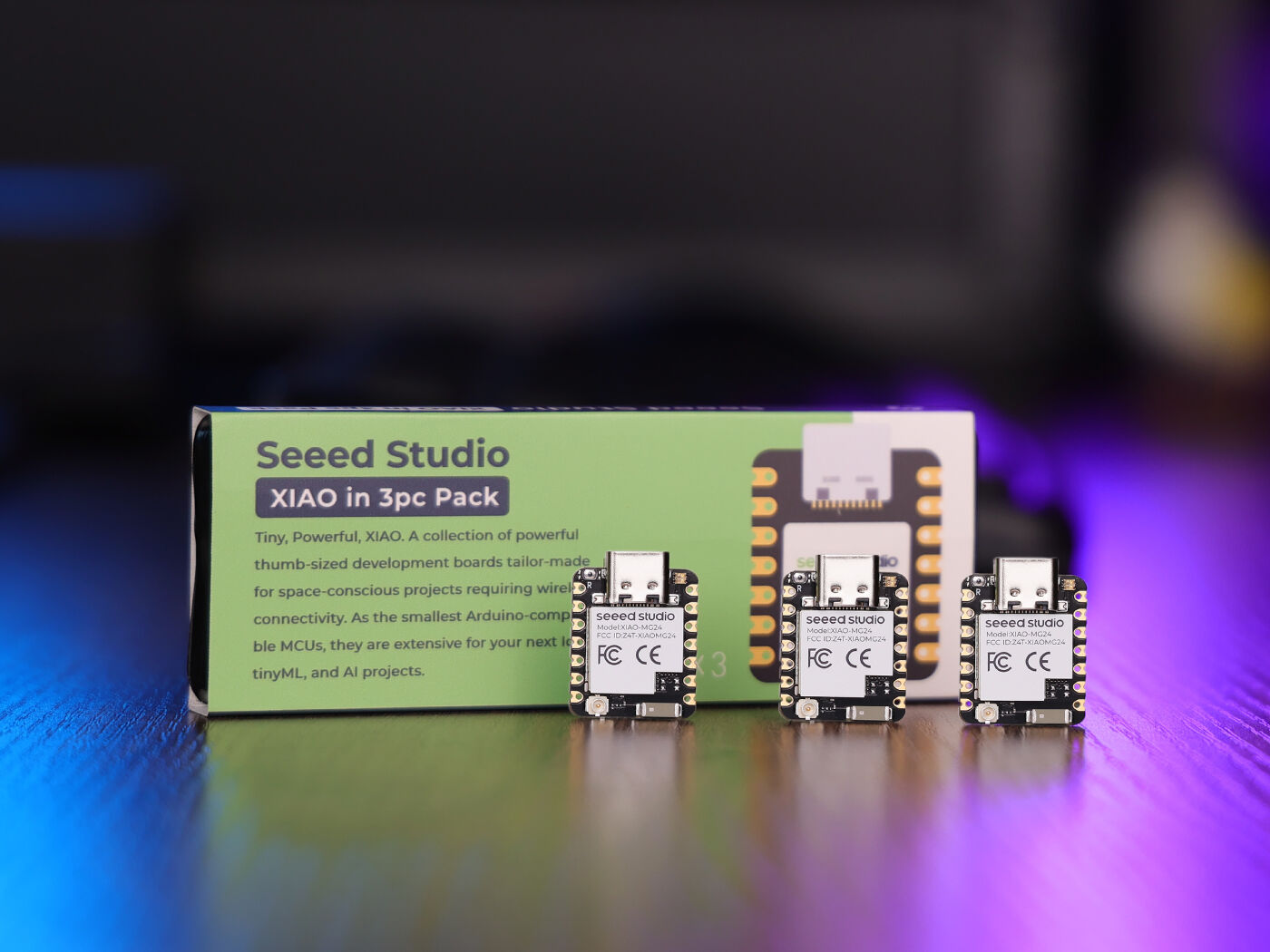
Why Choose the 3PCS Pack?
- More Value – Get three boards at a more cost-effective price.
- Streamlined Prototyping – Easily deploy multiple units for testing
- Perfect for Small-Scale Production – Ideal for businesses and advanced developers.
Both variants retain the classic XIAO form factor (21×17.8mm), 4MB onboard Flash, 19 GPIOs, LED, onboard antenna, and ultra-low power consumption (as low as 1.95μA in sleep mode)—making them ideal for battery-powered Matter projects.
Pre-Soldered XIAO MG24 & XIAO MG24 Sense: Plug-and-Play Simplicity!
We’ve heard your feedback—soldering tiny pads is challenging! That’s why we’re introducing pre-soldered variants of XIAO MG24 and XIAO MG24 Sense, along with other XIAO boards, allowing you to dive straight into development without extra setup.
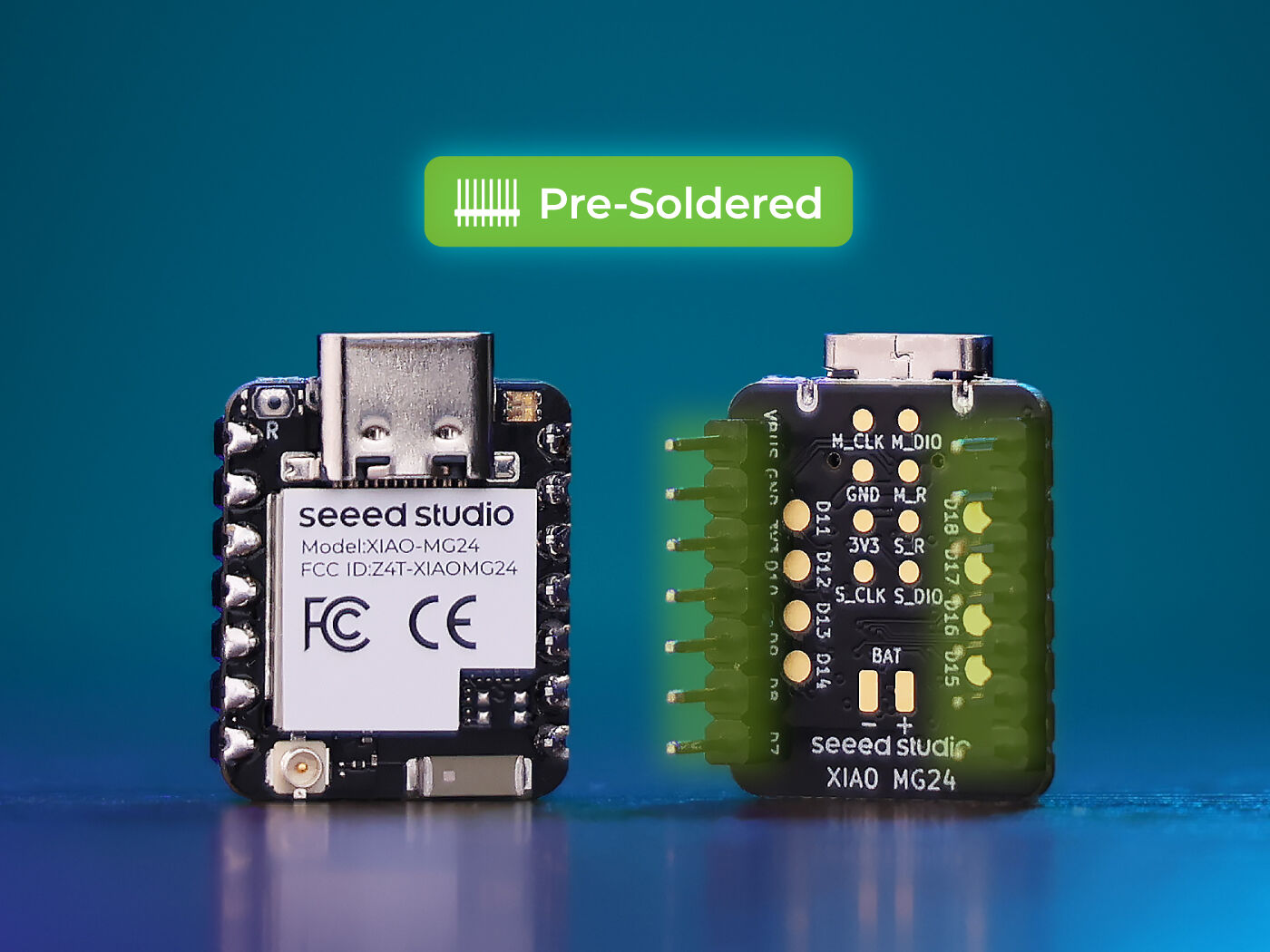
Why Choose the Pre-Soldered Version?
- No Soldering Needed – Save time and effort—just unbox and get started!
- Seamless Breadboarding – Easily integrate into your projects.
- More Durable & Reliable – Factory-soldered headers ensure strong, long-lasting connections.
XIAO MG24 vs. XIAO MG24 Sense – What's the Difference?
While both feature the same high-performance ARM Cortex-M33 @ 78MHz, XIAO MG24 Sense goes a step further with two onboard sensors:
- Analog Microphone – For voice detection and audio-based applications.
- 6-Axis IMU – Perfect for motion sensing, TinyML applications, and smart automation.
A Perfect Fit for Battery-Powered Matter Projects
With their ultra-low-power consumption, onboard secure cryptographic engine, and support for multiple IoT communication protocols, the XIAO MG24 variants are ideal for:
- Smart Home Automation (Matter-enabled lighting, security systems, and sensors)
- Environmental Monitoring – battery-powered air quality, temperature, and humidity sensors.
- Remote Sensing & Control – wireless automation and control systems.
- TinyML & Edge AI Applications – gesture recognition, posture tracking, and voice-based control with XIAO MG24 Sense.
Get Yours Now!
Don’t miss out! Whether you’re an IoT developer, prototyping enthusiast, or TinyML innovator, these new XIAO MG24 options make it easier than ever to build and scale your projects.
Now available:
- XIAO MG24 3PCS Pack – $19.35
- XIAO MG24 Sense 3PCS Pack – $27.00
- XIAO MG24 Pre-Soldered – $8.90
- XIAO MG24 Sense Pre-Soldered – $11.90
Stay tuned for more updates from Seeed Studio XIAO, and keep innovating! 
End Note
Hey community, we’re curating a monthly newsletter centering around the beloved Seeed Studio XIAO. If you want to stay up-to-date with:
 Cool Projects from the Community to get inspiration and tutorials
Cool Projects from the Community to get inspiration and tutorials Product Updates: firmware update, new product spoiler
Product Updates: firmware update, new product spoiler Wiki Updates: new wikis + wiki contribution
Wiki Updates: new wikis + wiki contribution News: events, contests, and other community stuff
News: events, contests, and other community stuff
Please click the image below to subscribe now!
to subscribe now!
The post Introducing Seeed Studio XIAO MG24 (Sense) Variants: Pre-Soldered & 3PCS Pack appeared first on Latest Open Tech From Seeed.

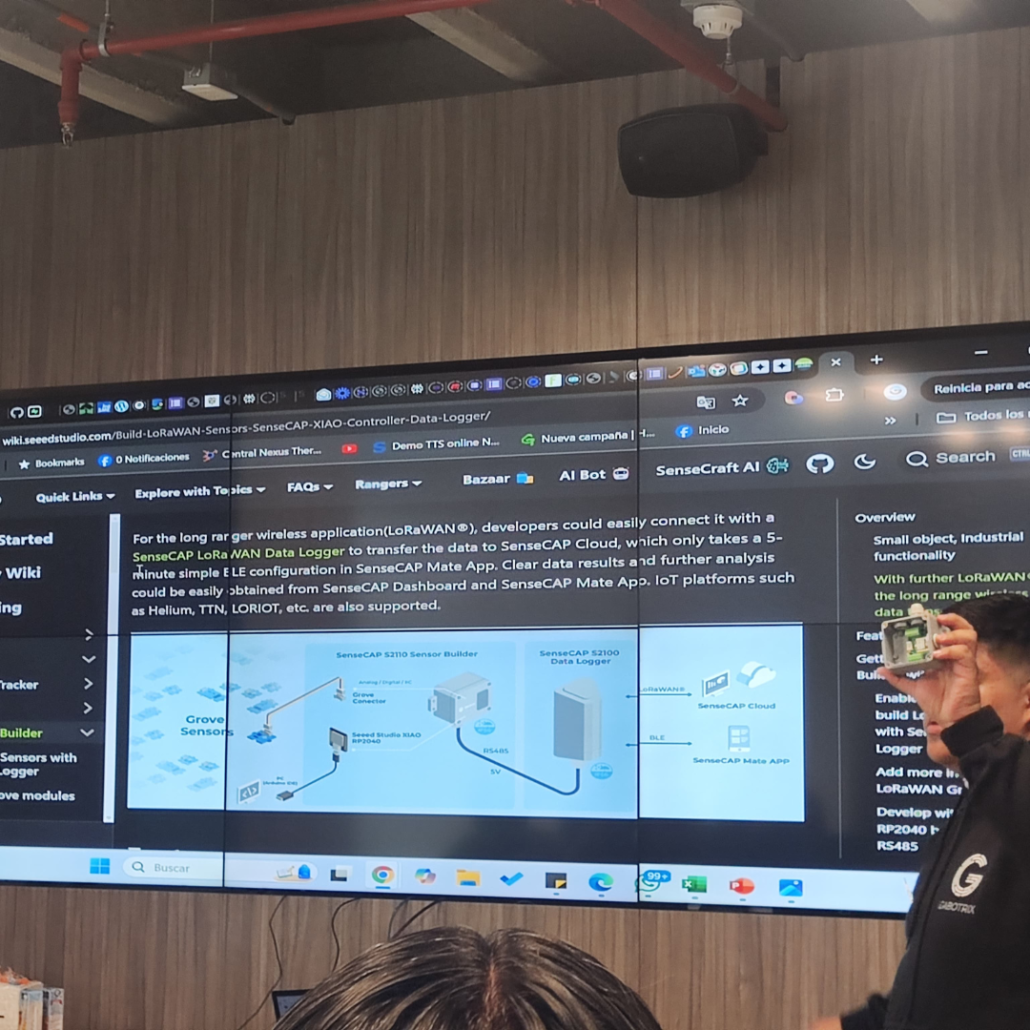
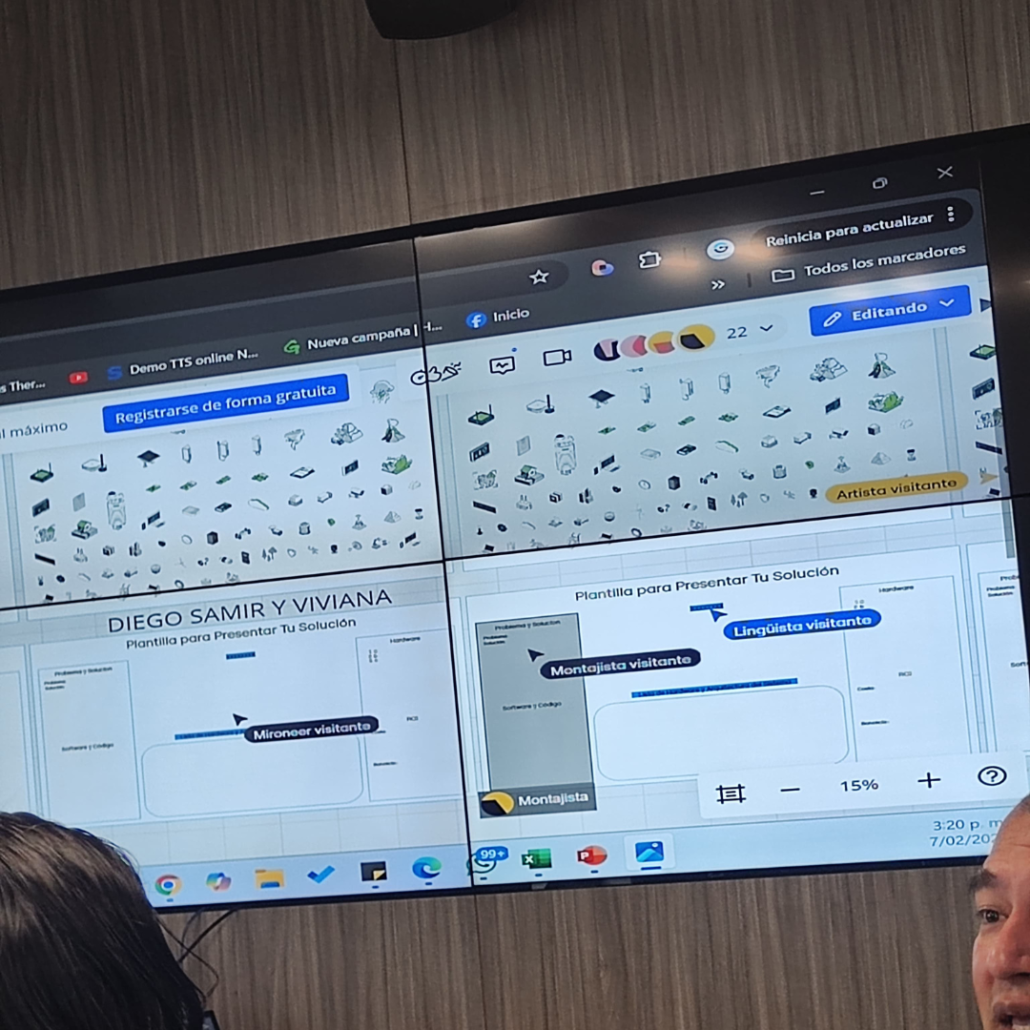
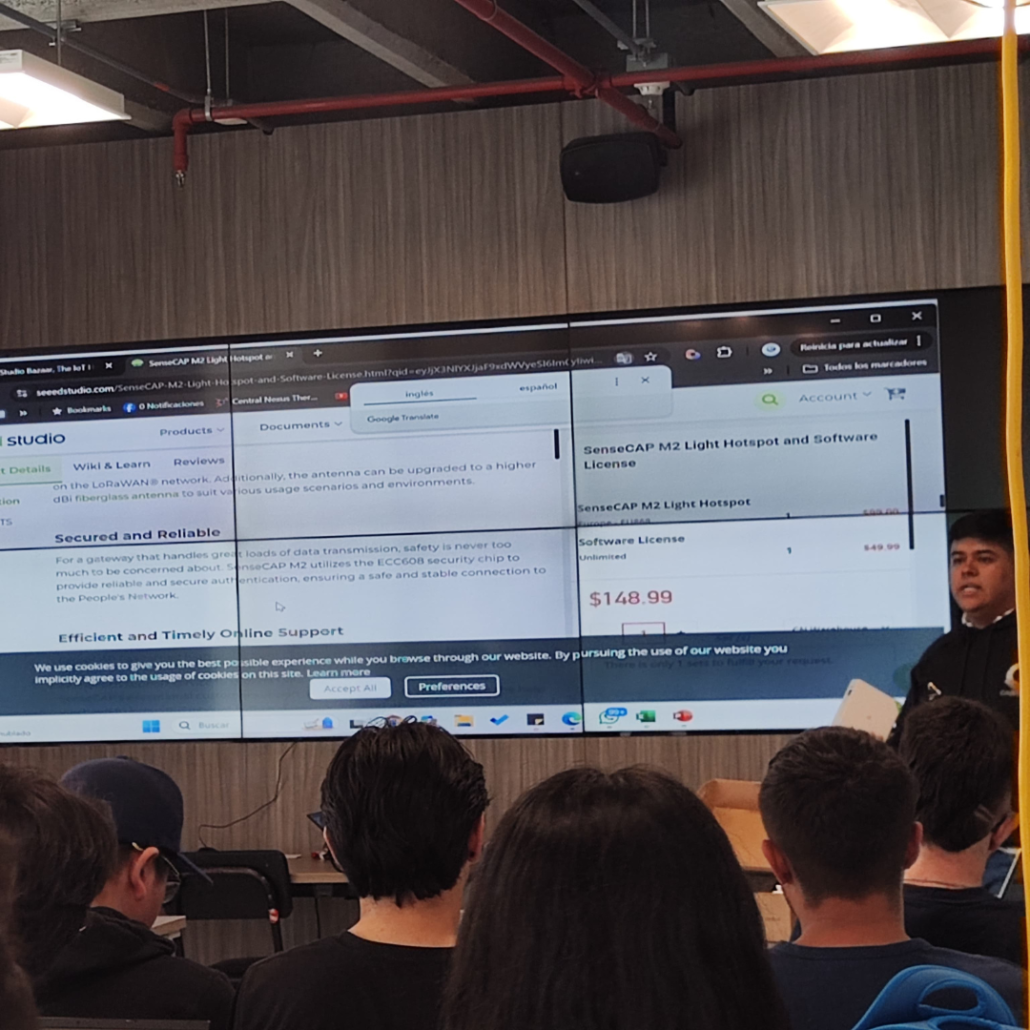
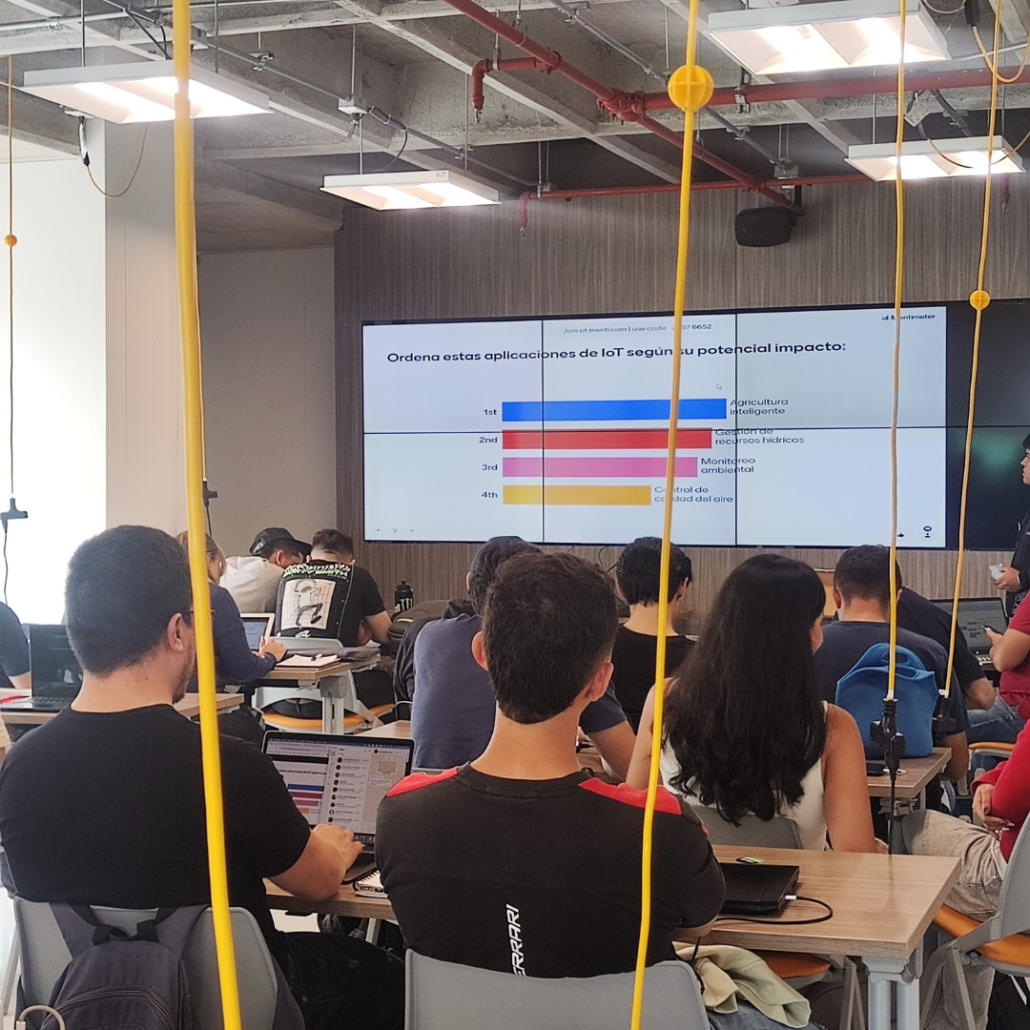
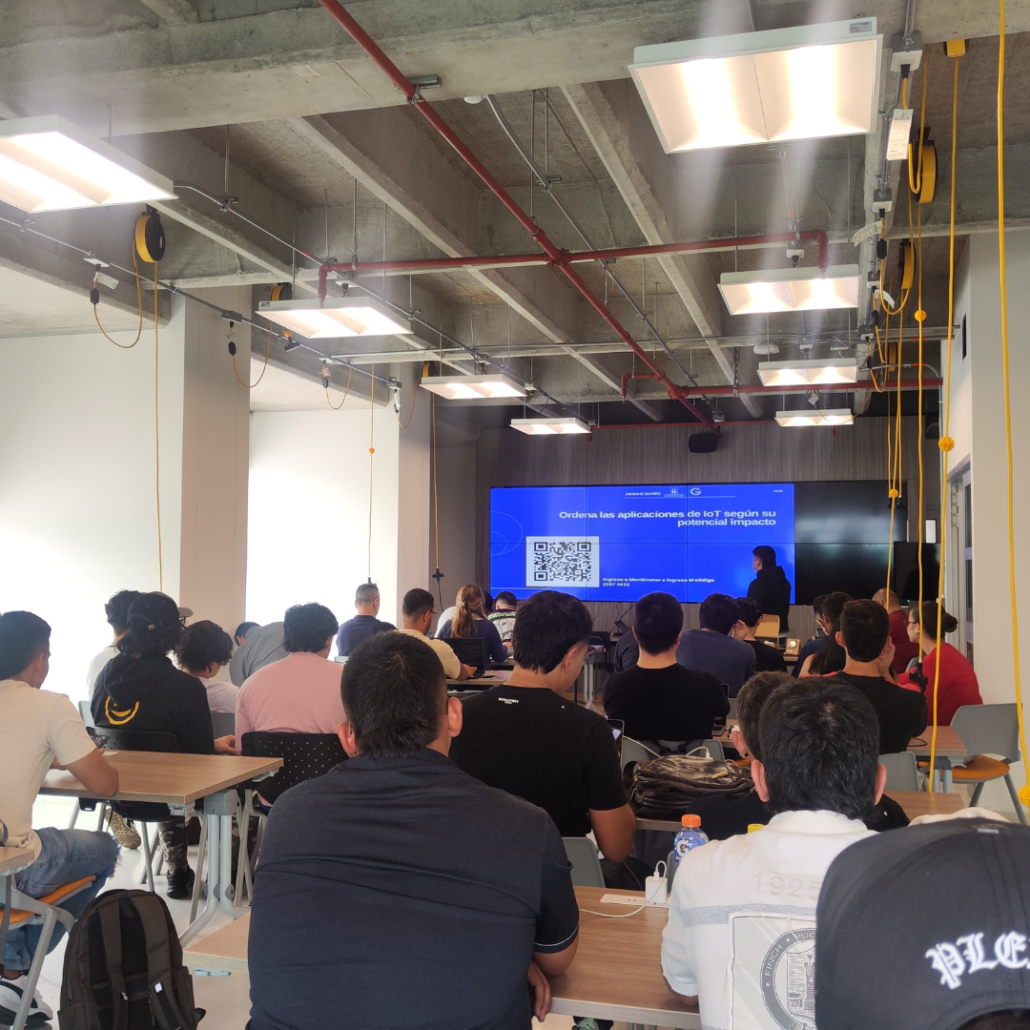
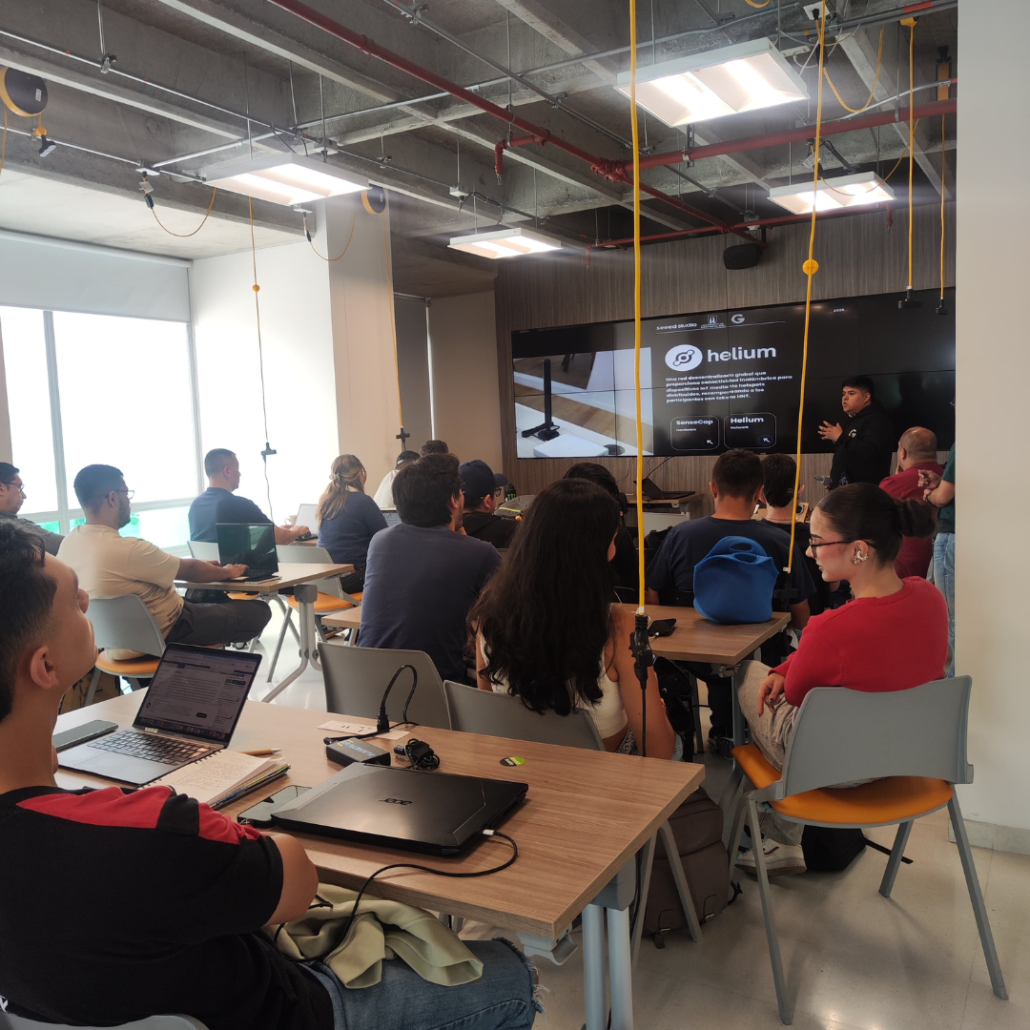
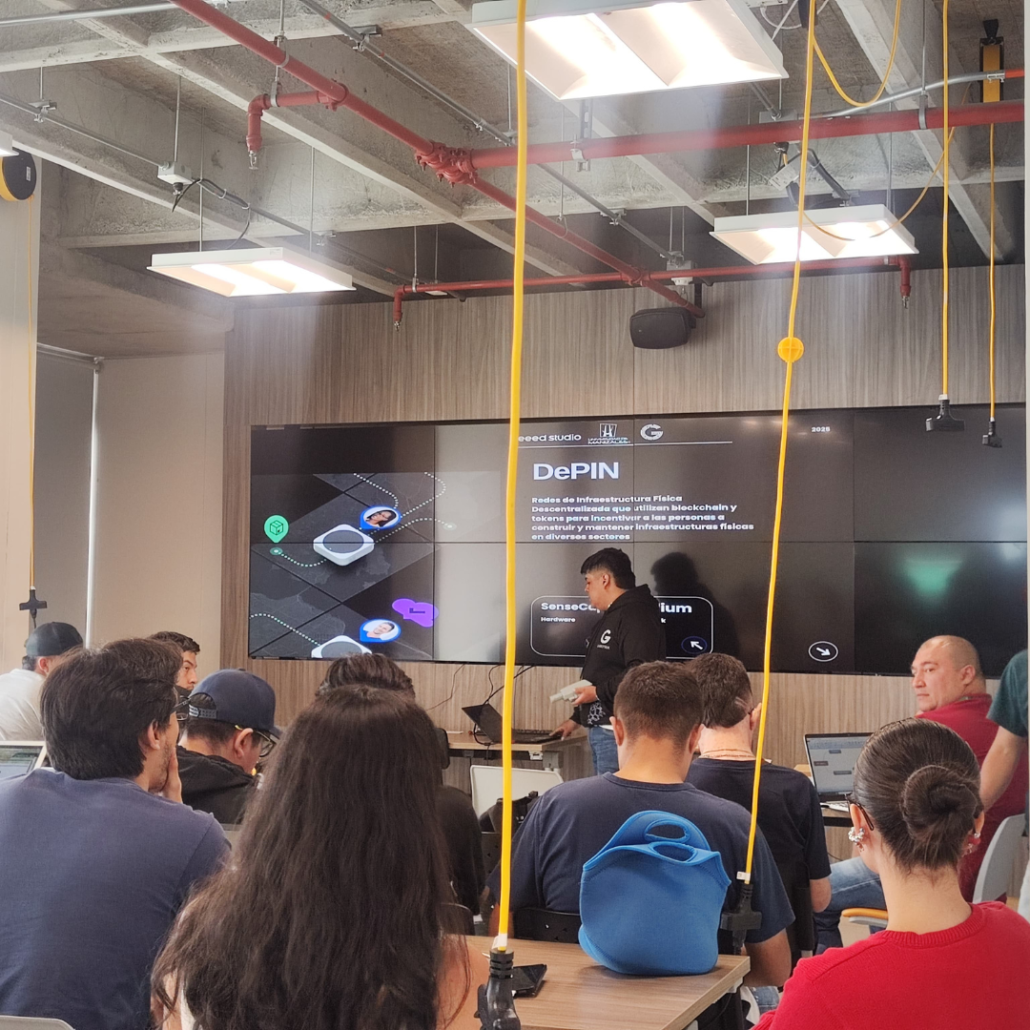
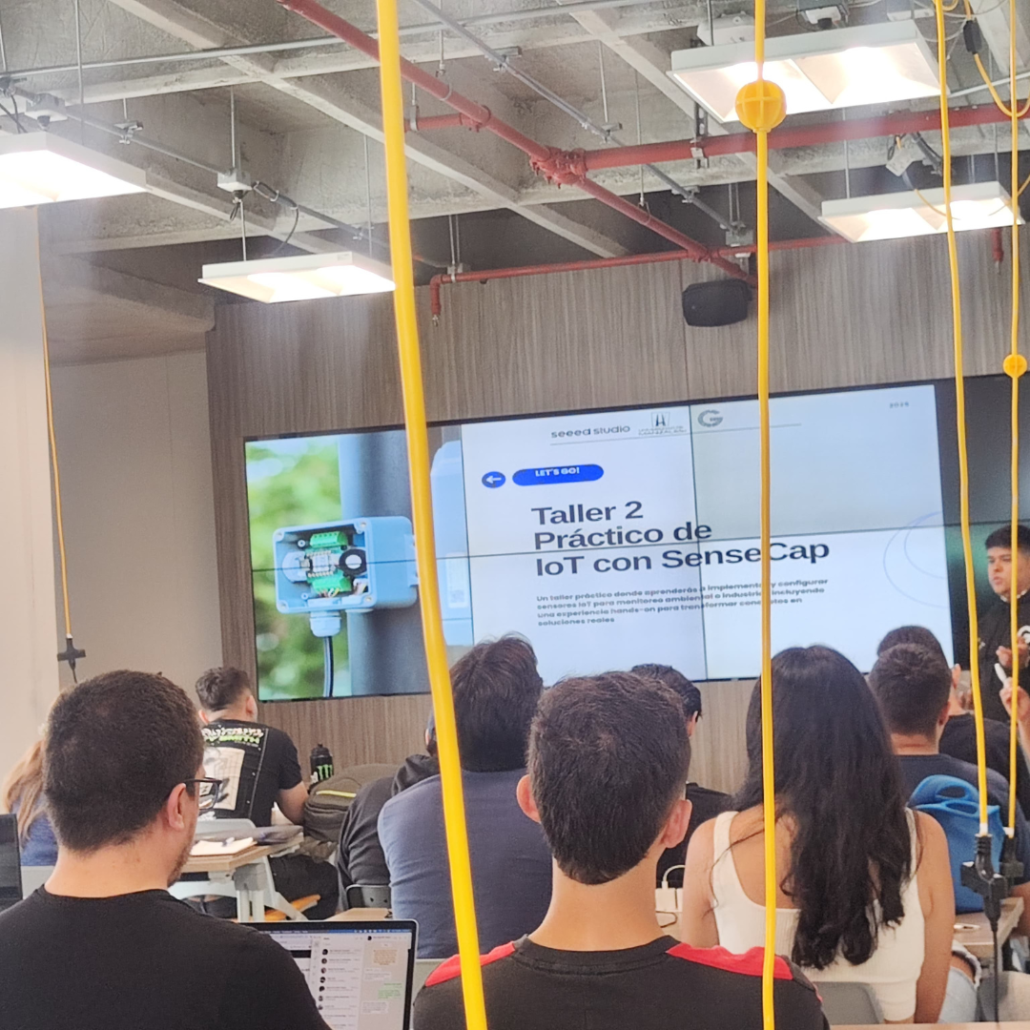
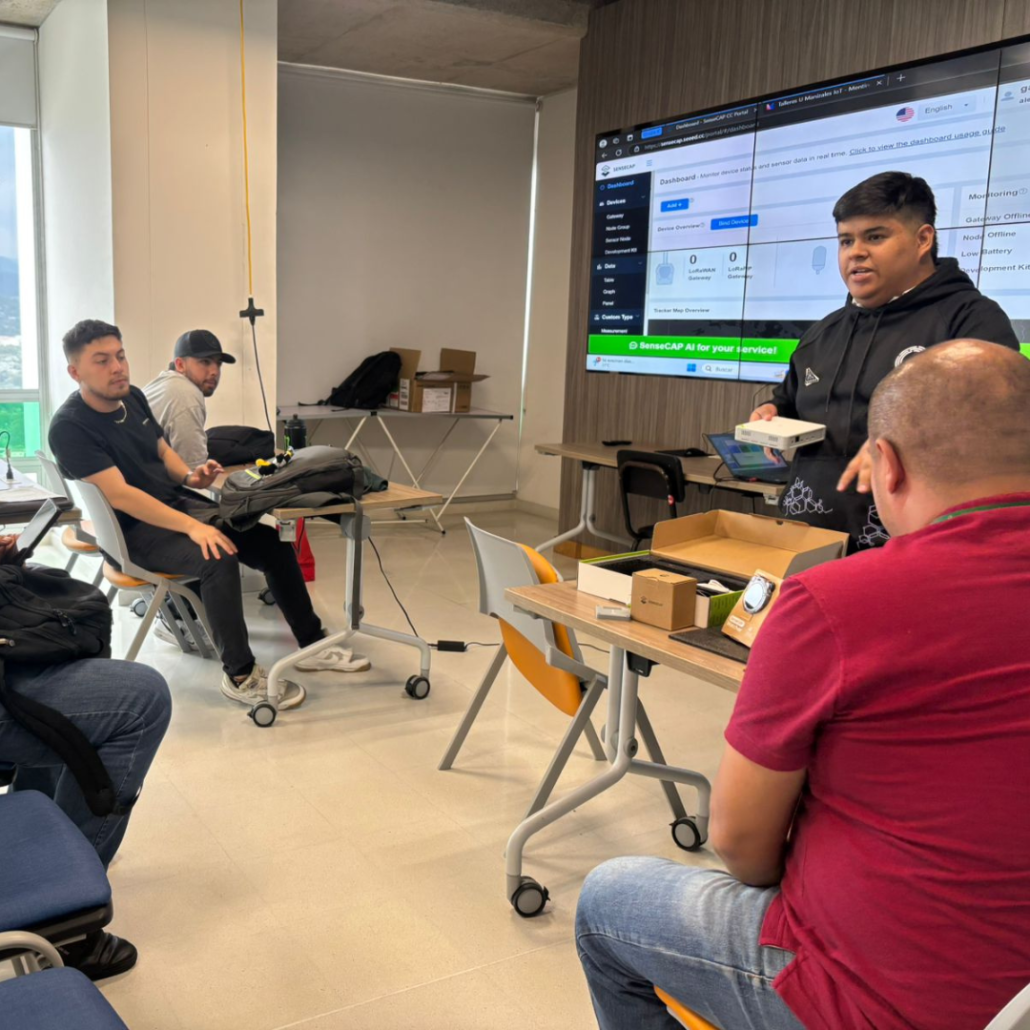
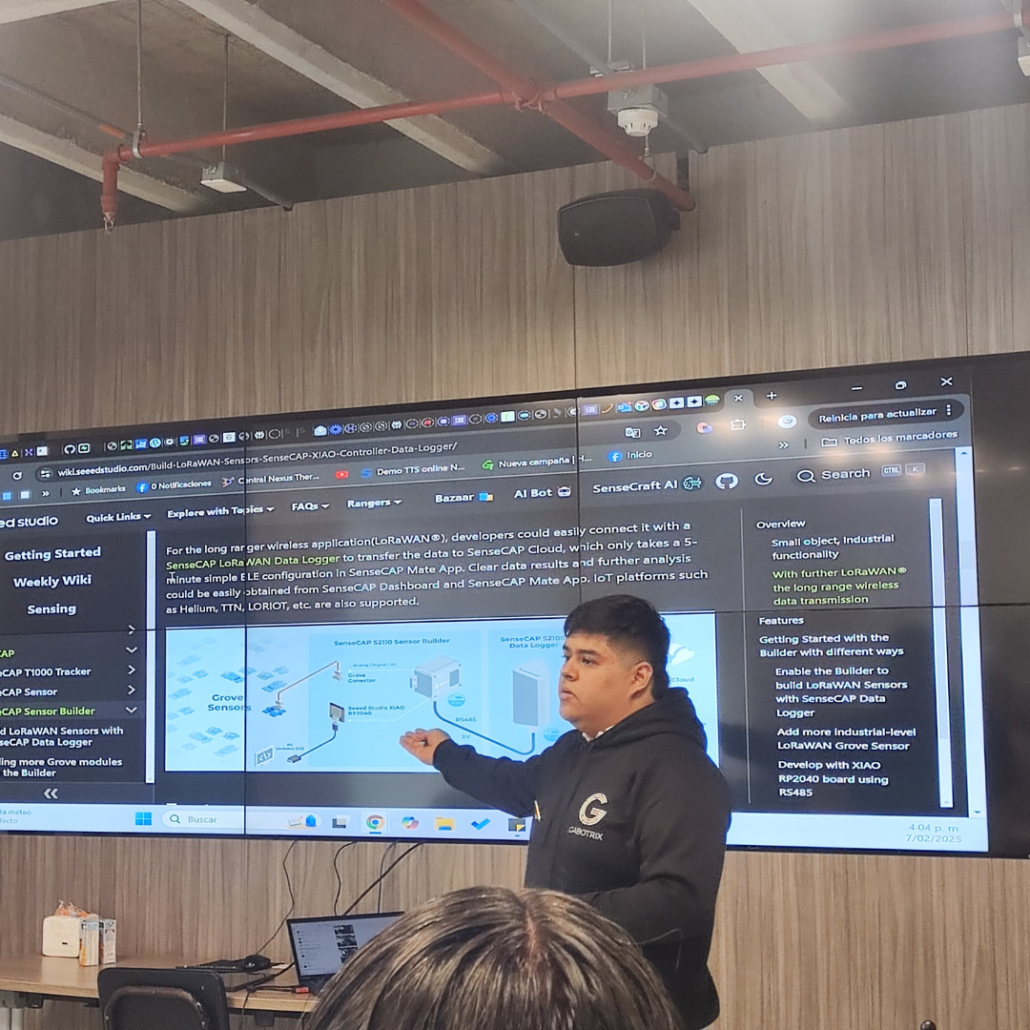
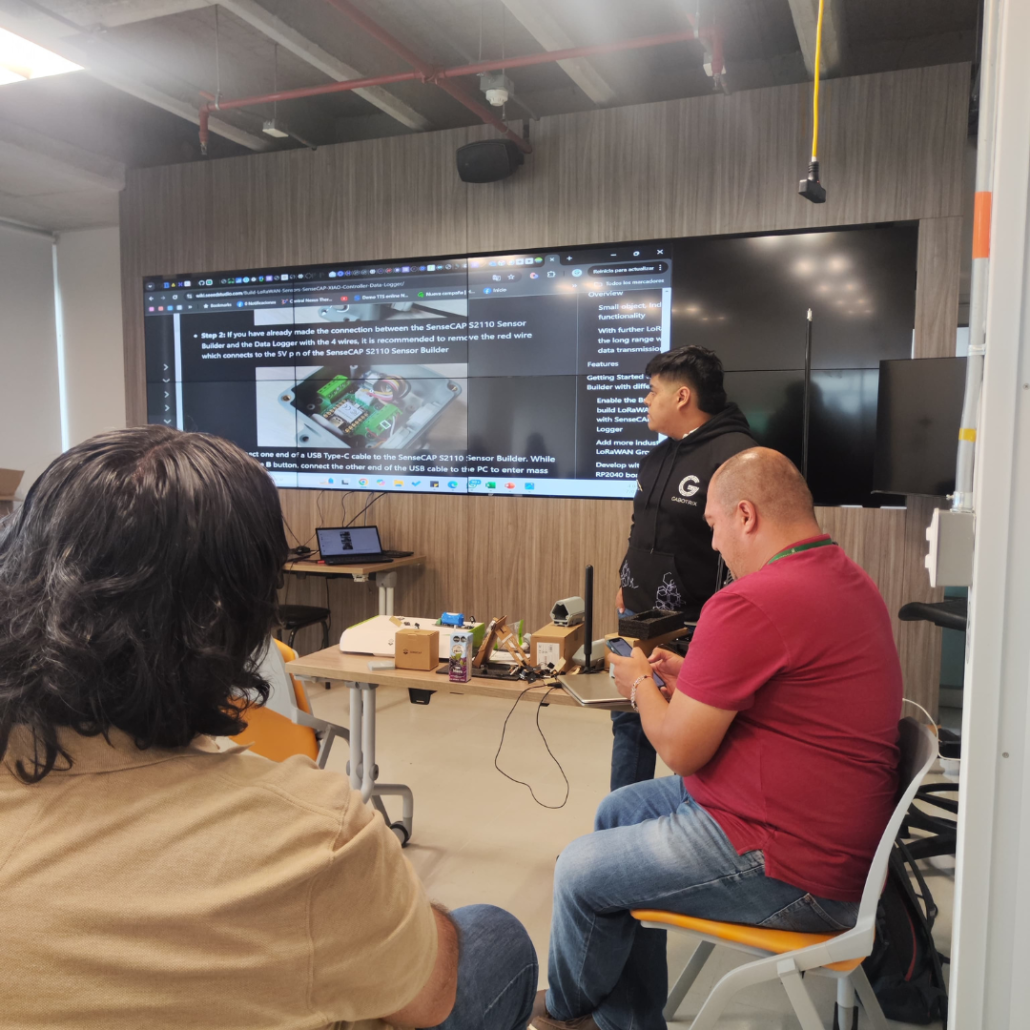
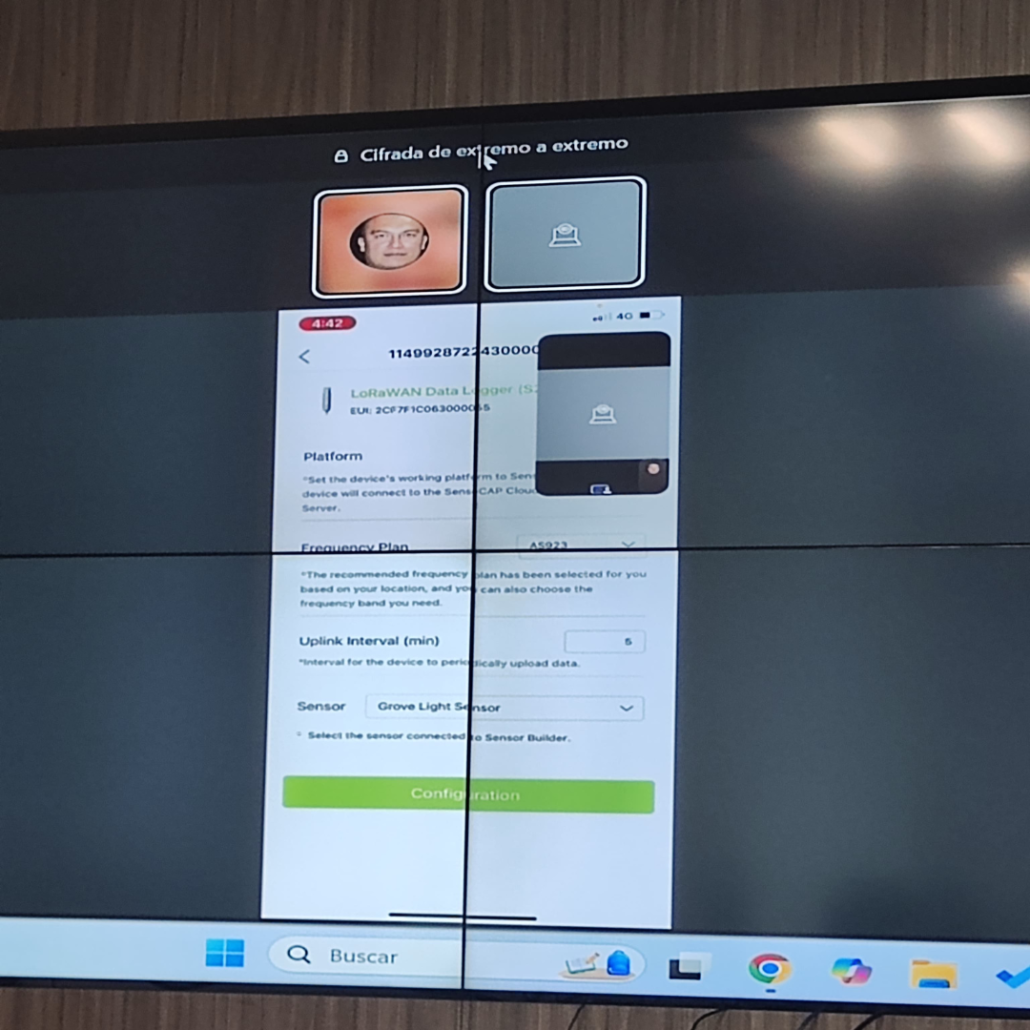
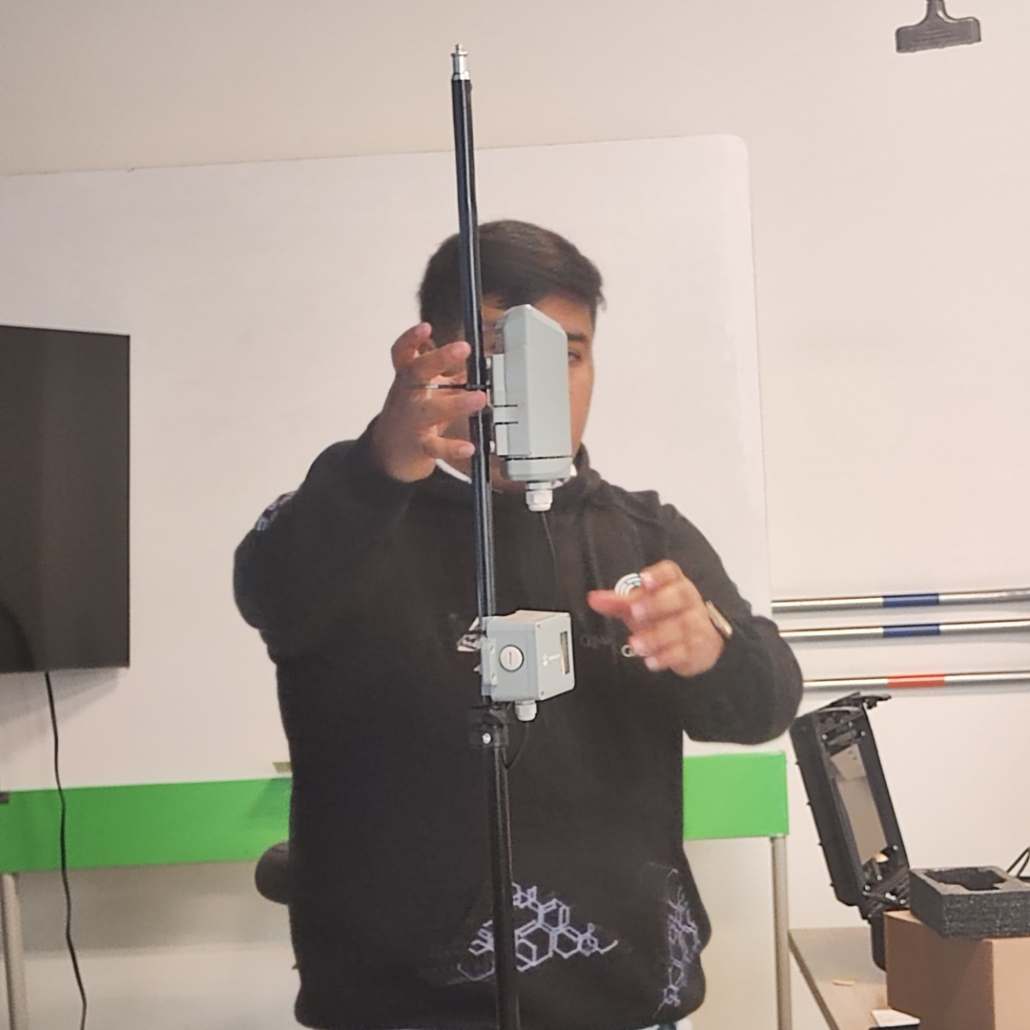
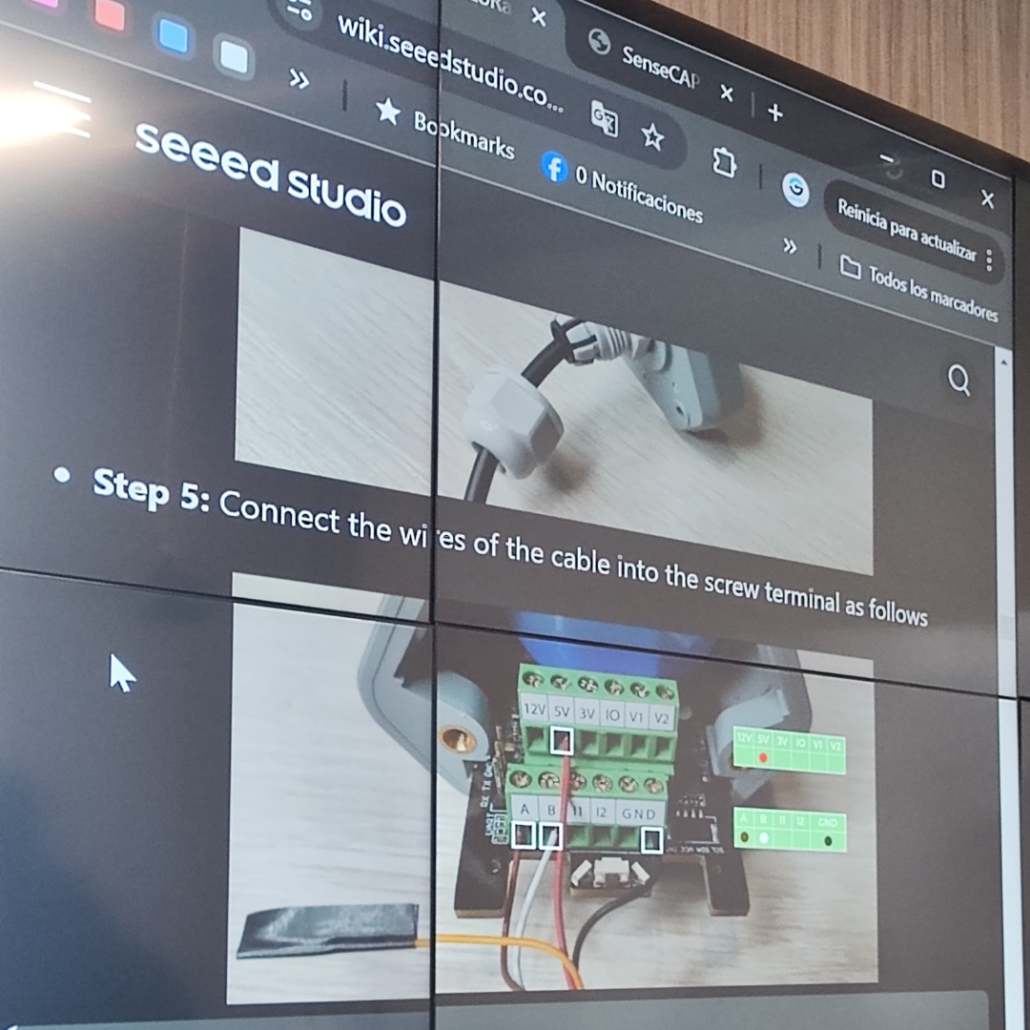
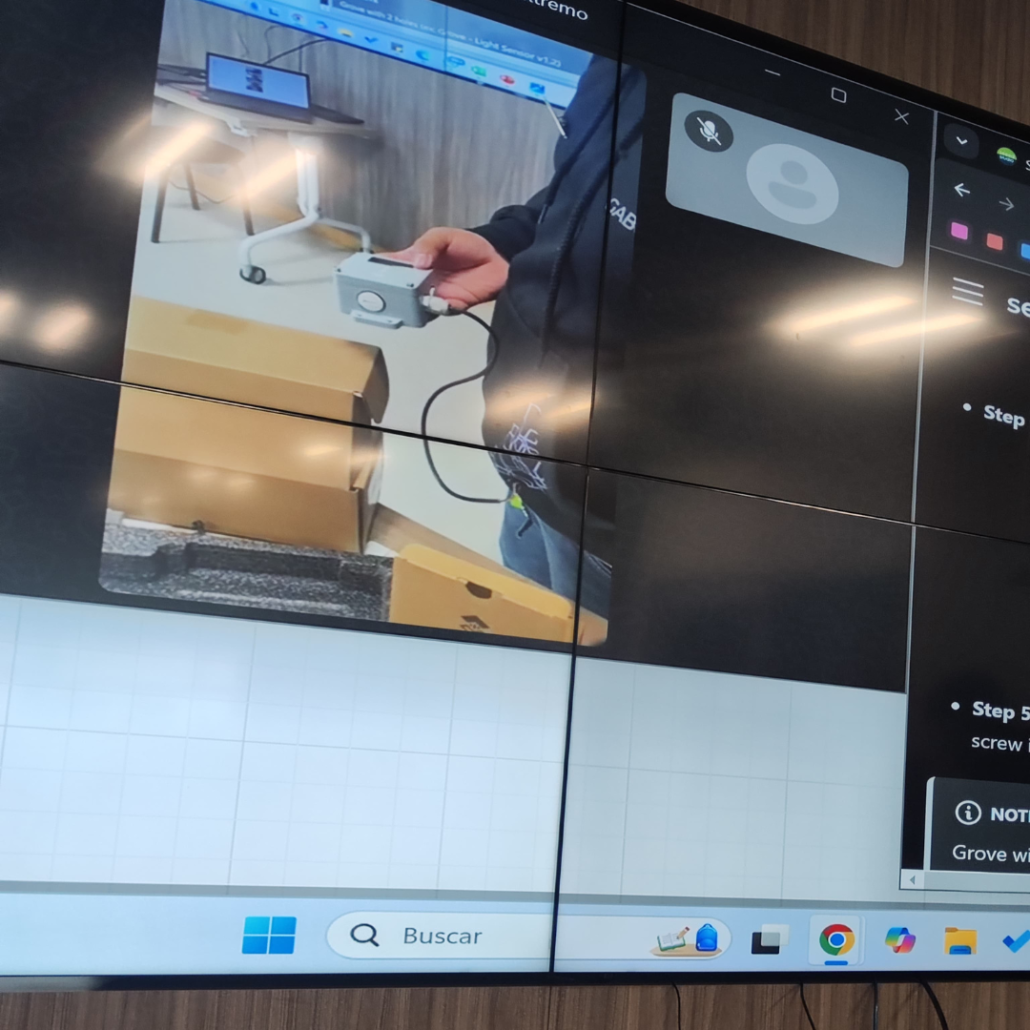
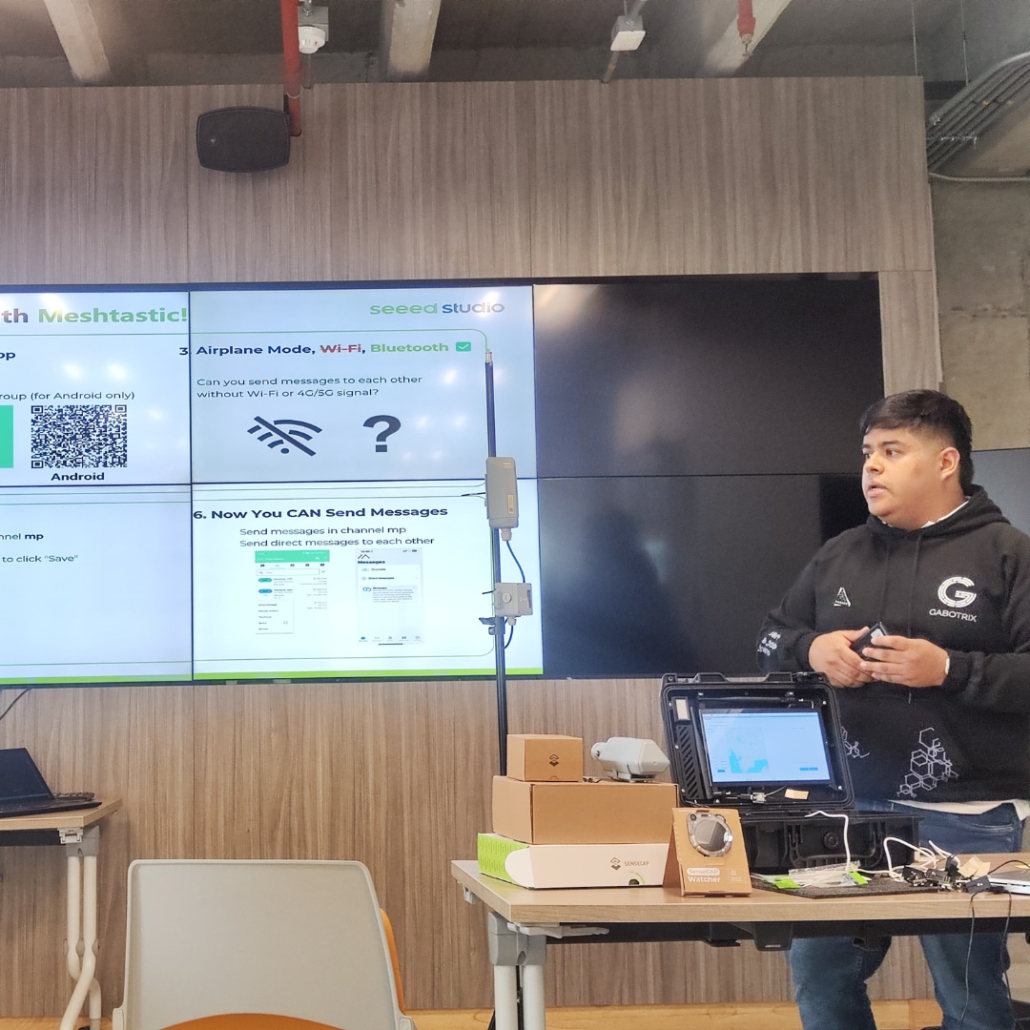
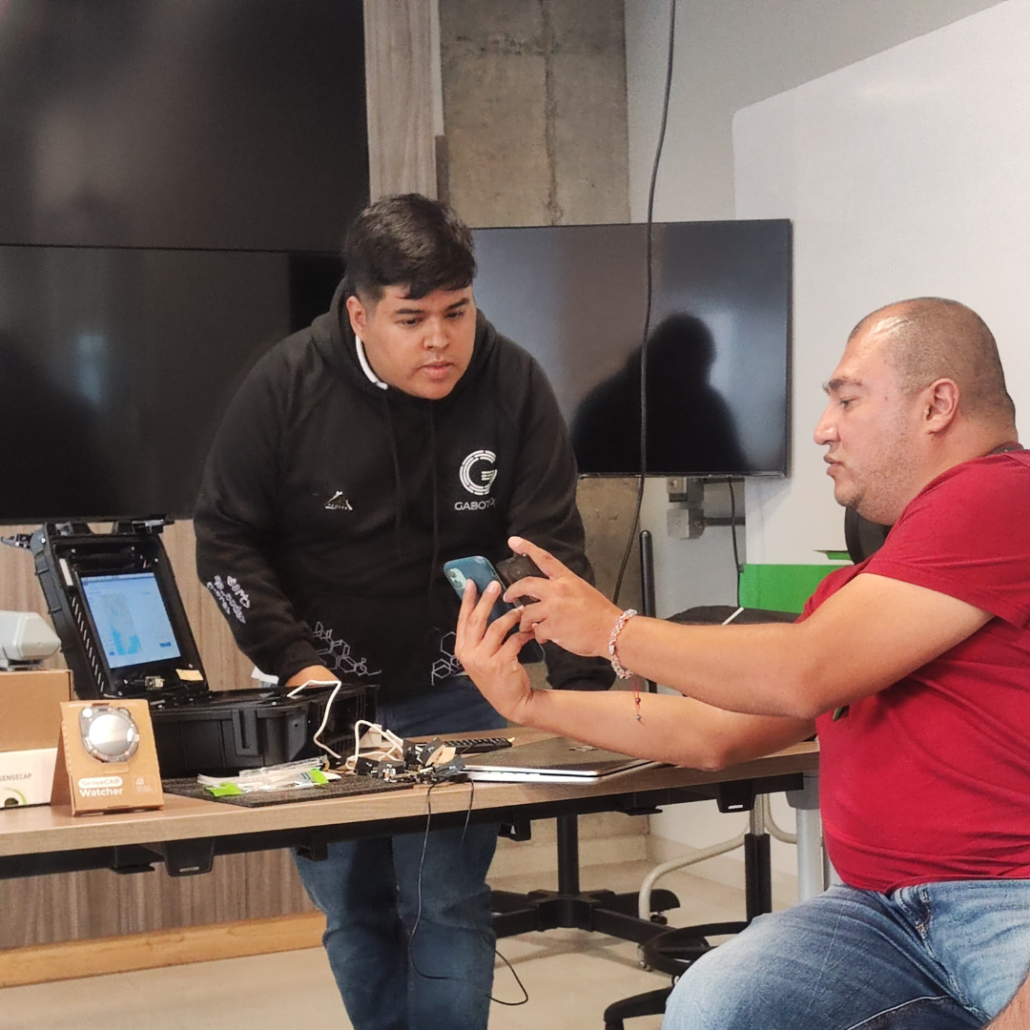
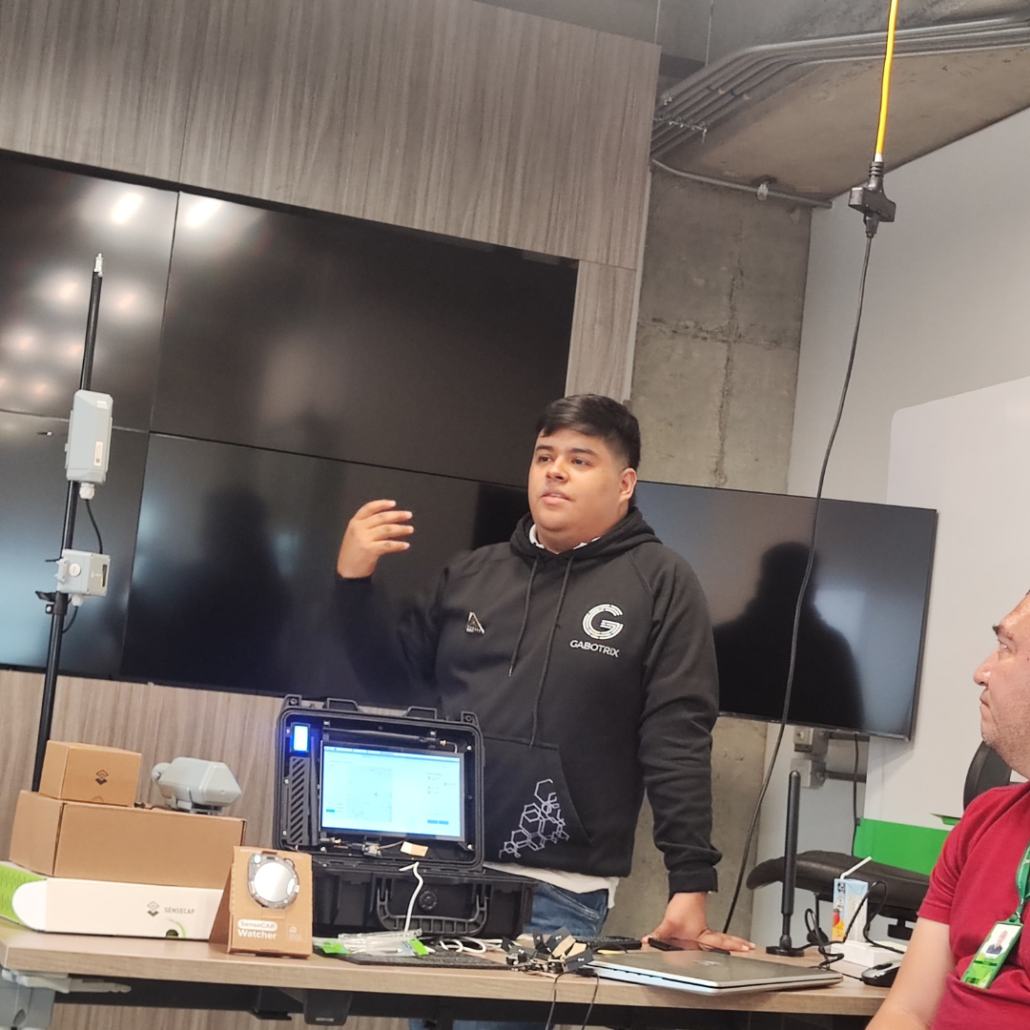
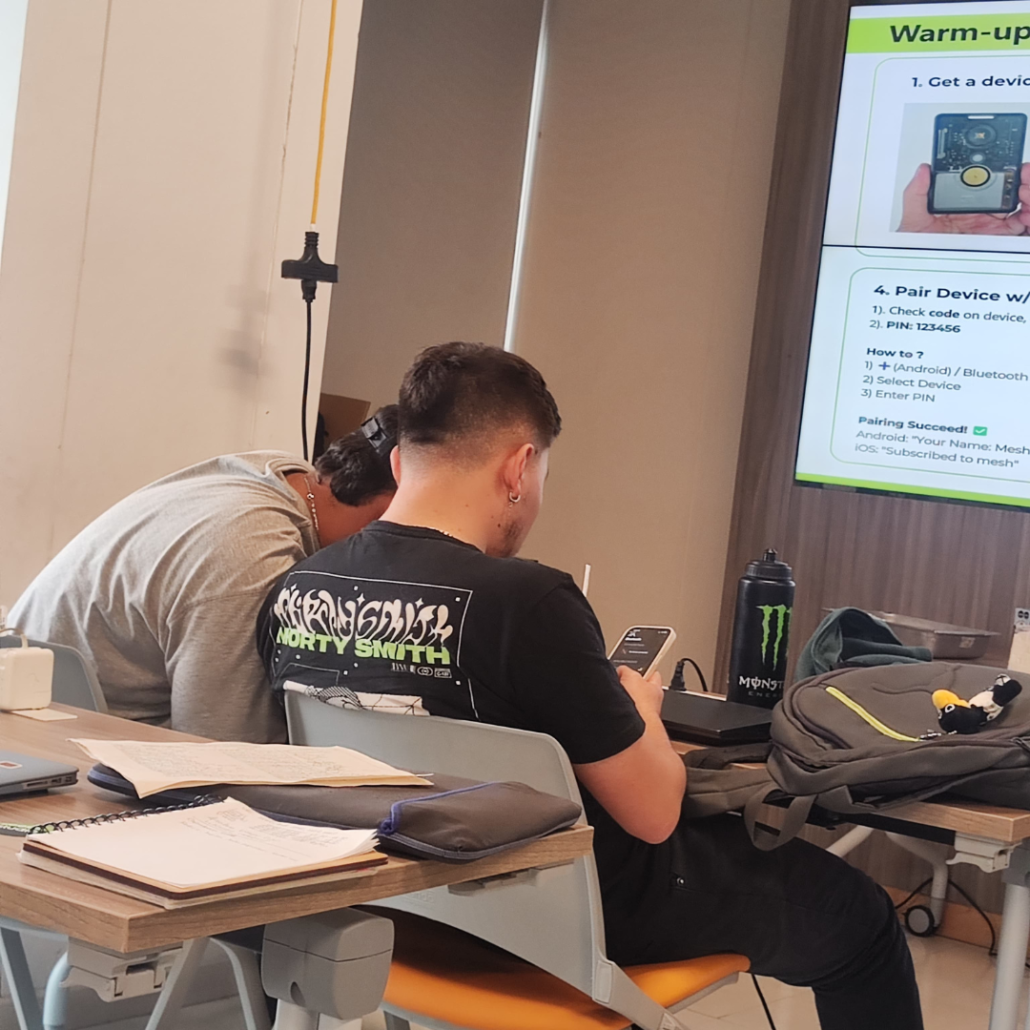
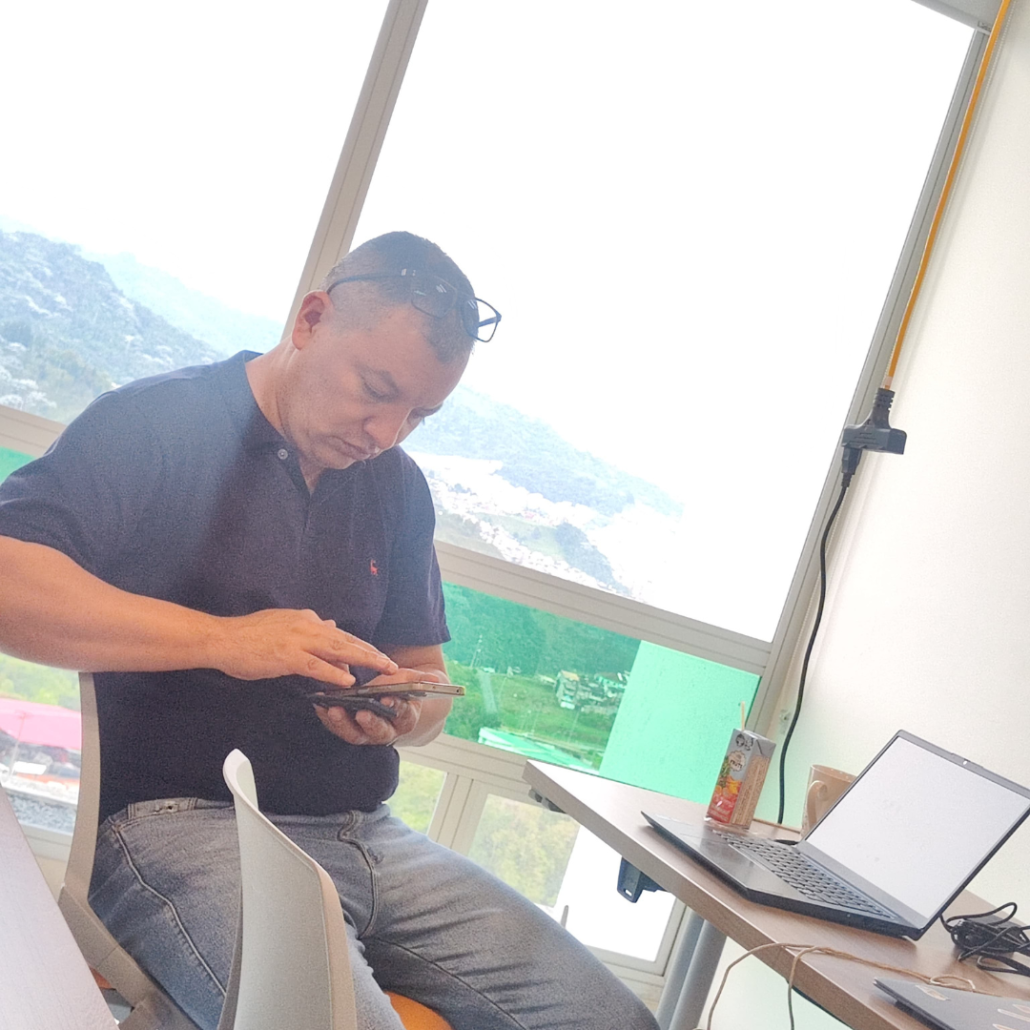
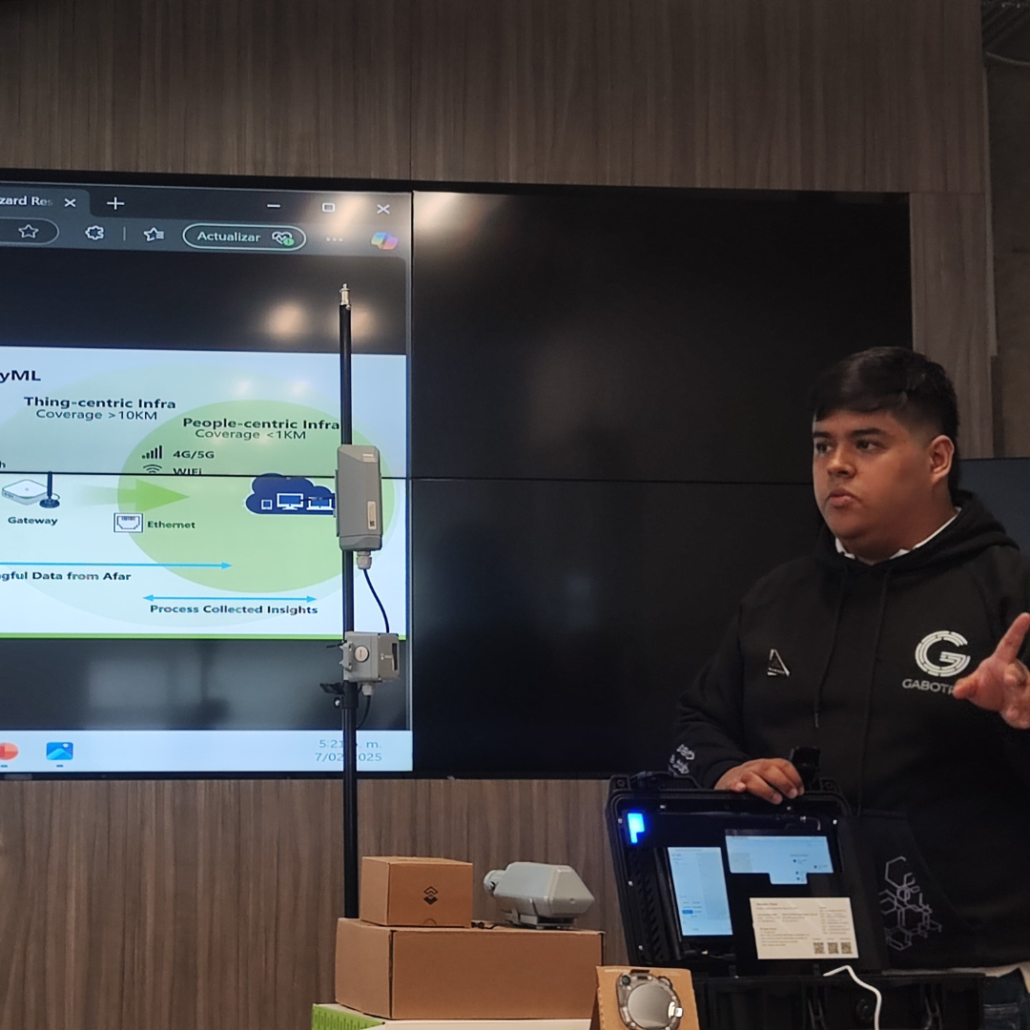
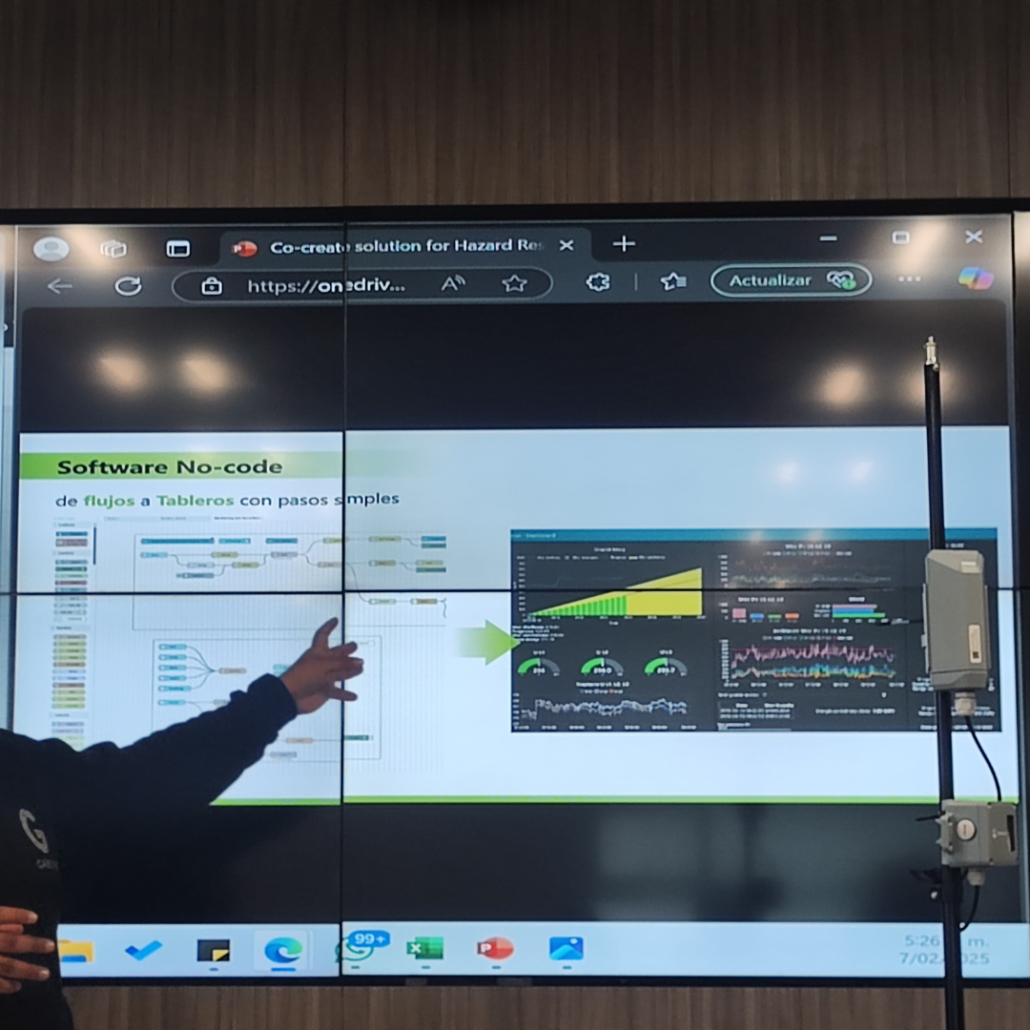
 I. In-depth Feature & Tech Exploration
I. In-depth Feature & Tech Exploration

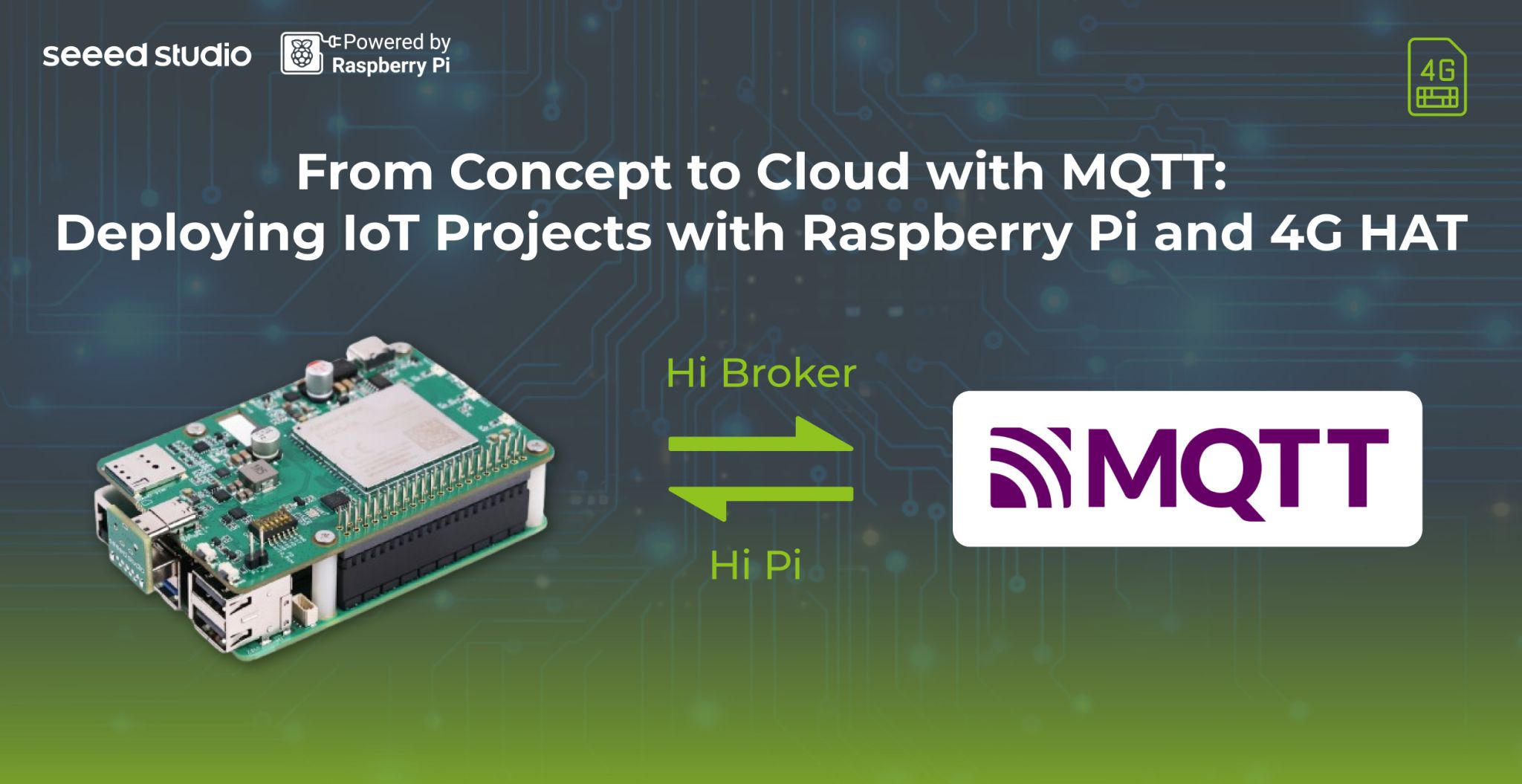
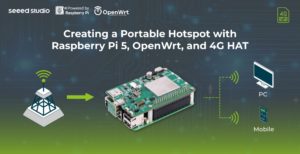

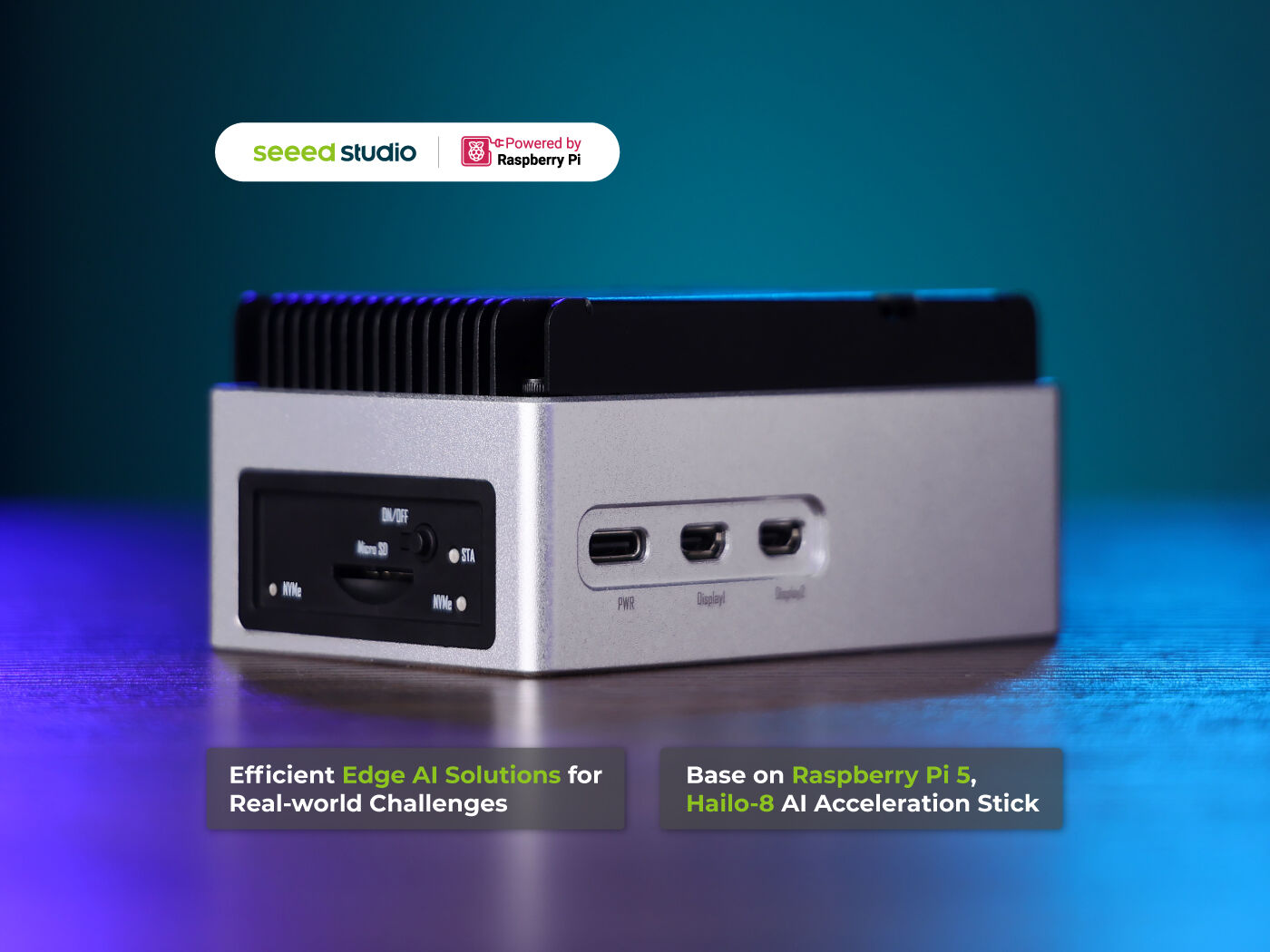
 II. Weekly Livestream: Making Next Gadget
II. Weekly Livestream: Making Next Gadget

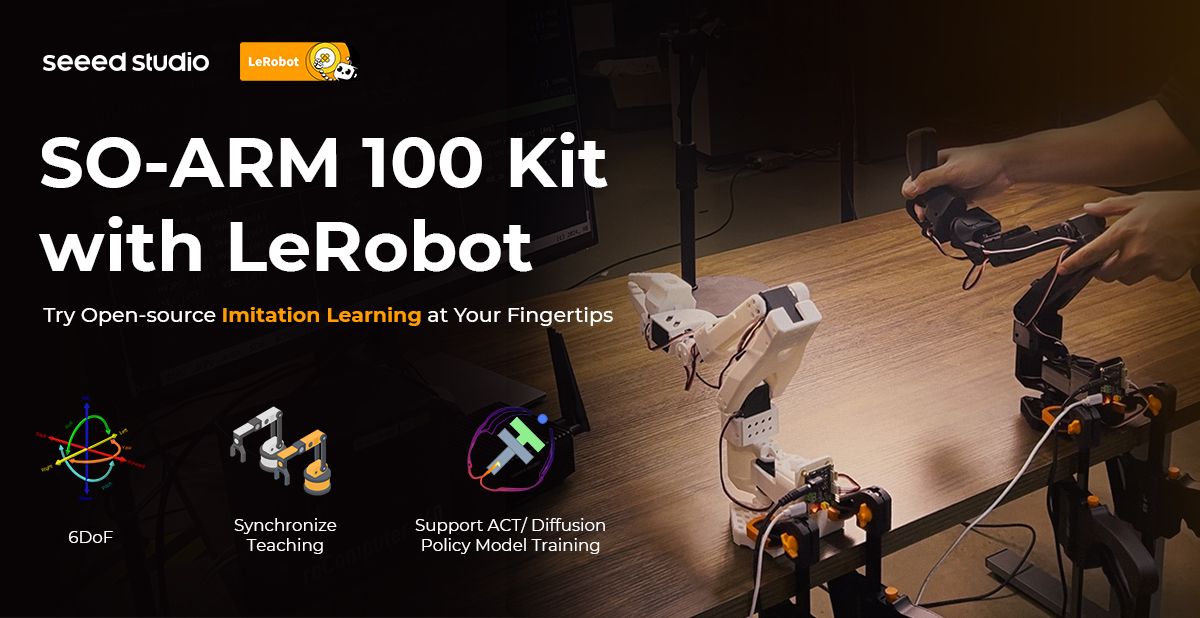


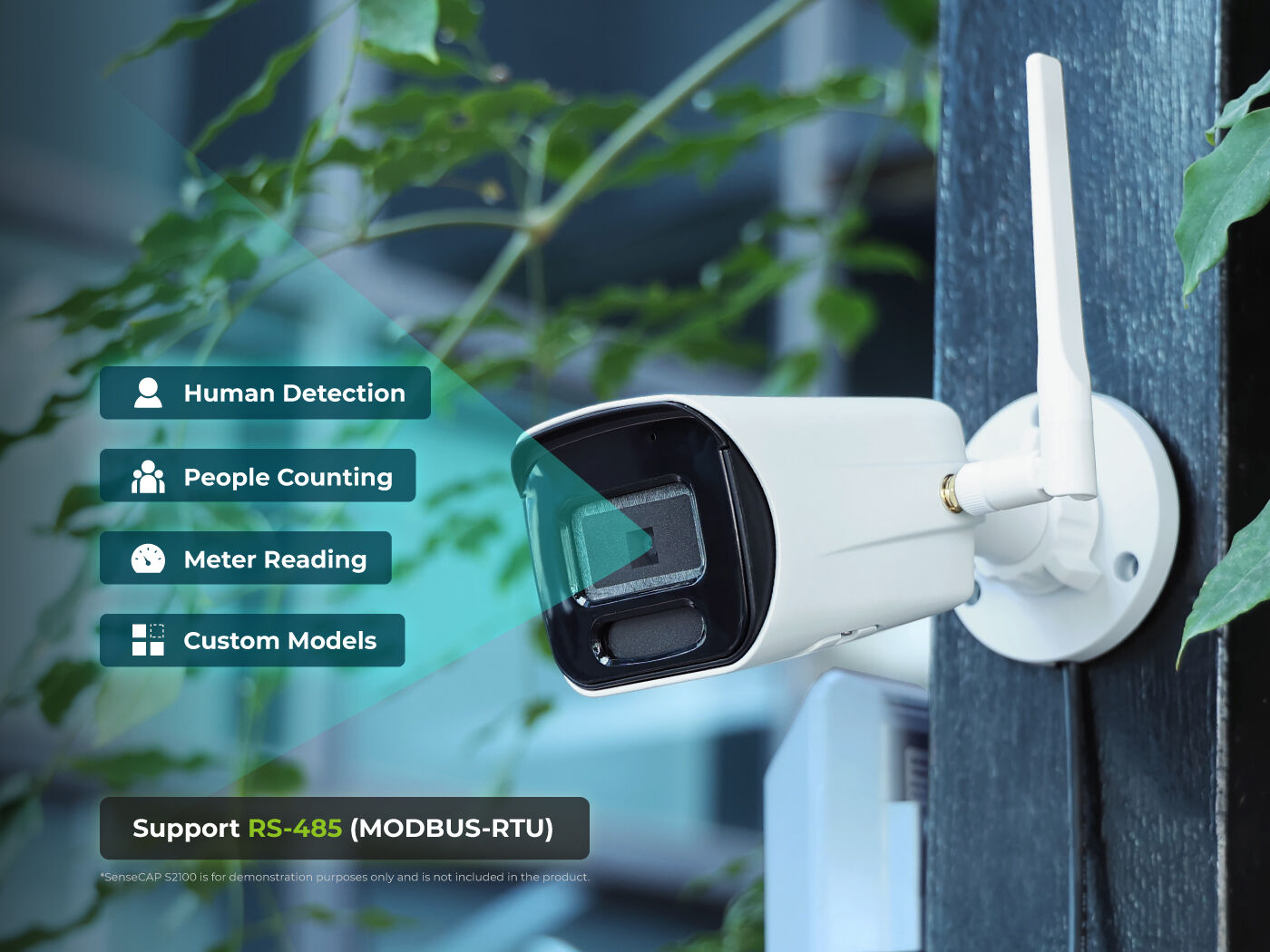


 IV. News & Event Highlights
IV. News & Event Highlights

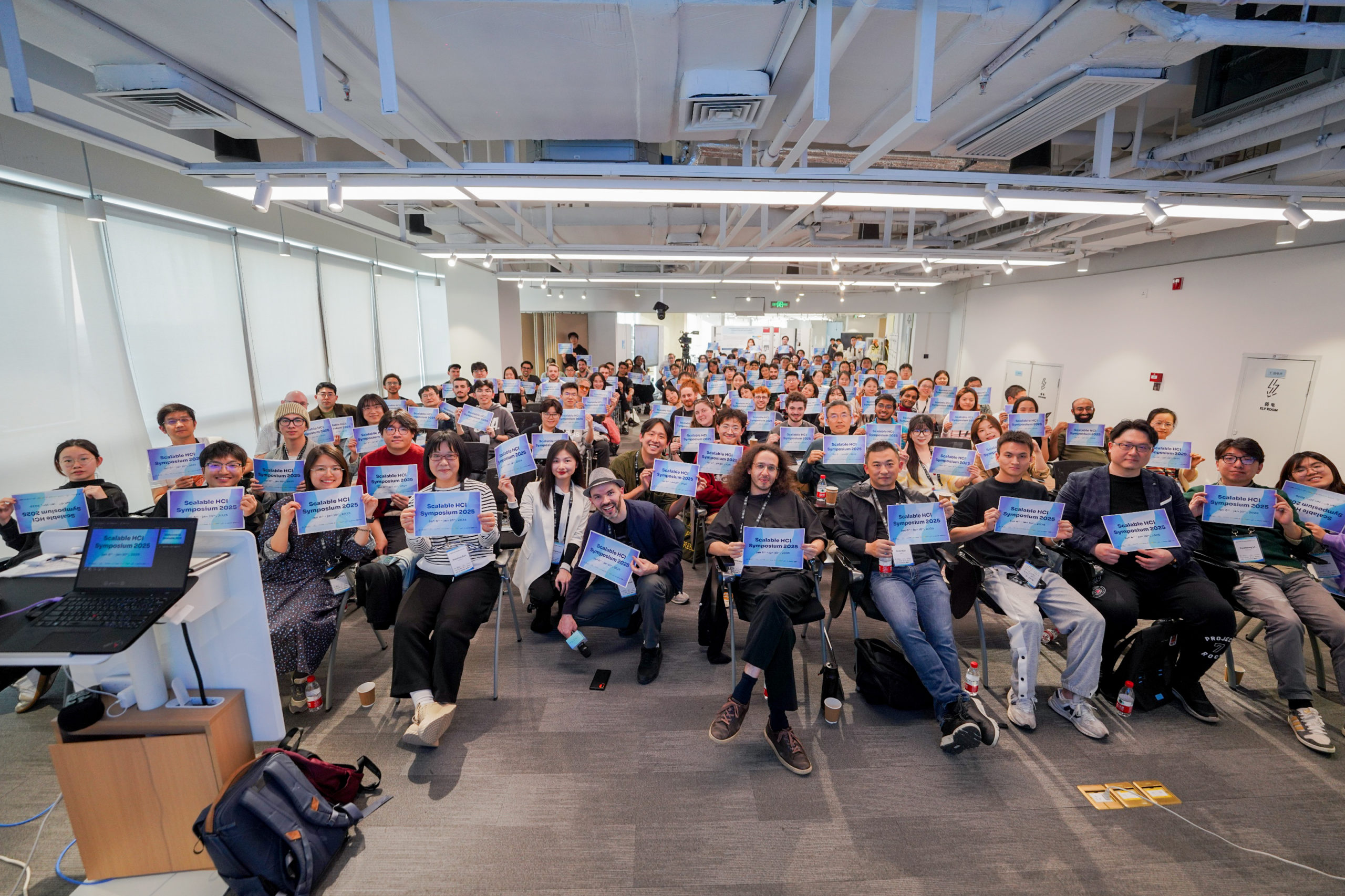

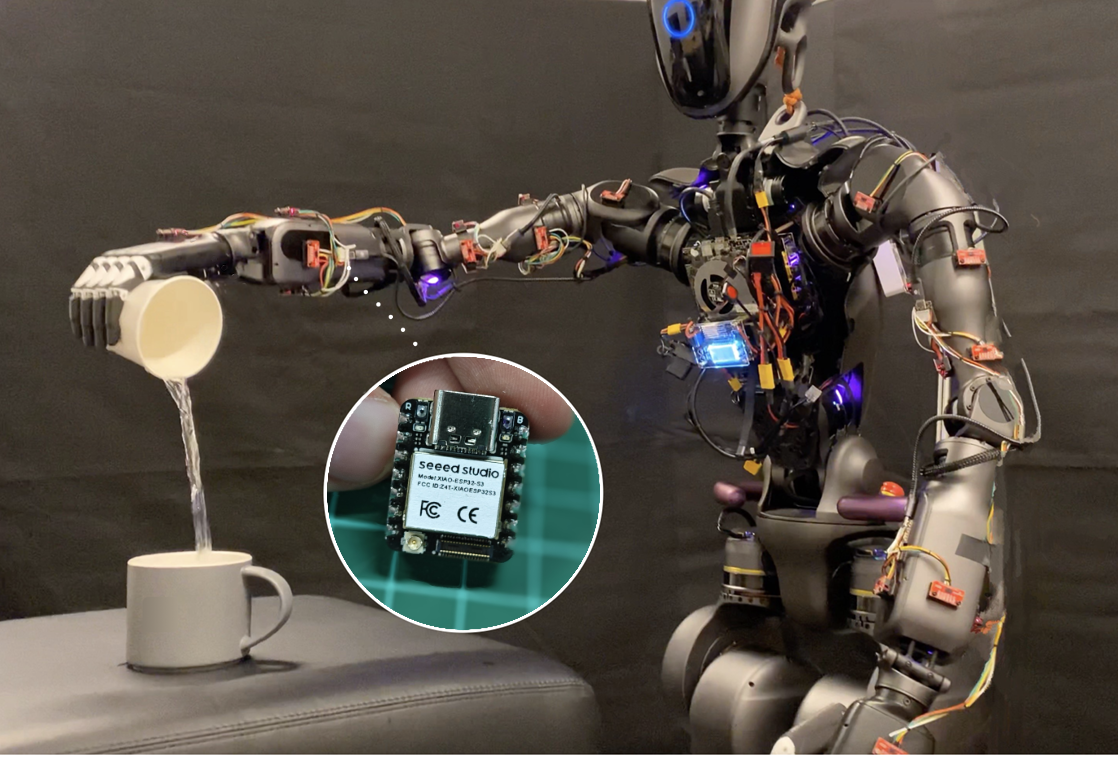
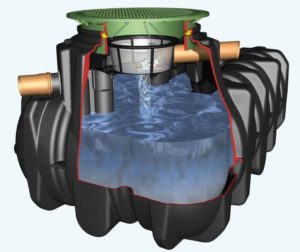
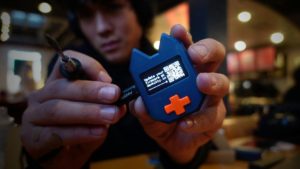
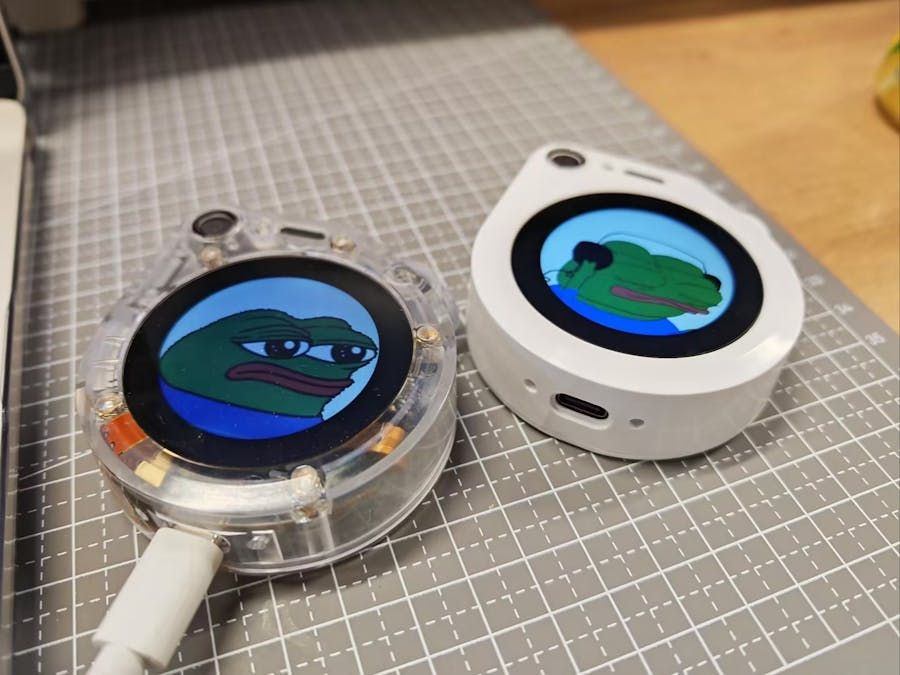
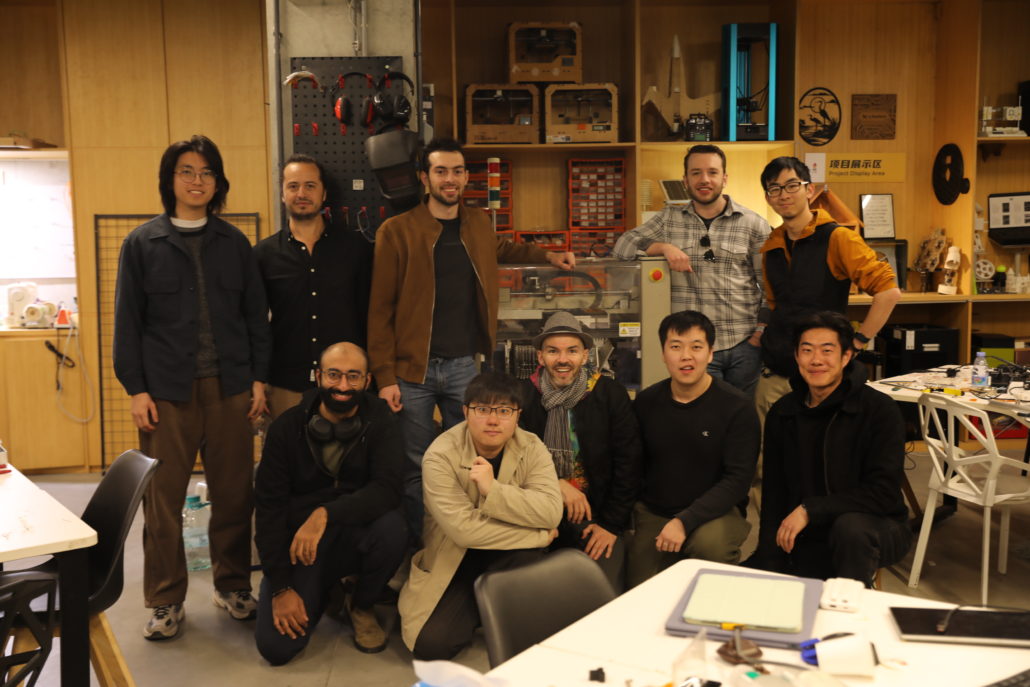
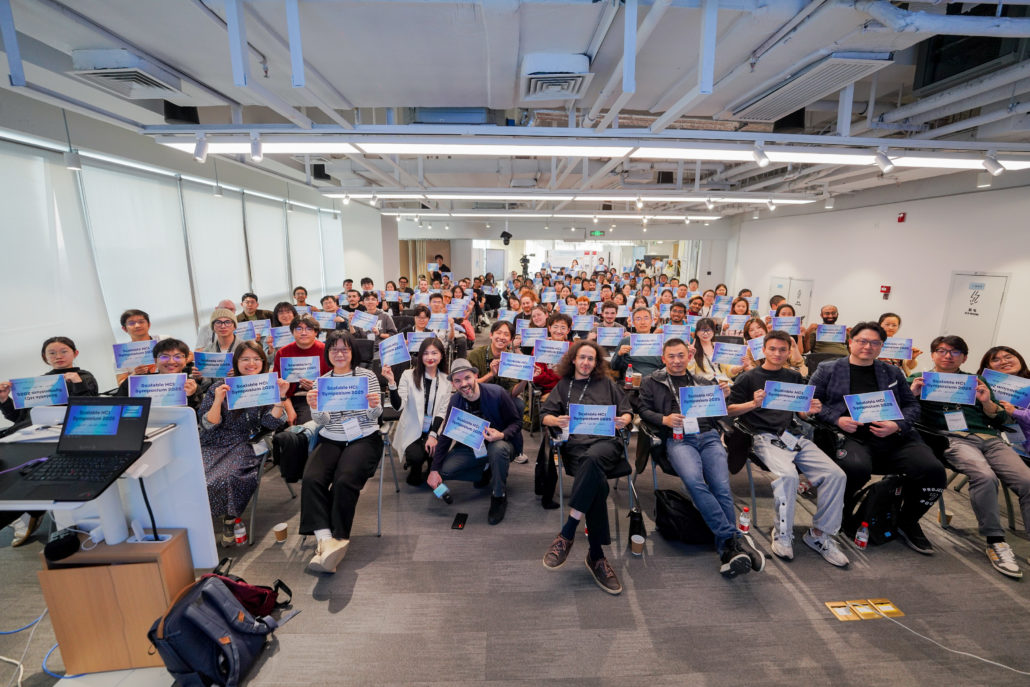
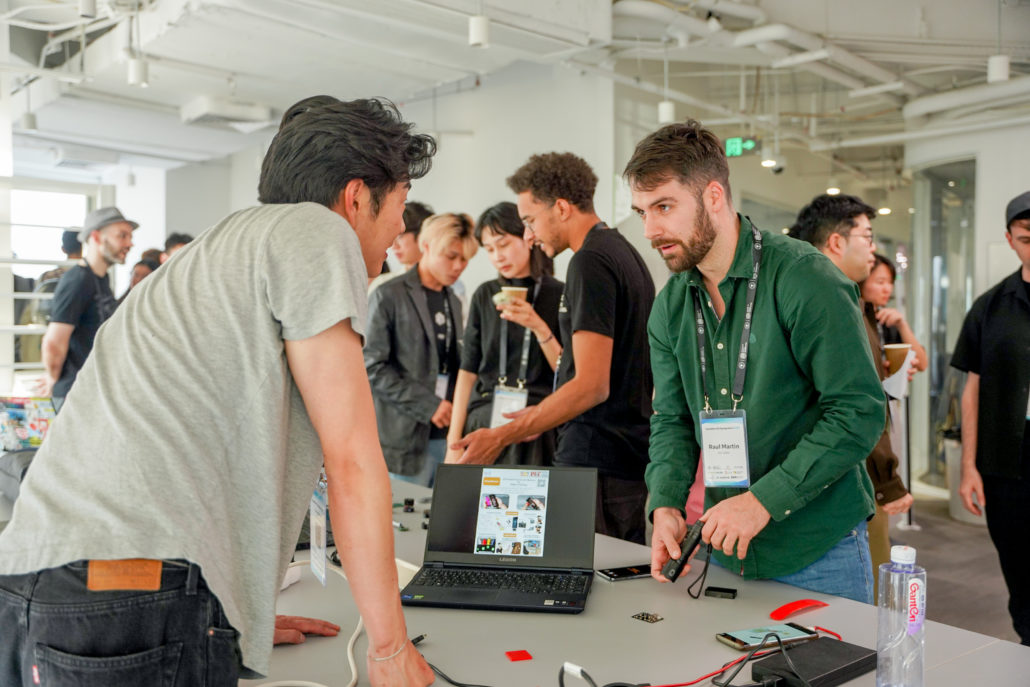
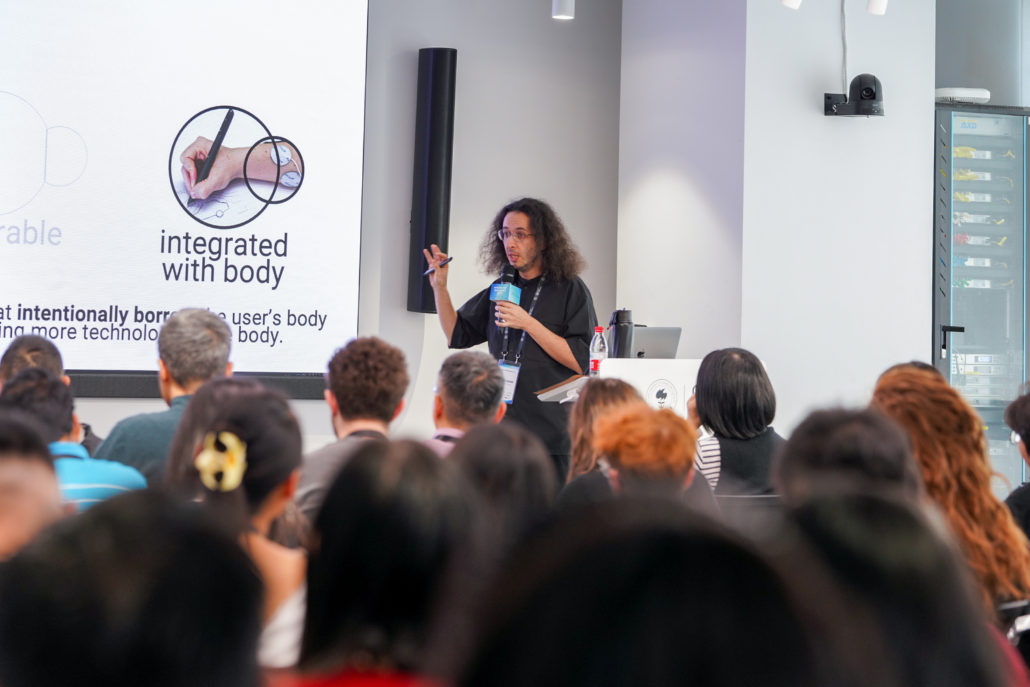
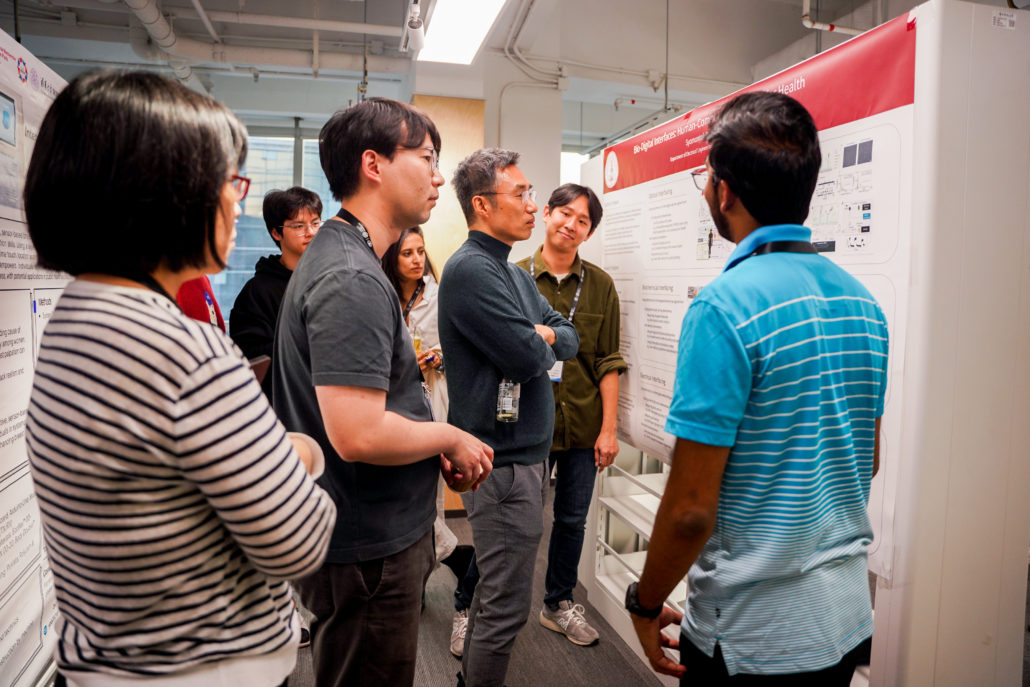
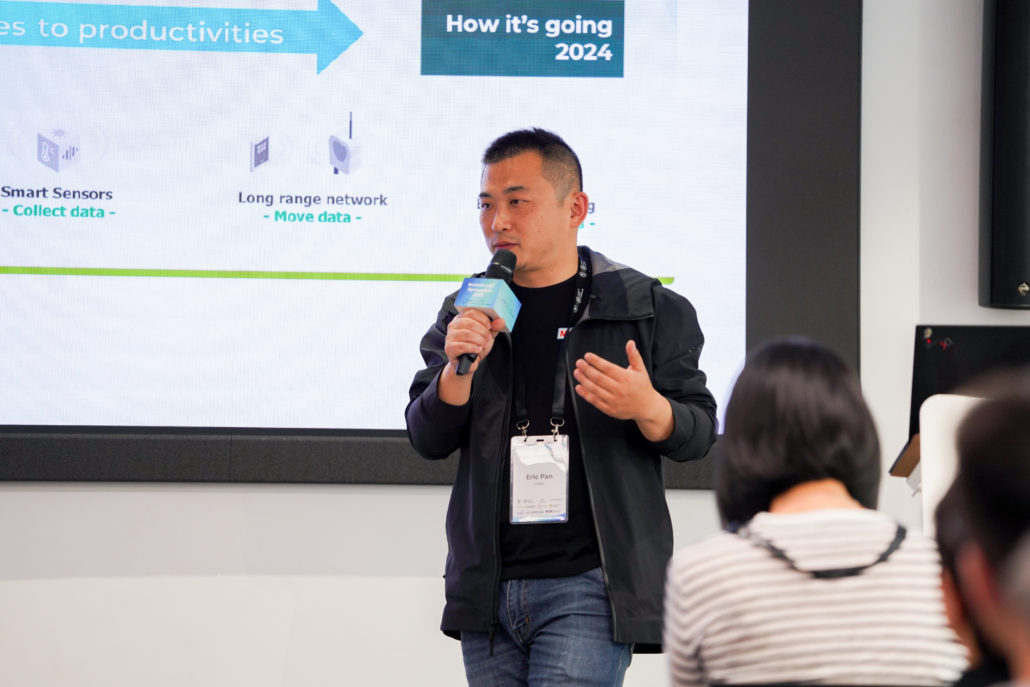

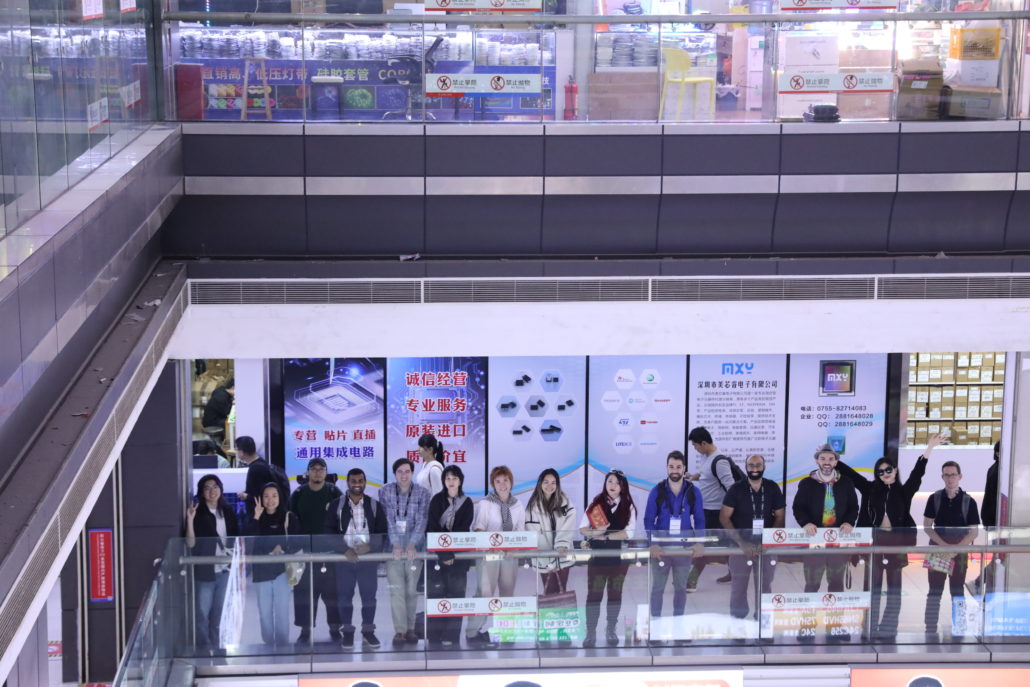
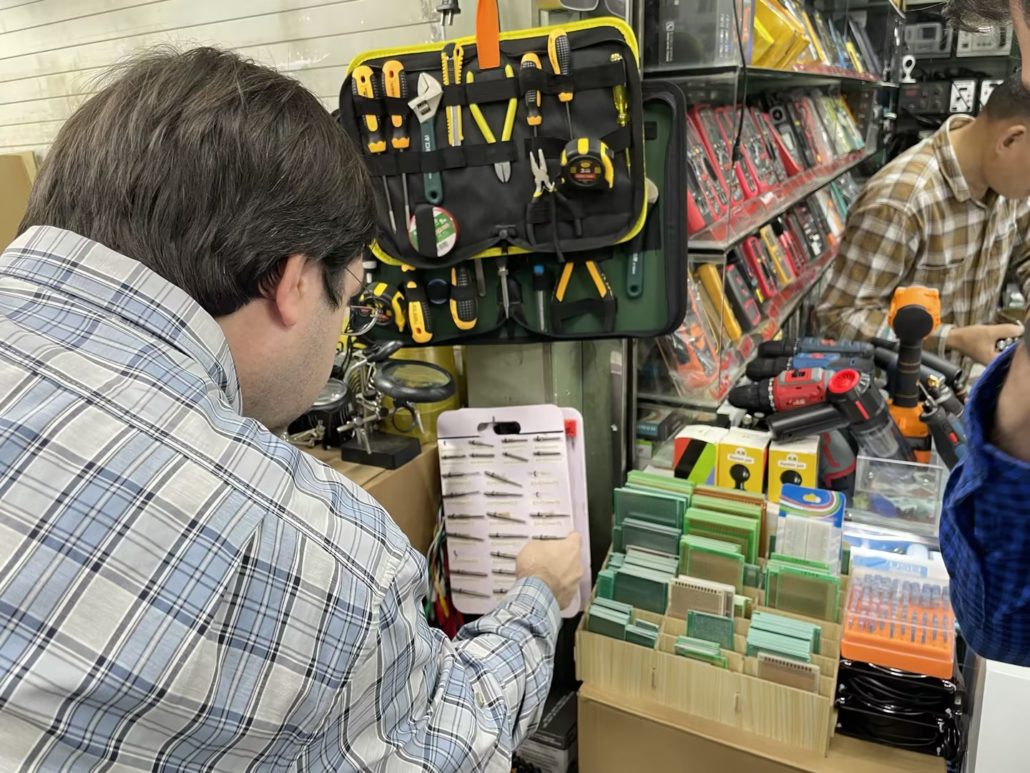
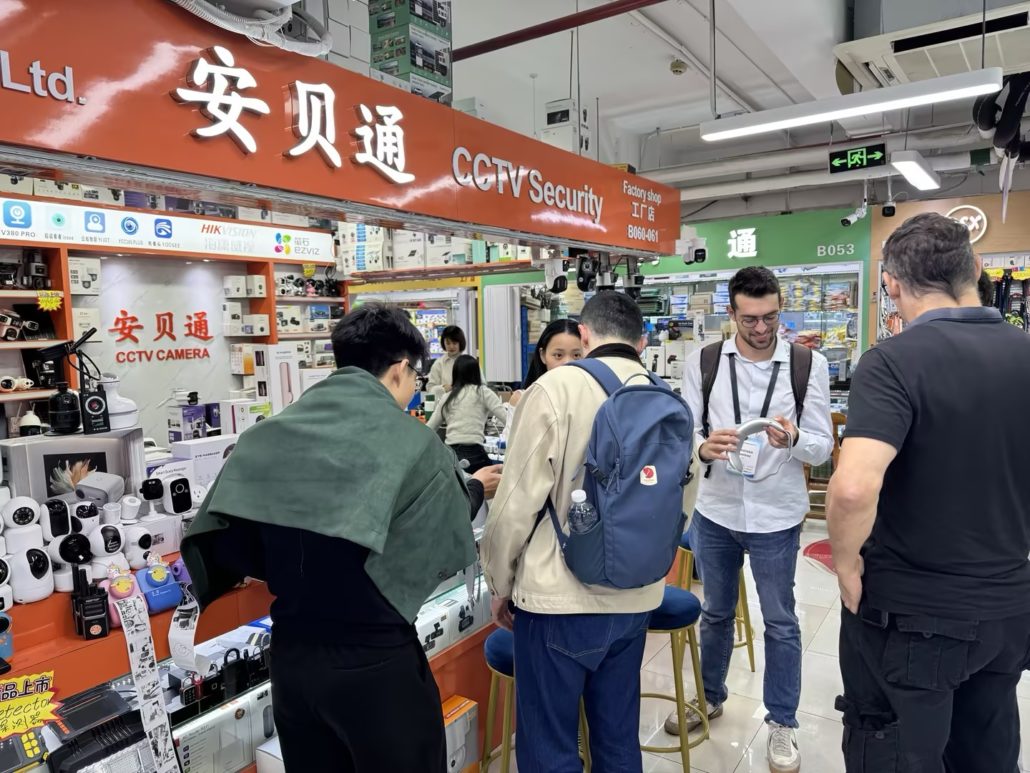

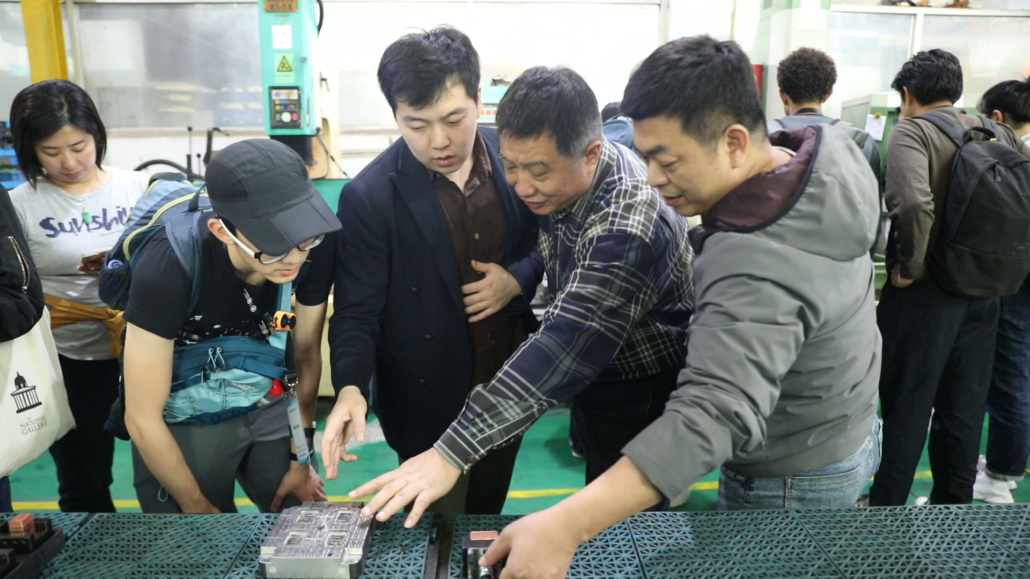
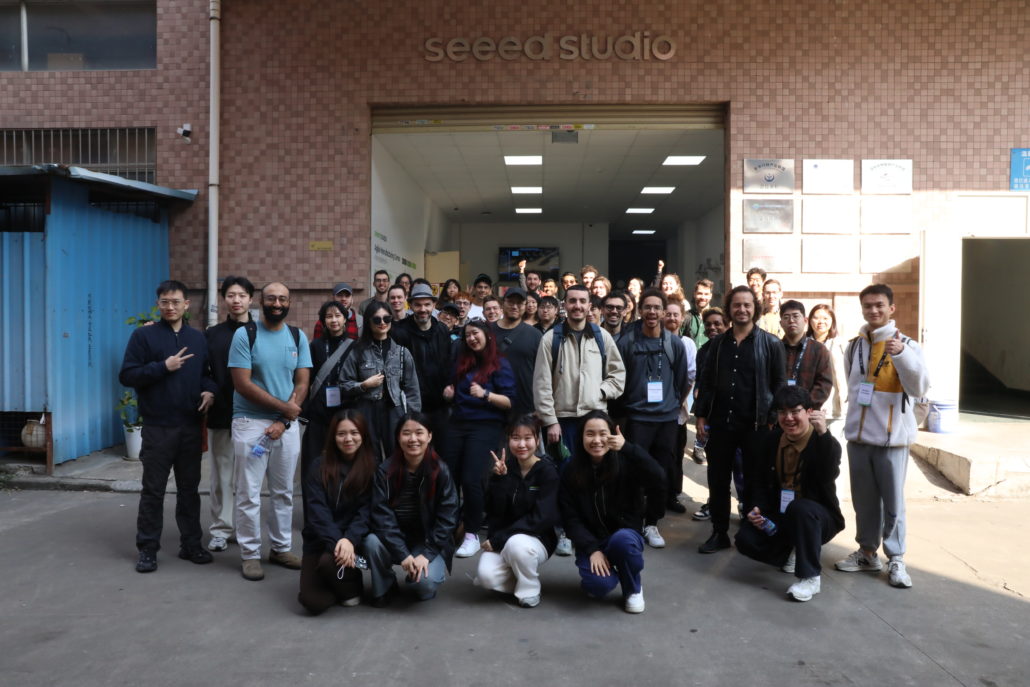
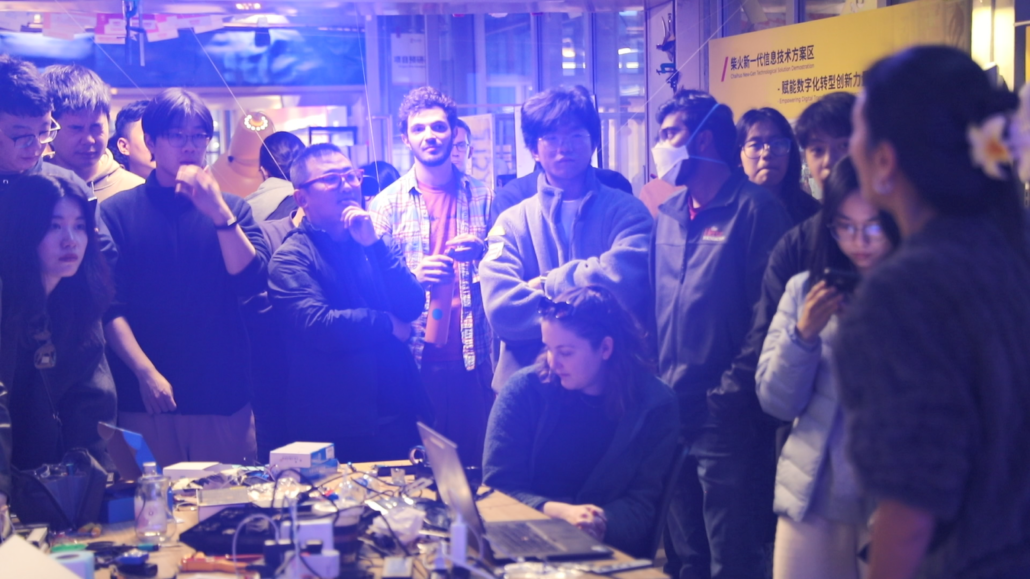
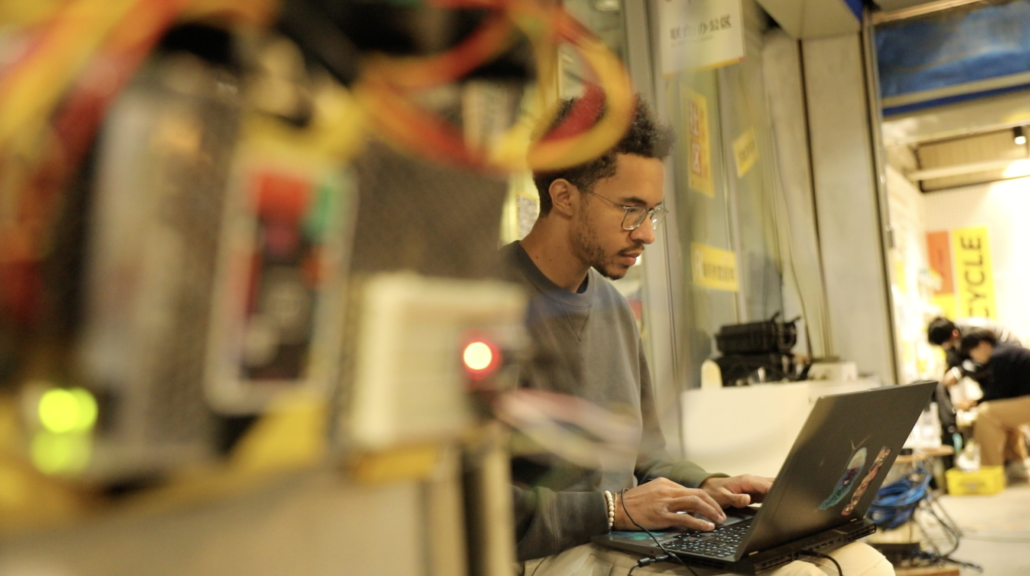
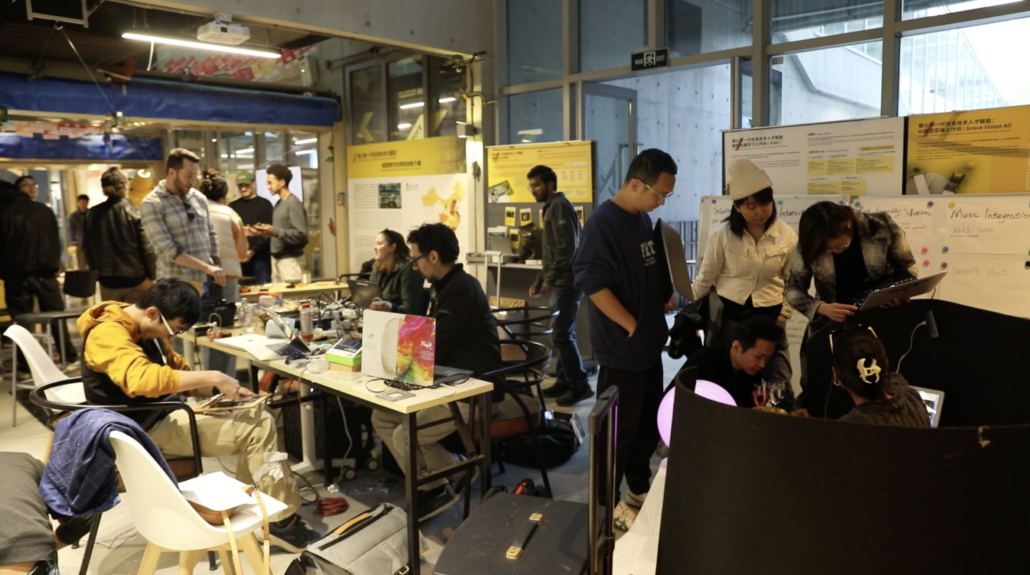
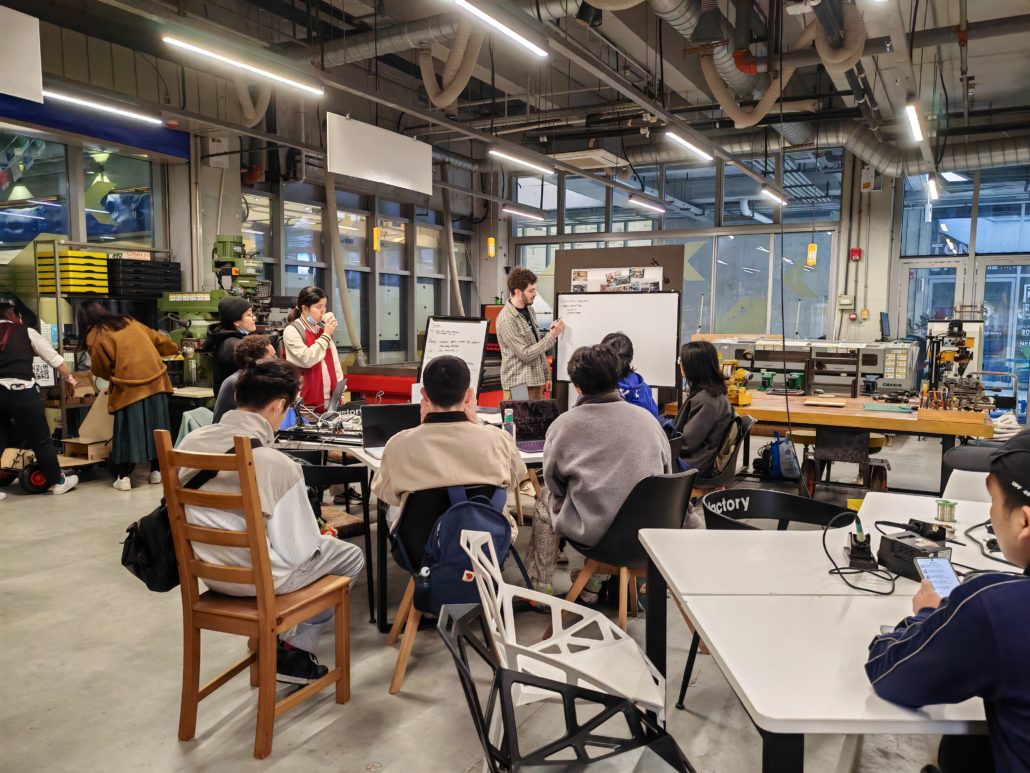
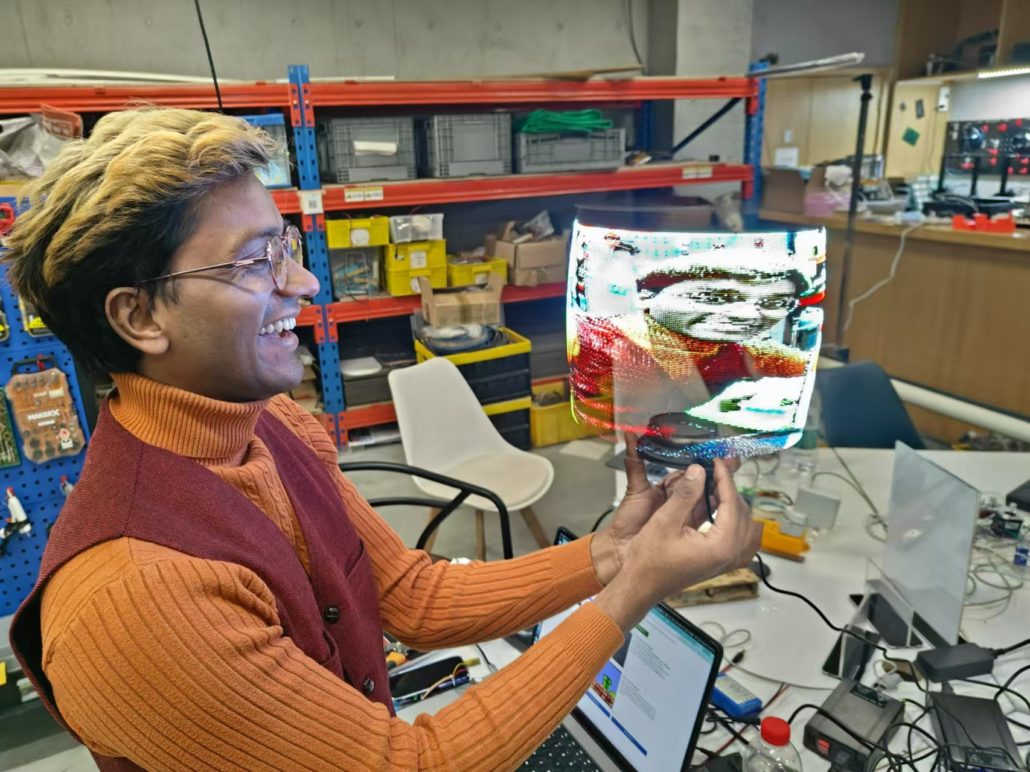
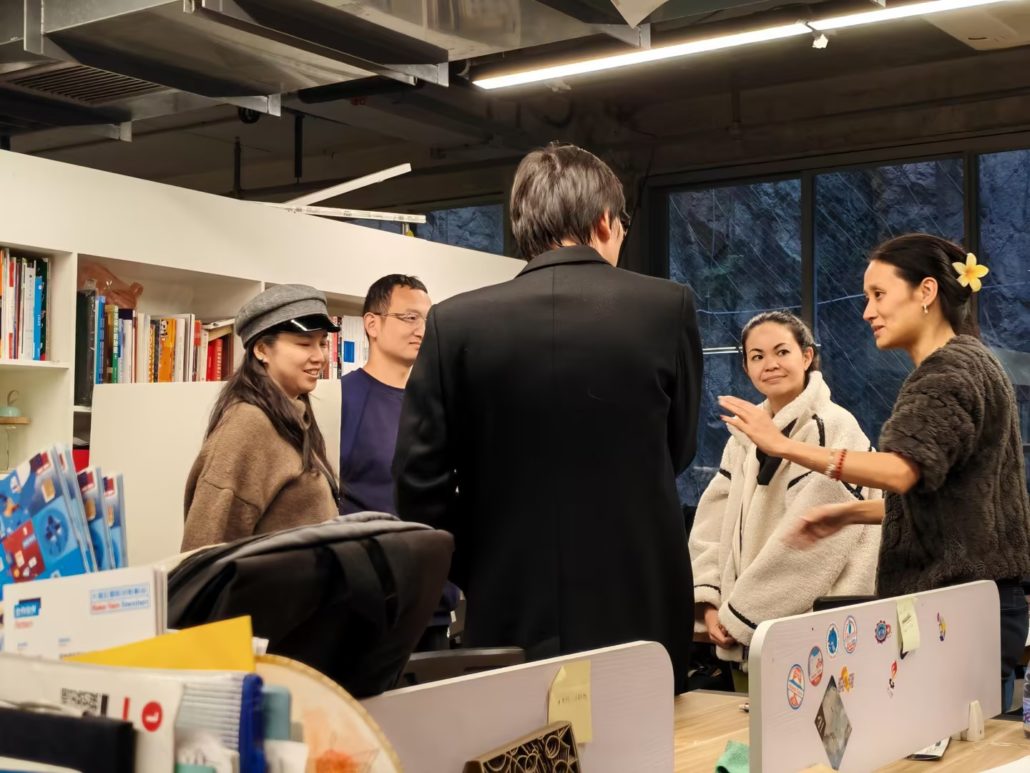
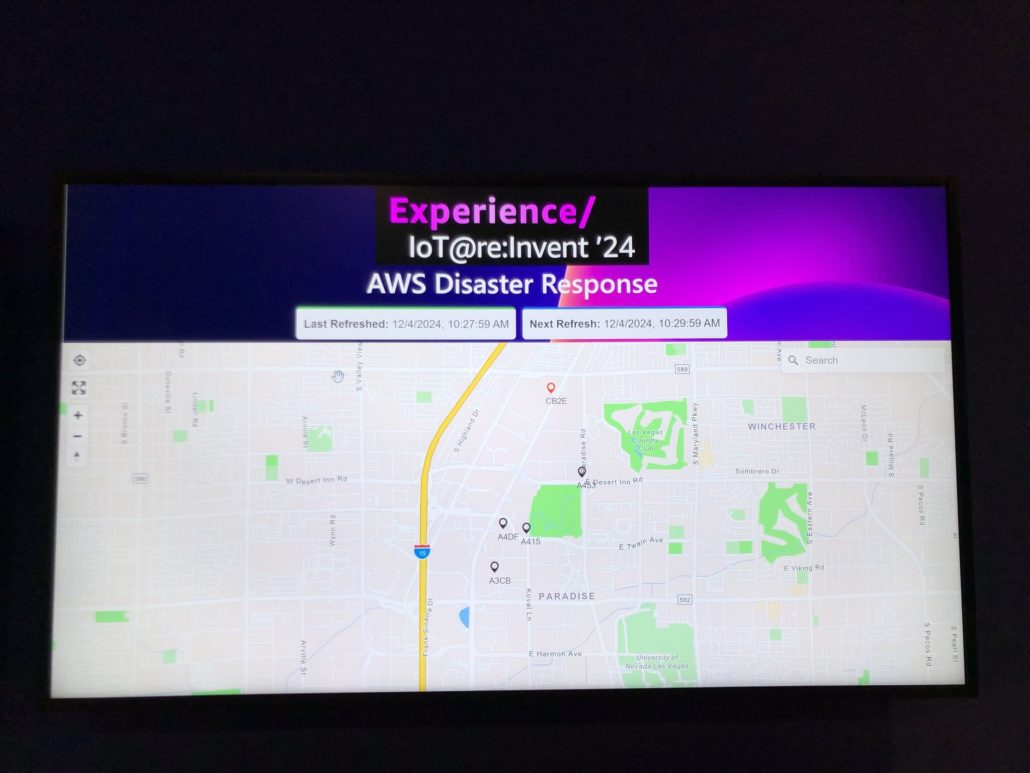
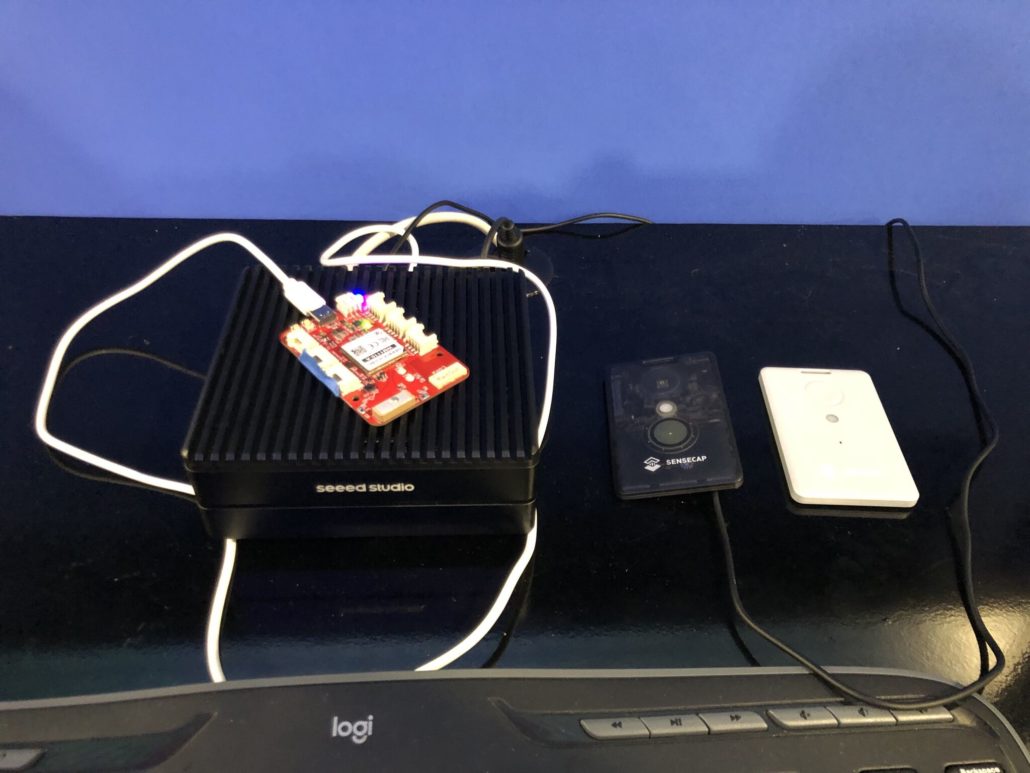
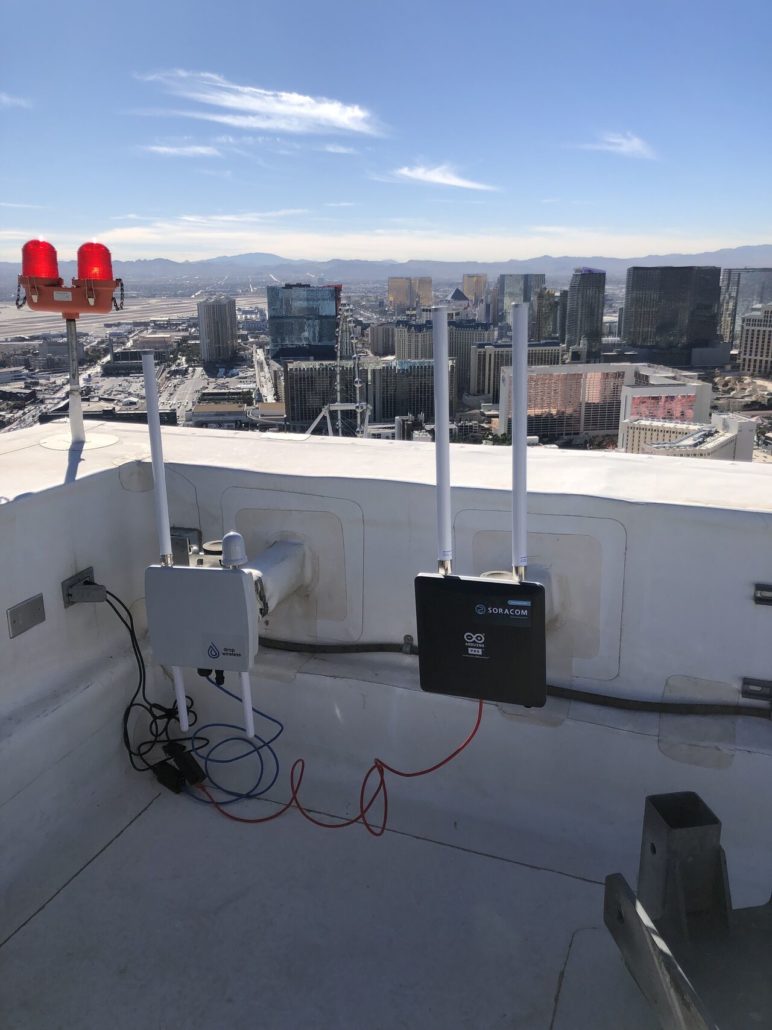
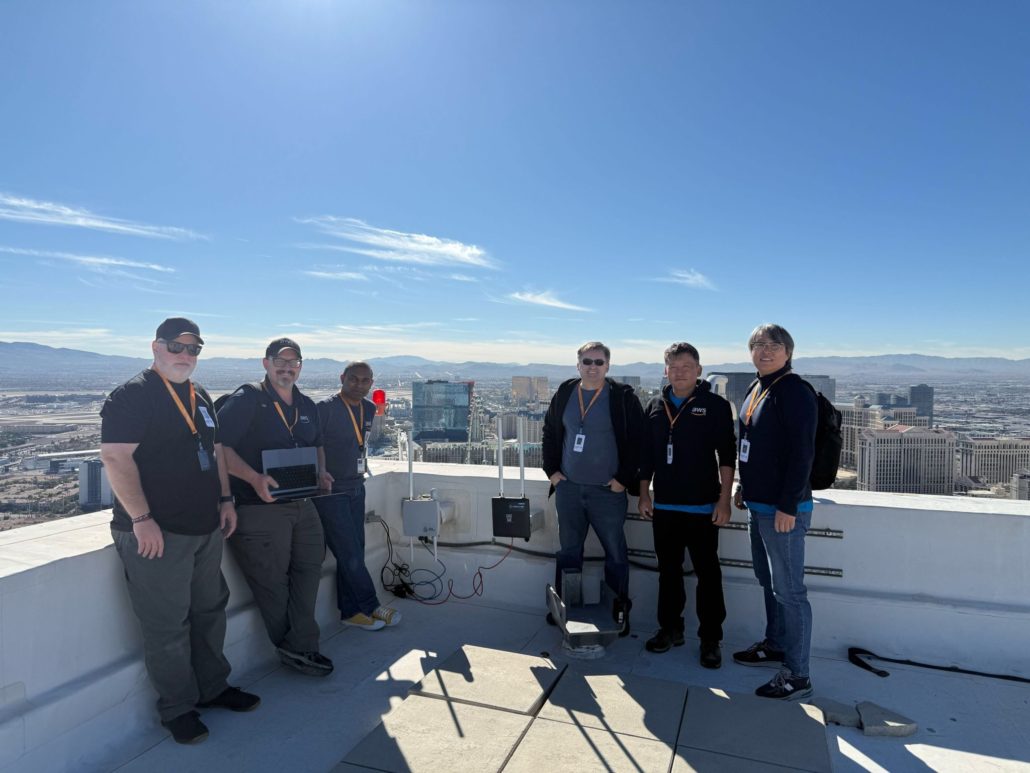
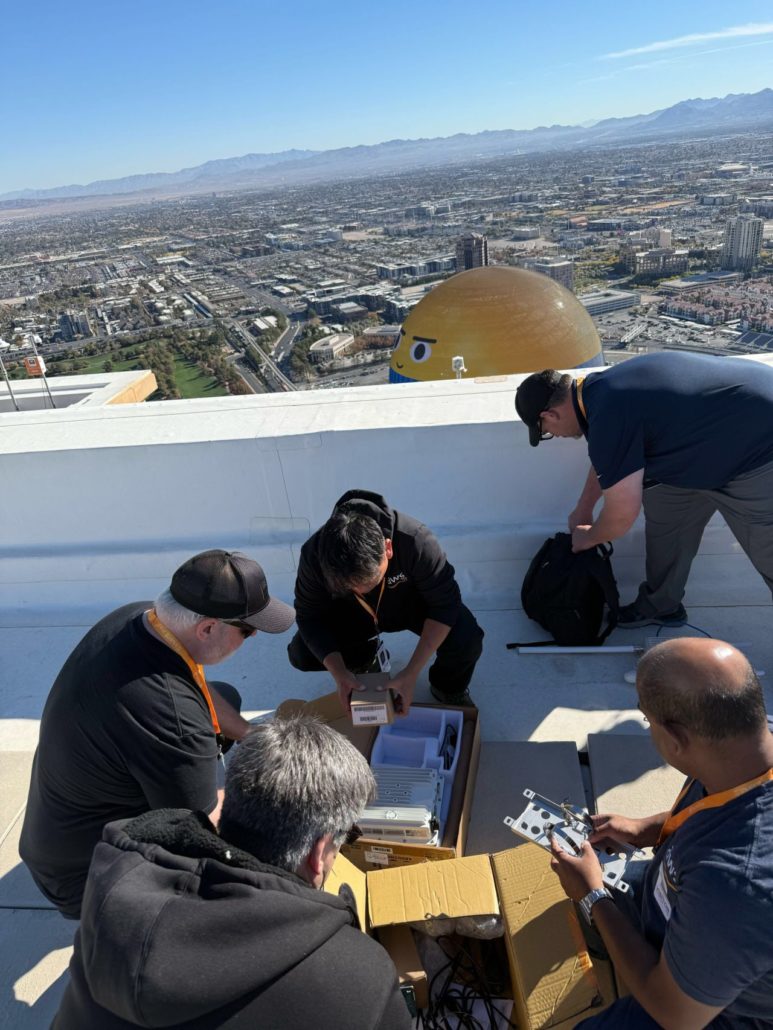
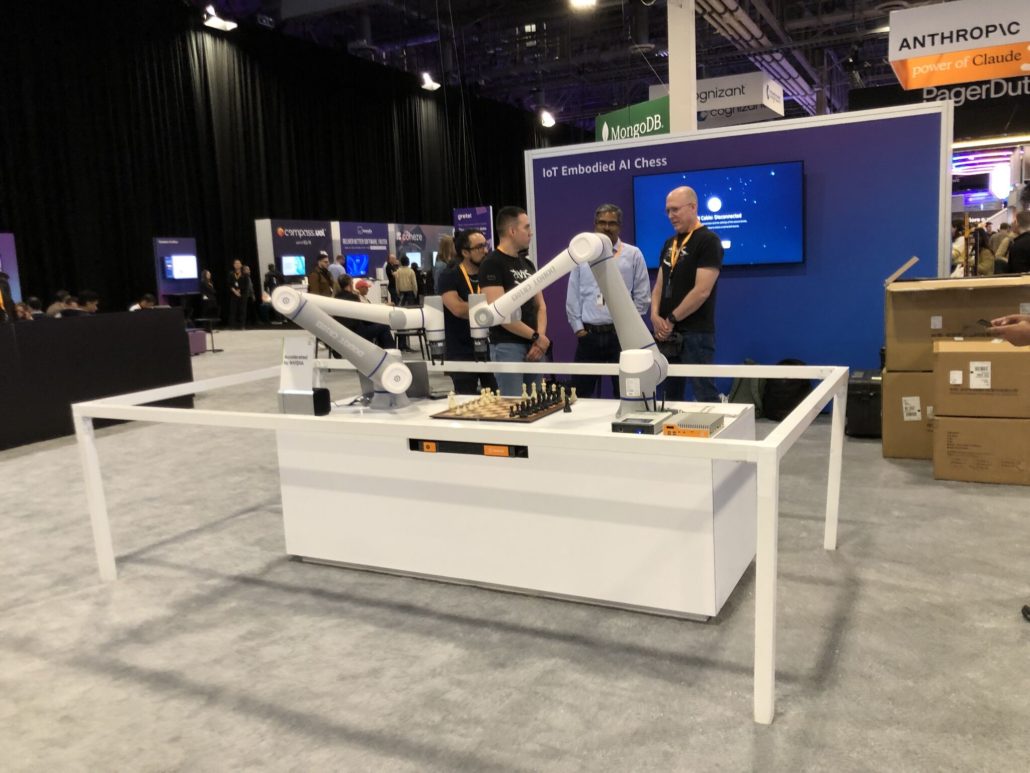
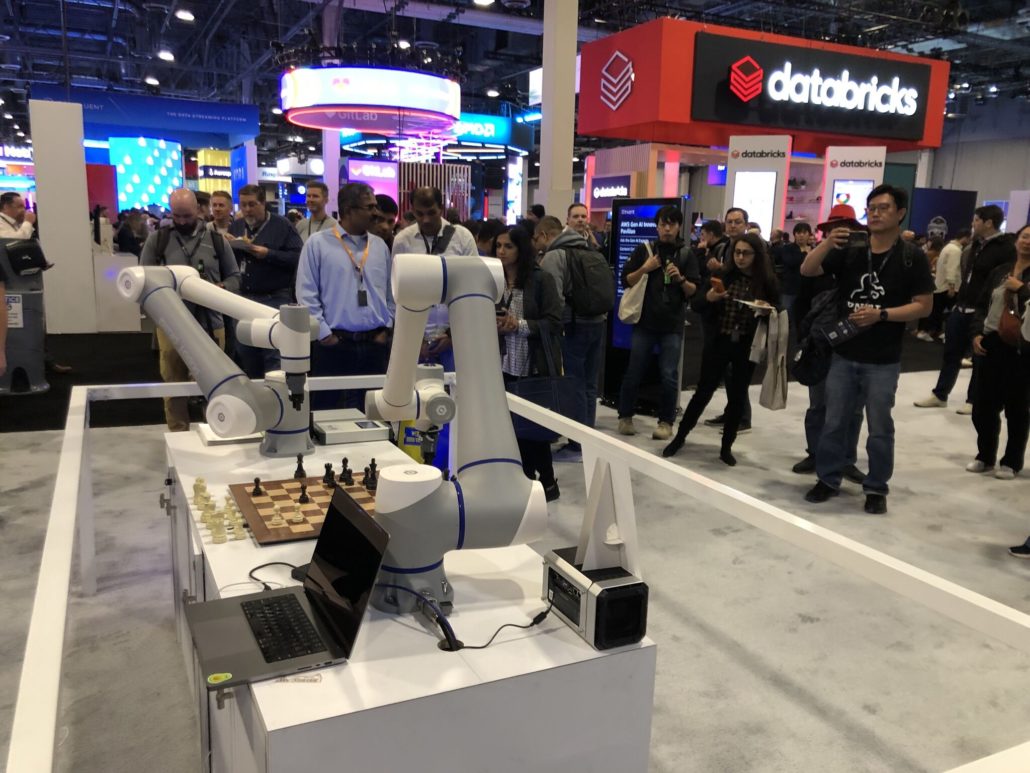
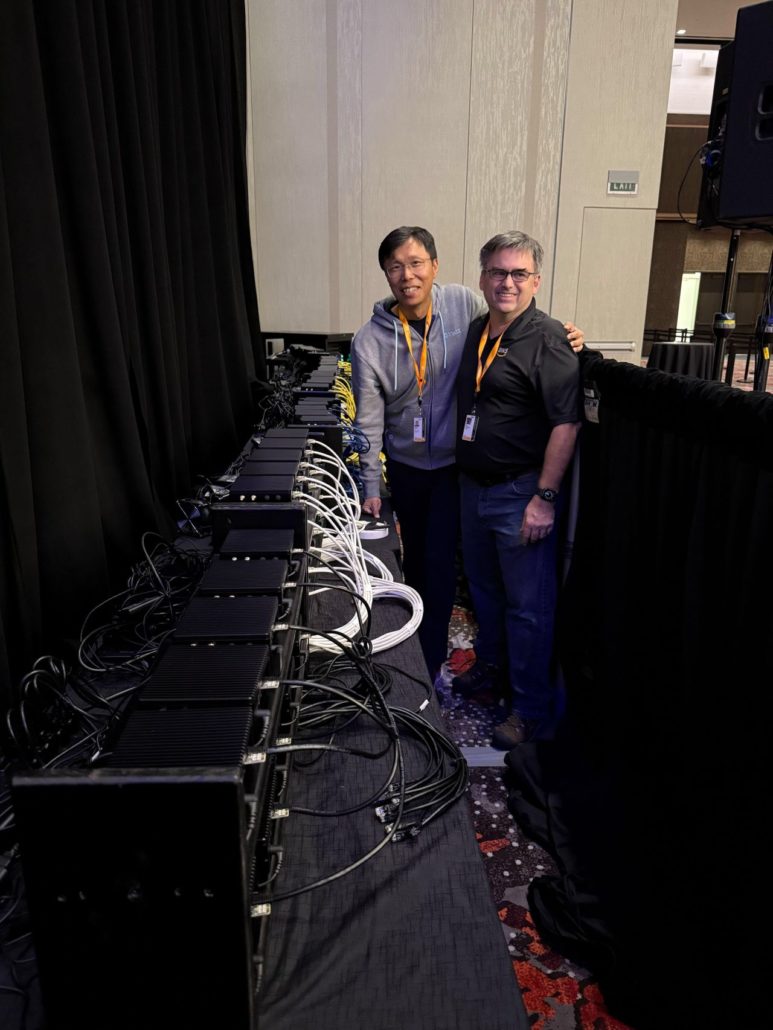
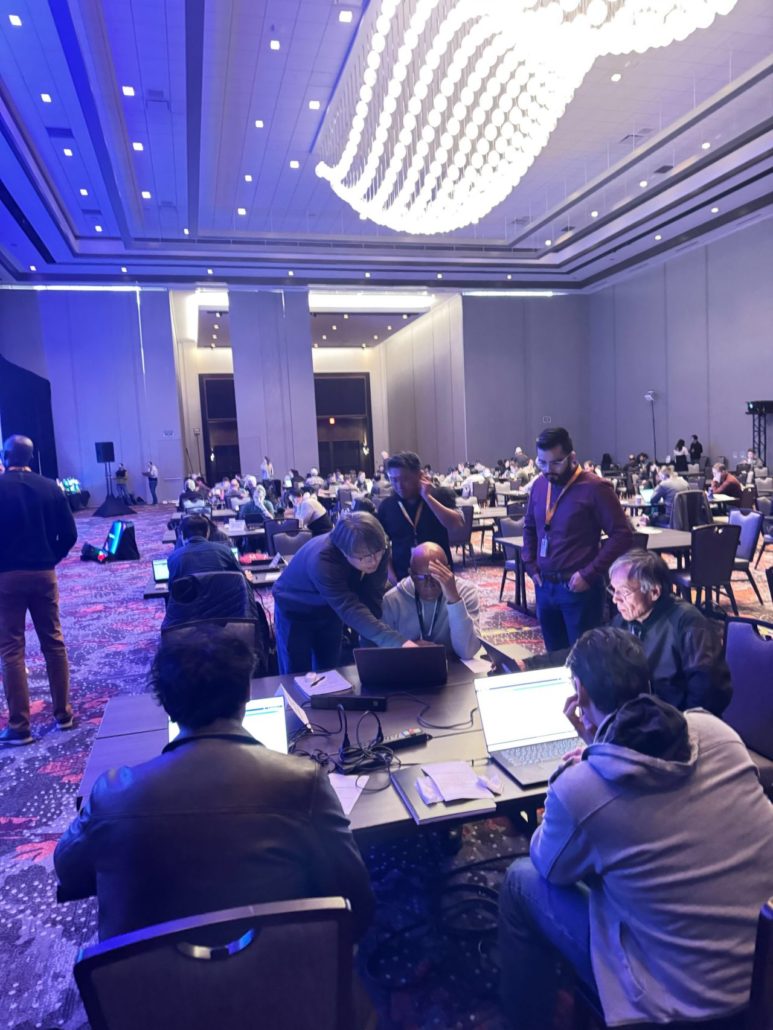
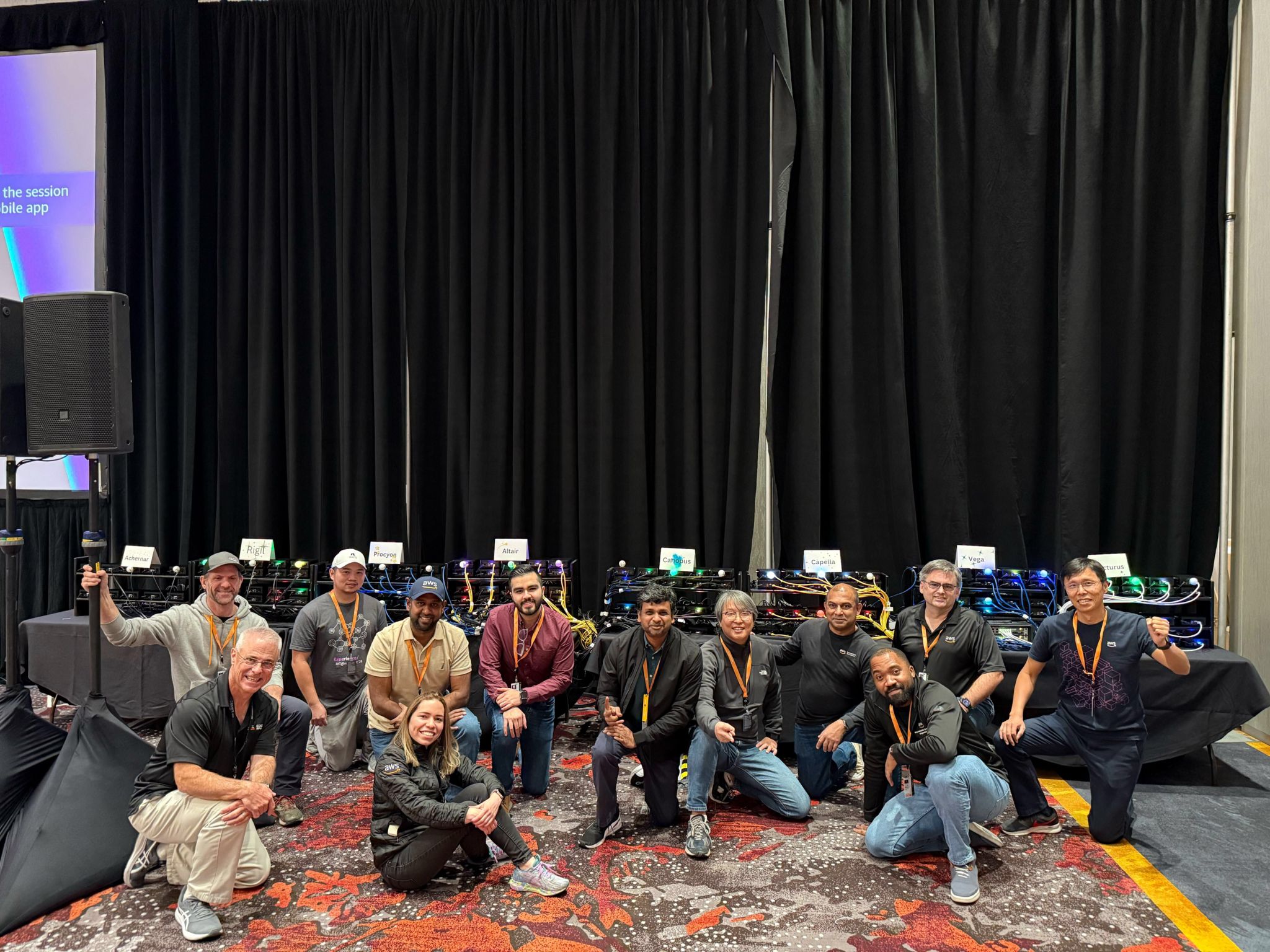



















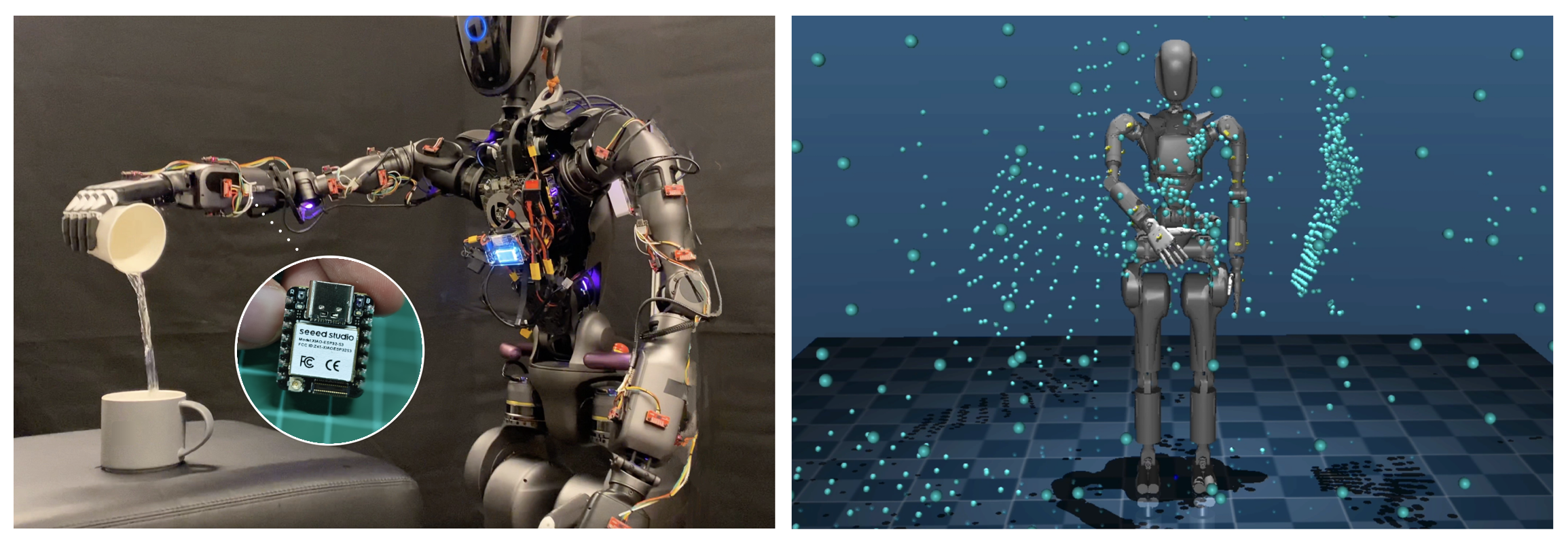

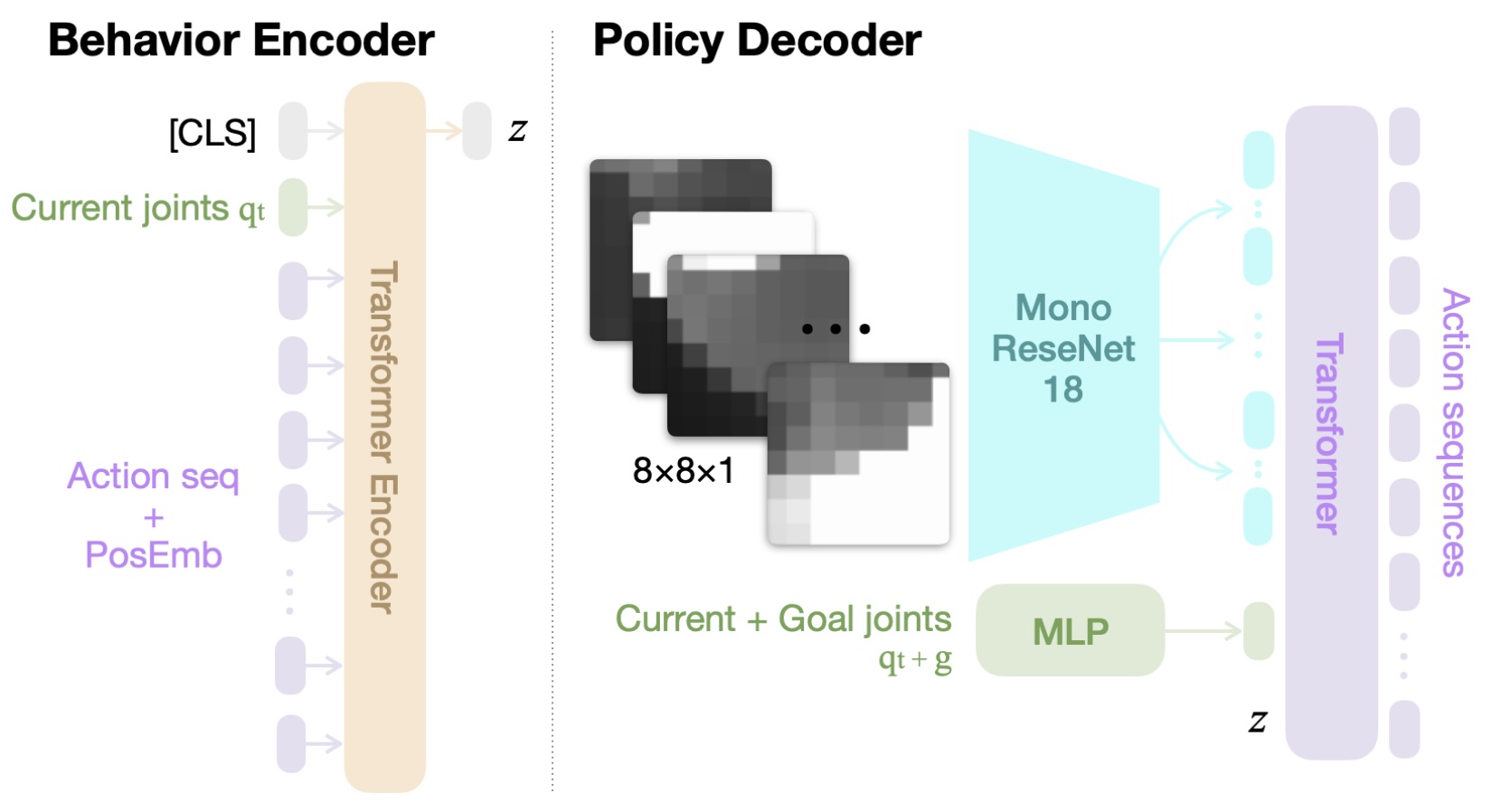
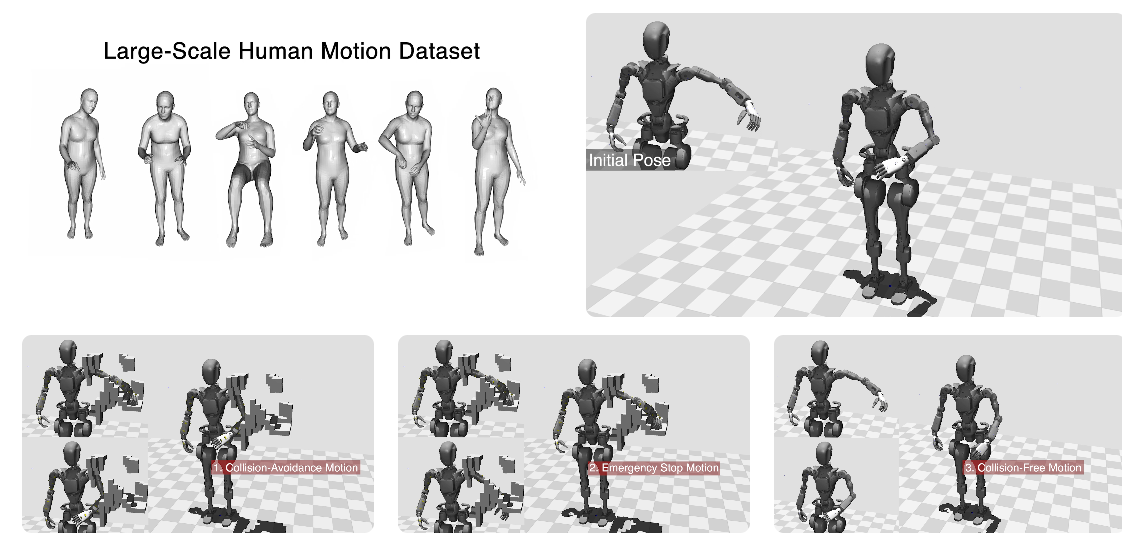




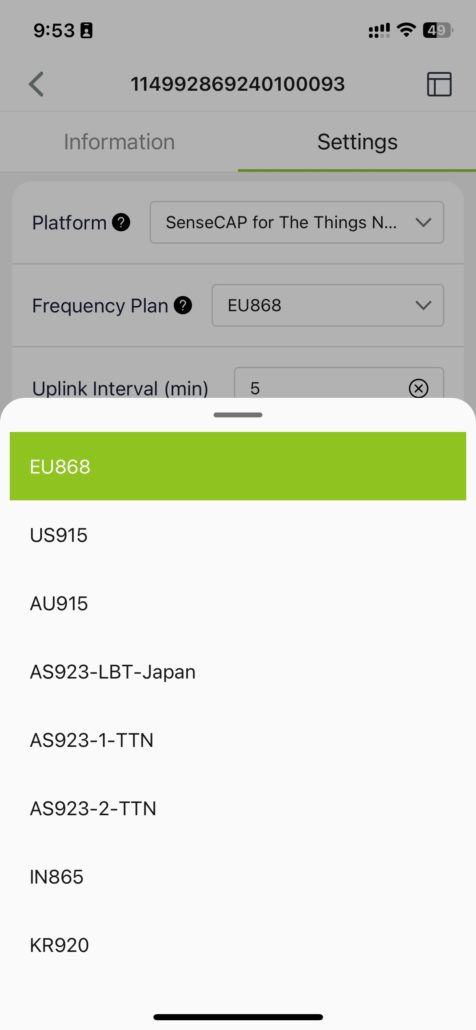
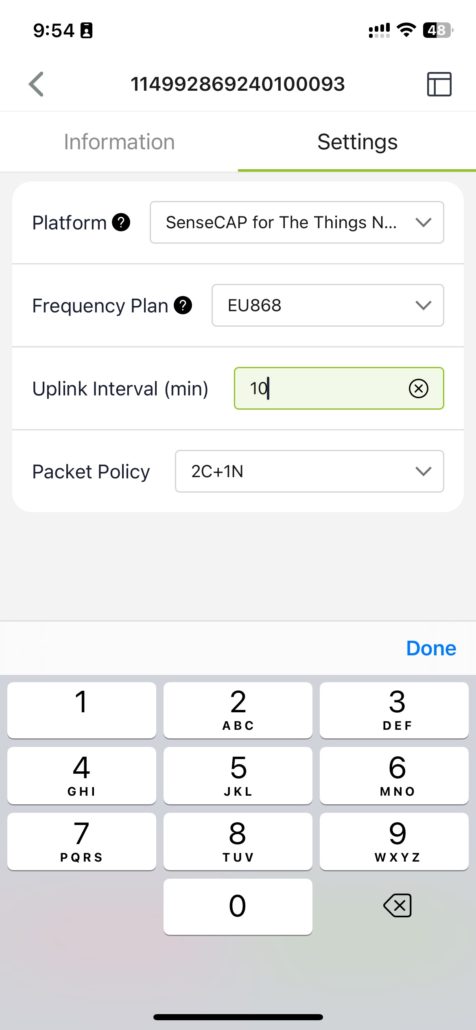
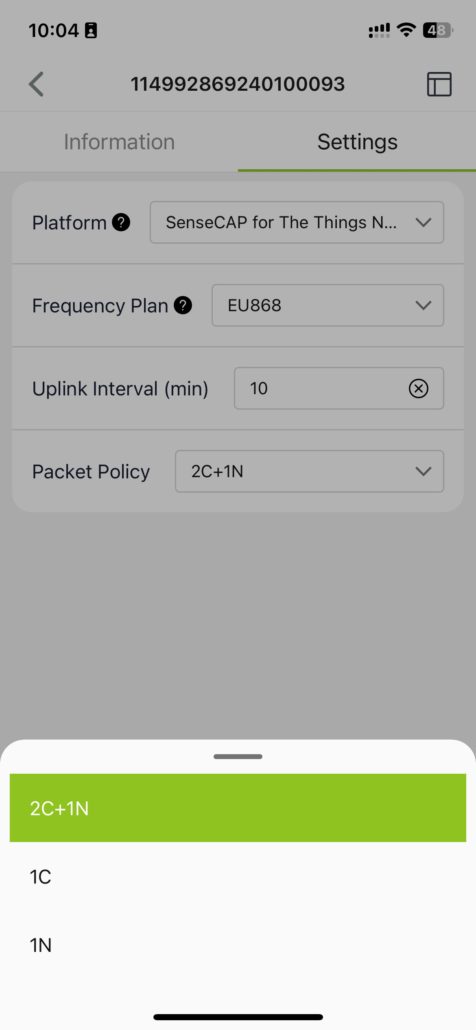





 , the leading platform for robotics and embedded edge AI applications, highlights the Seeed Studio
, the leading platform for robotics and embedded edge AI applications, highlights the Seeed Studio 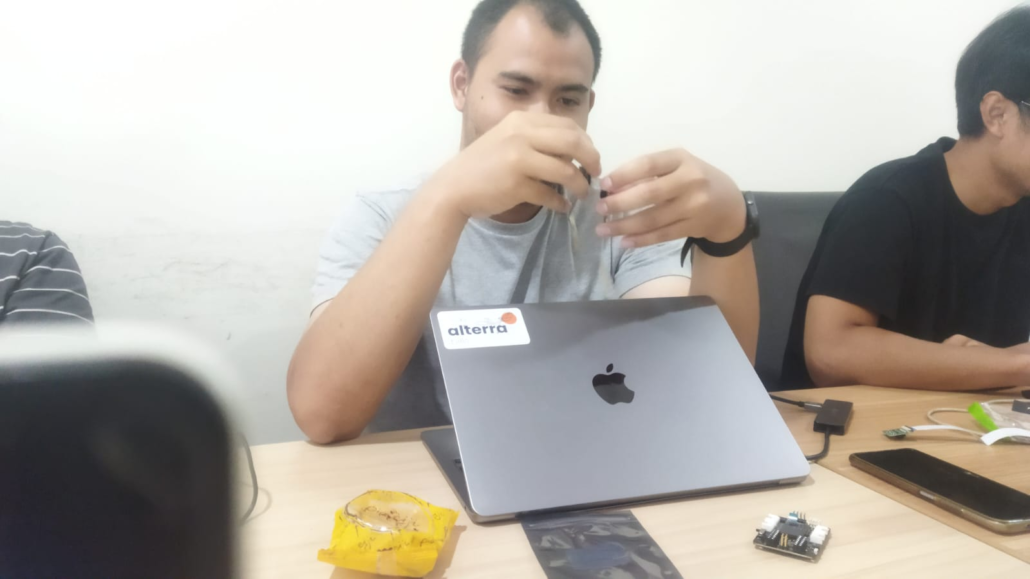
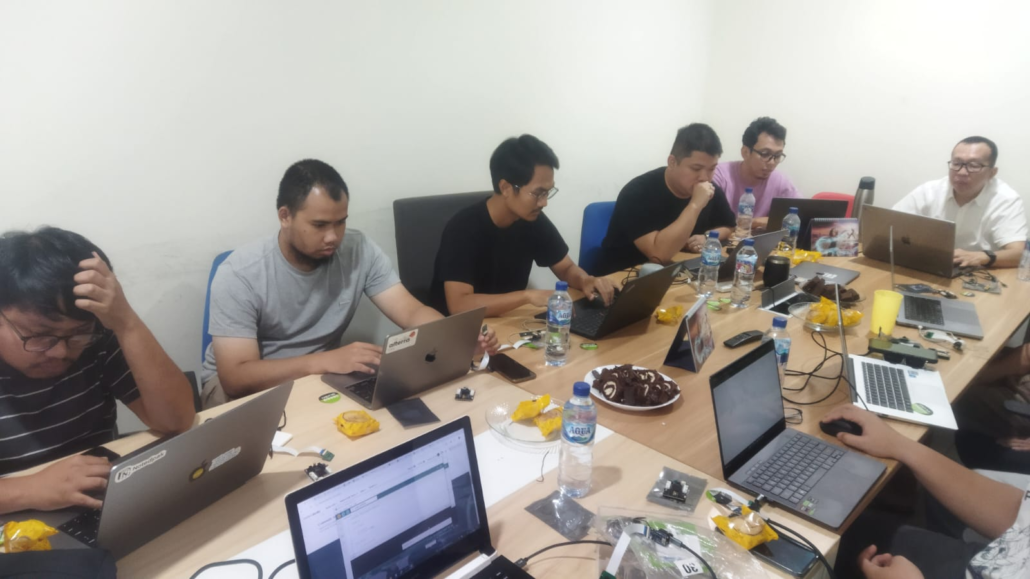
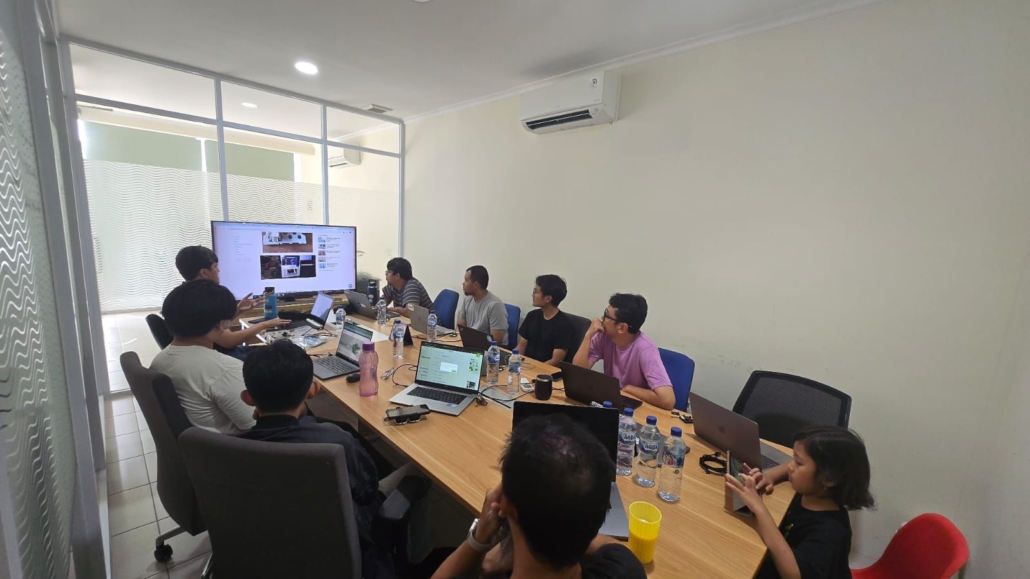
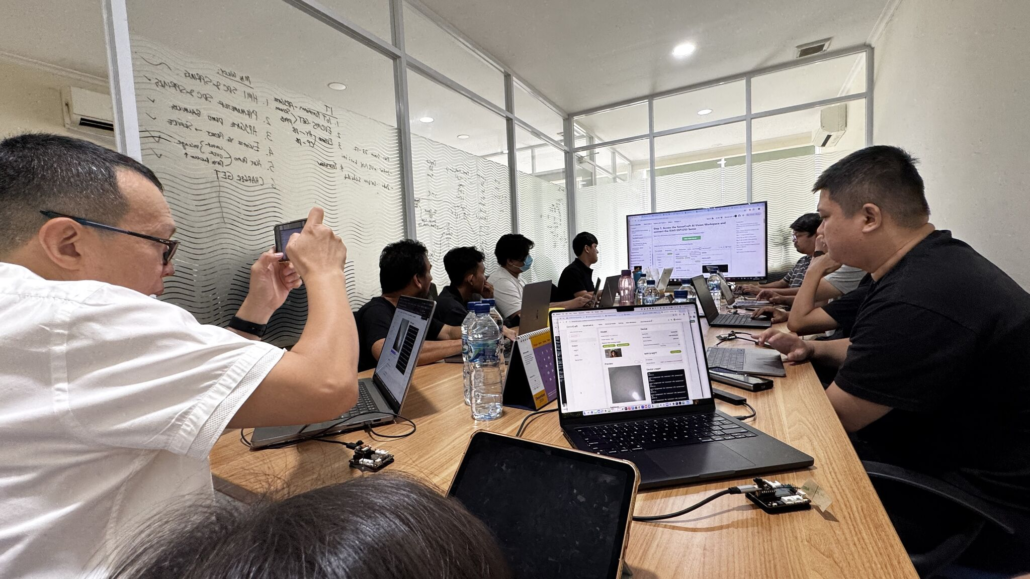
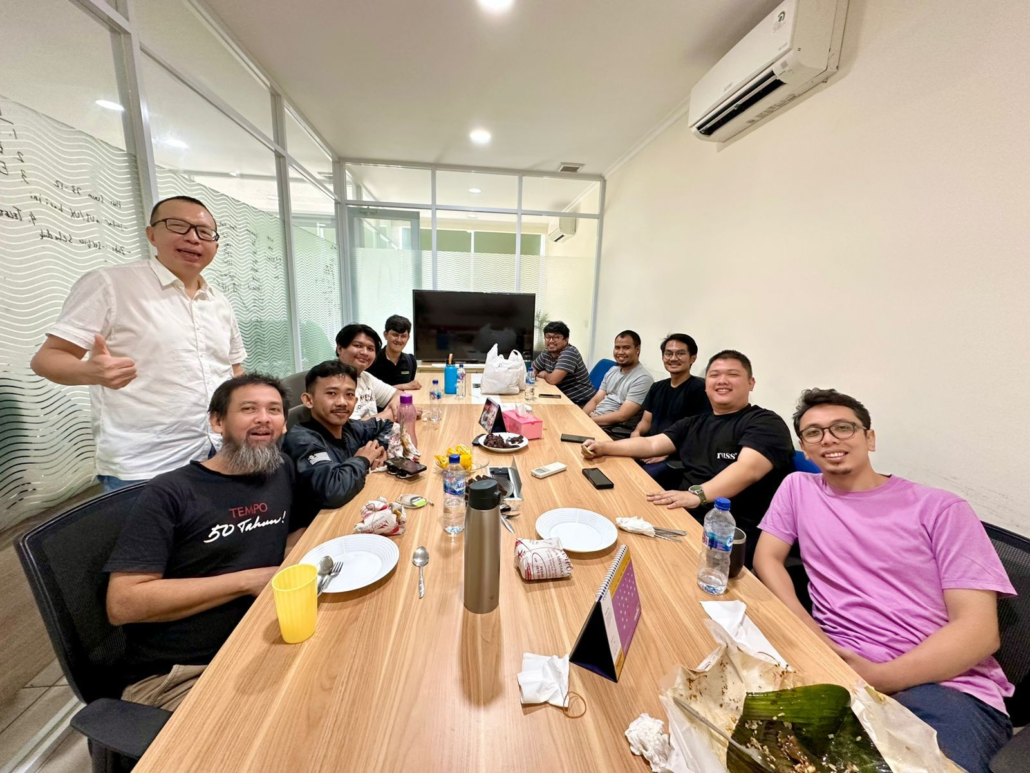
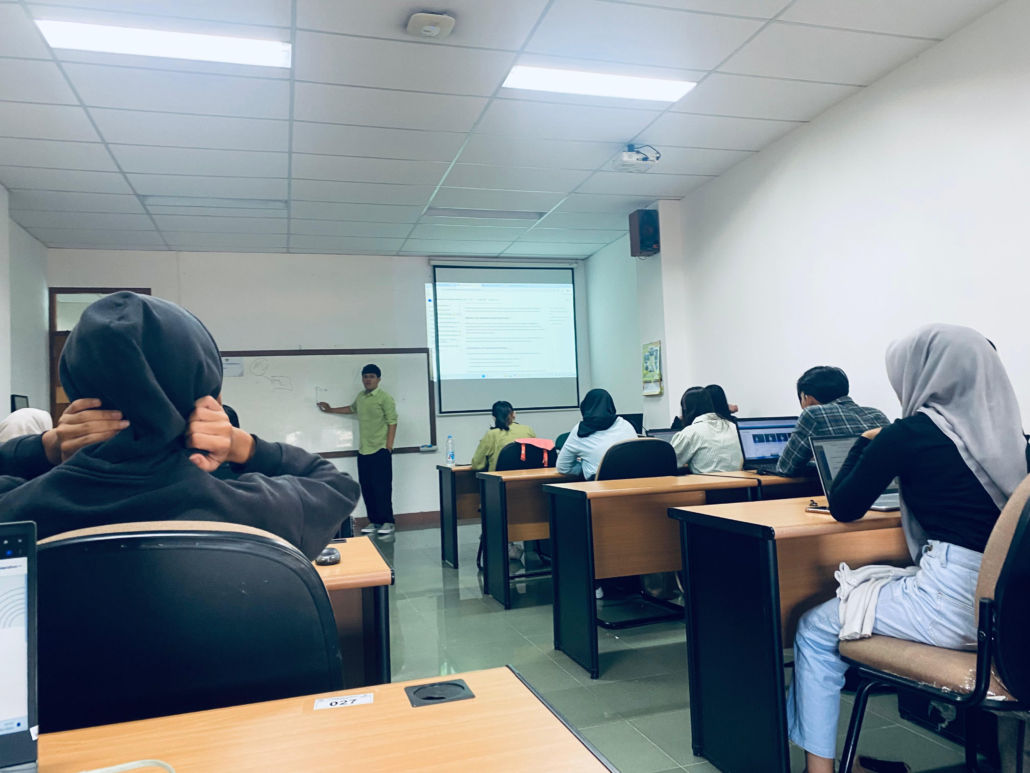
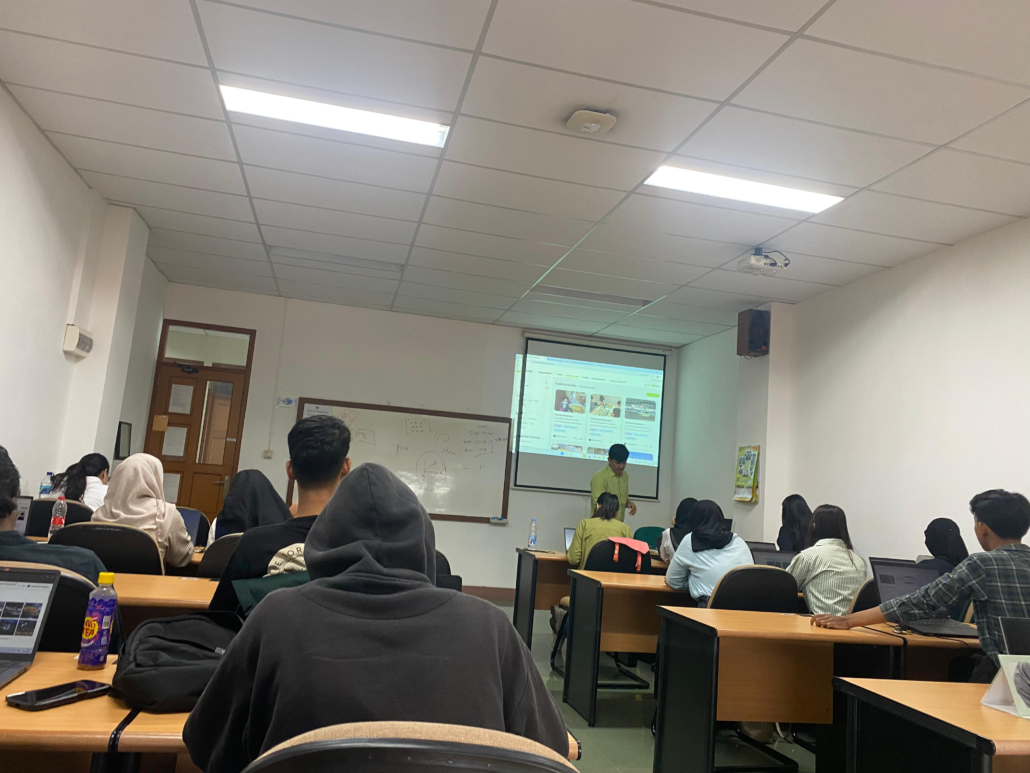
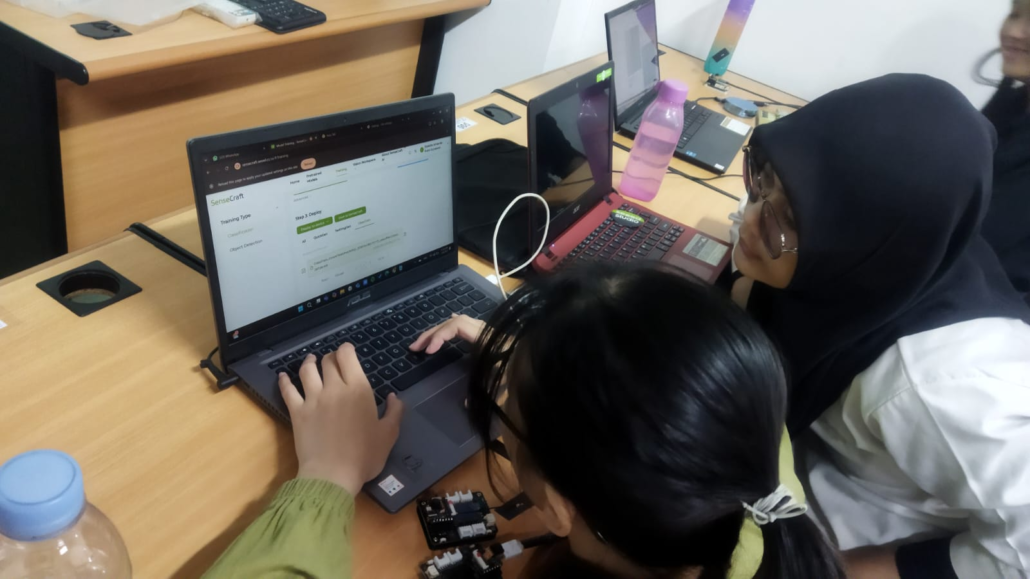
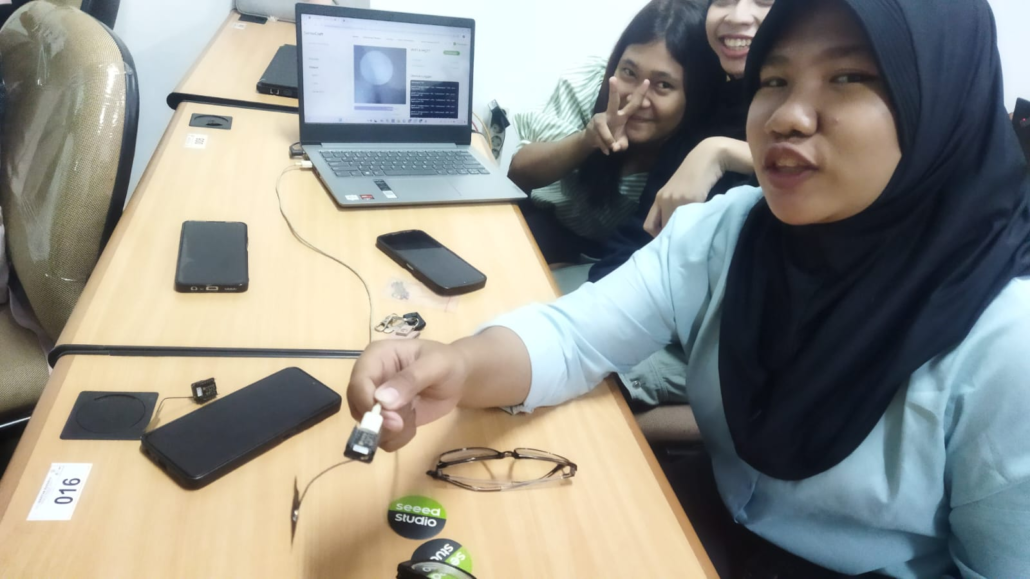
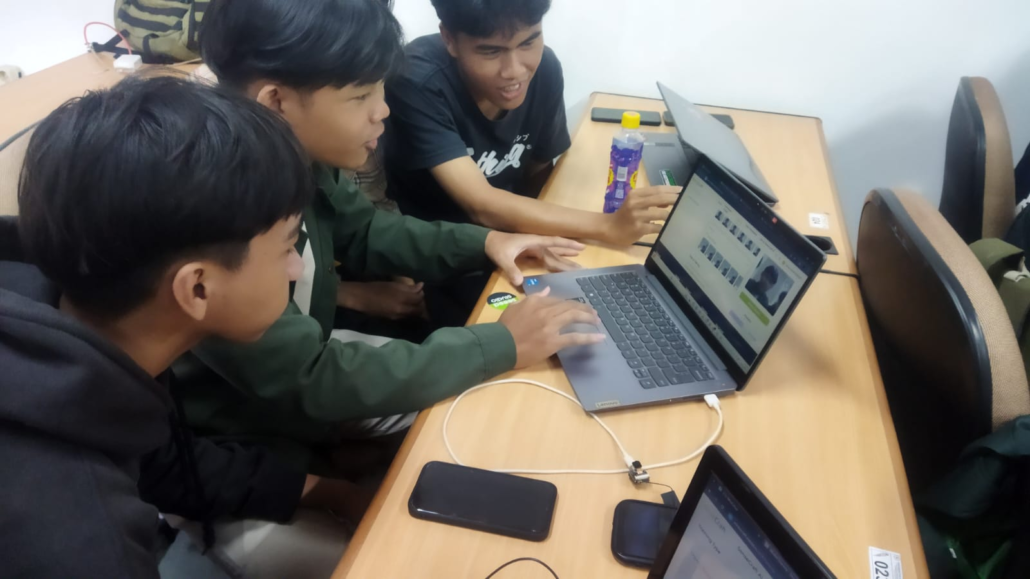
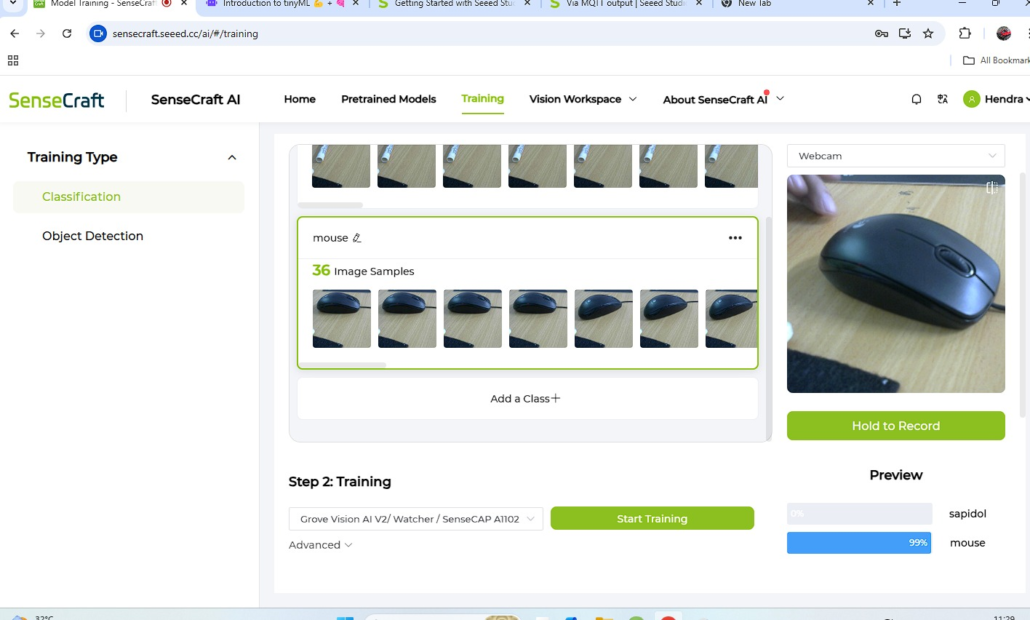
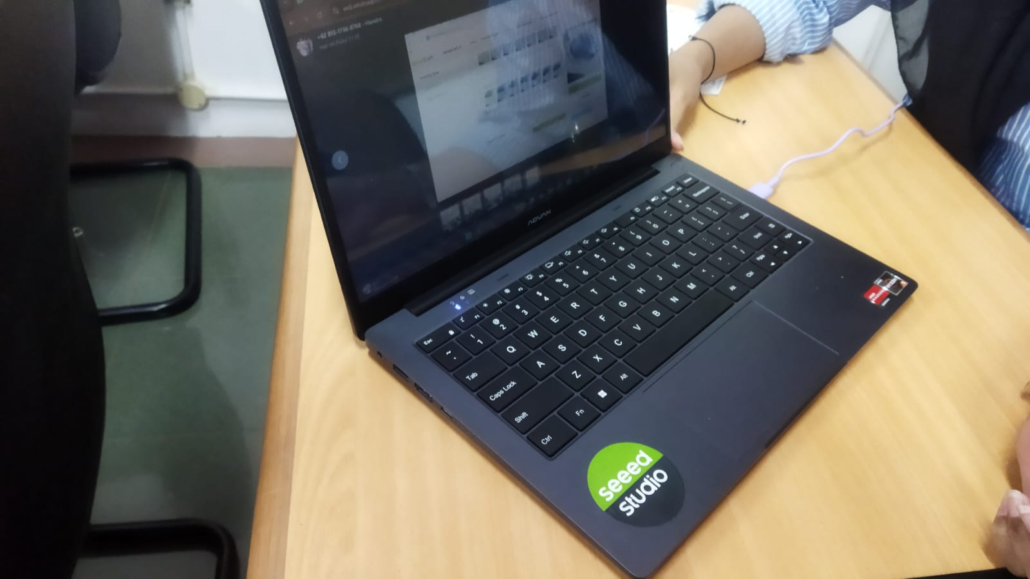
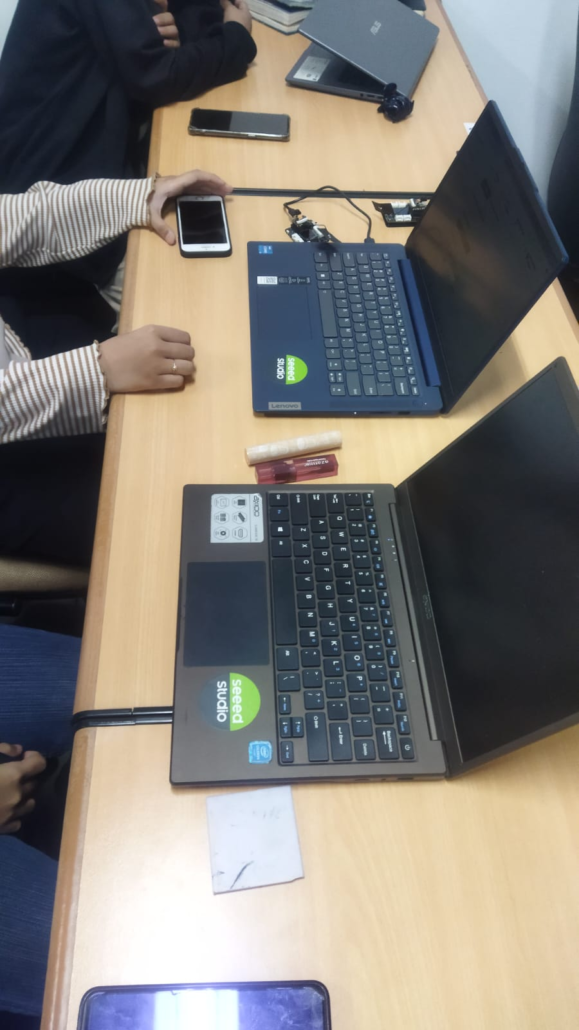








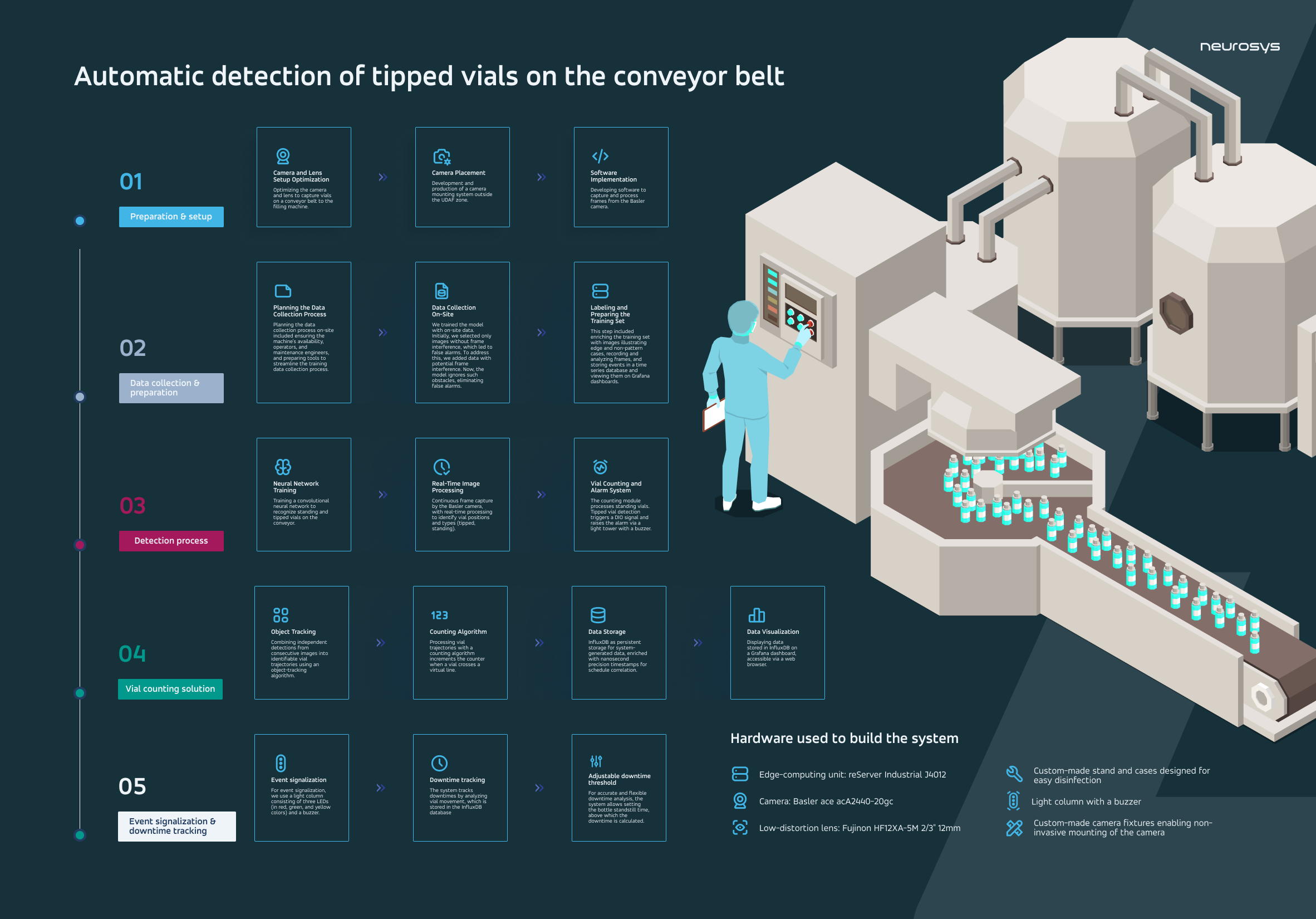
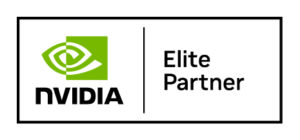
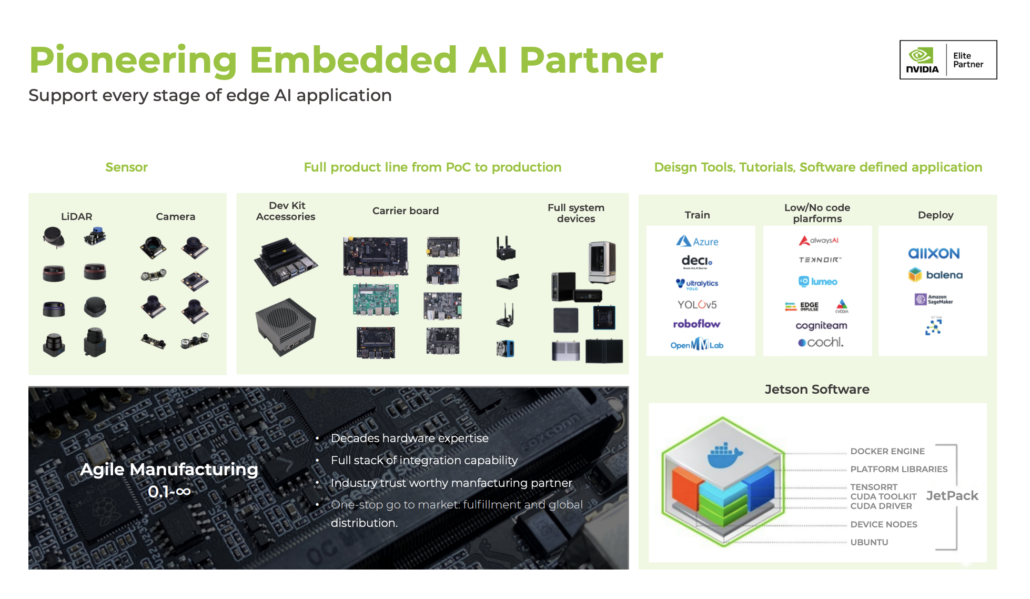
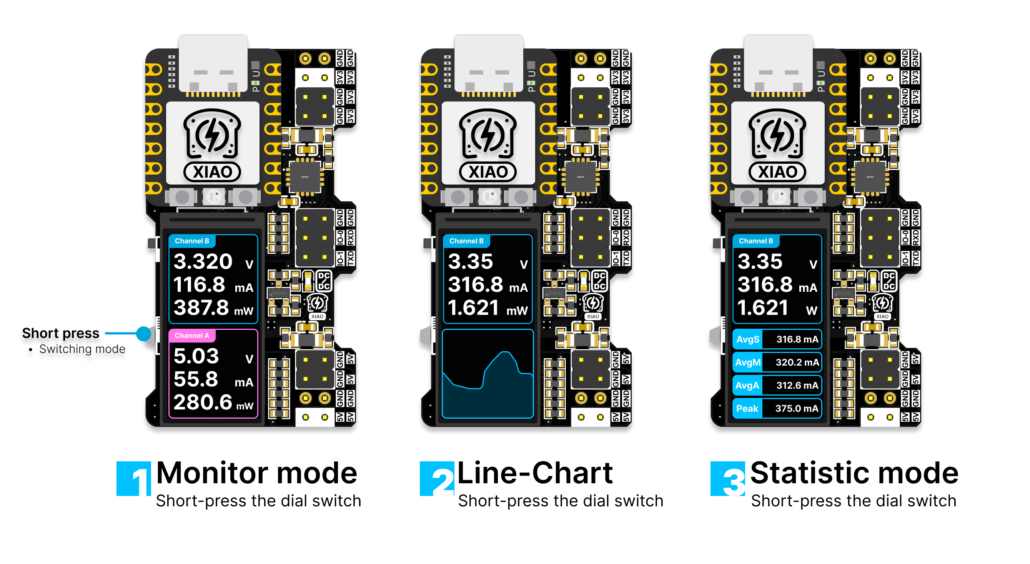

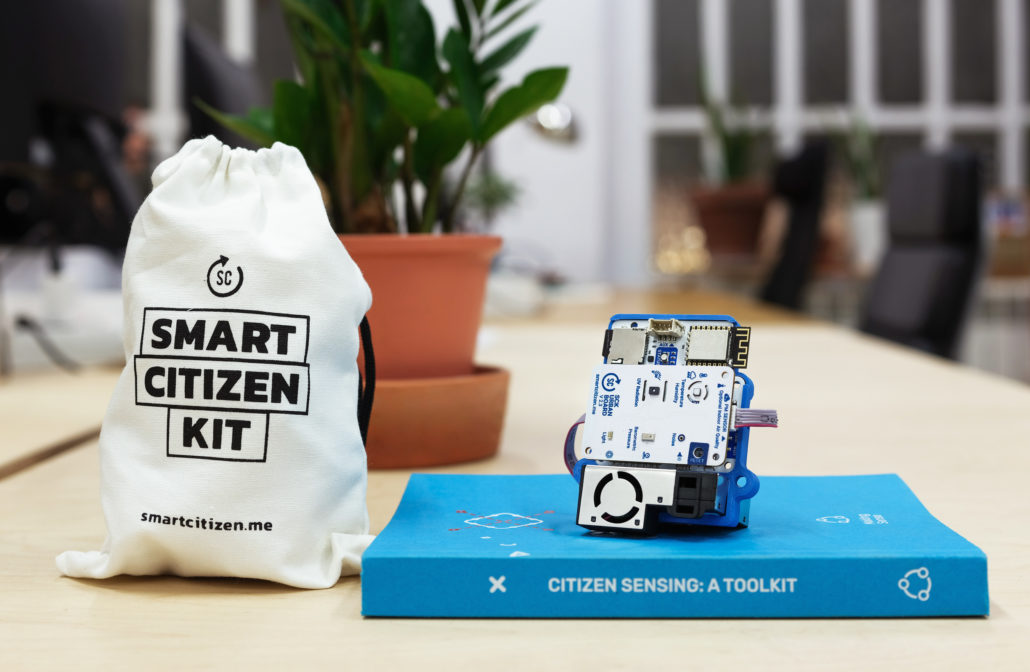
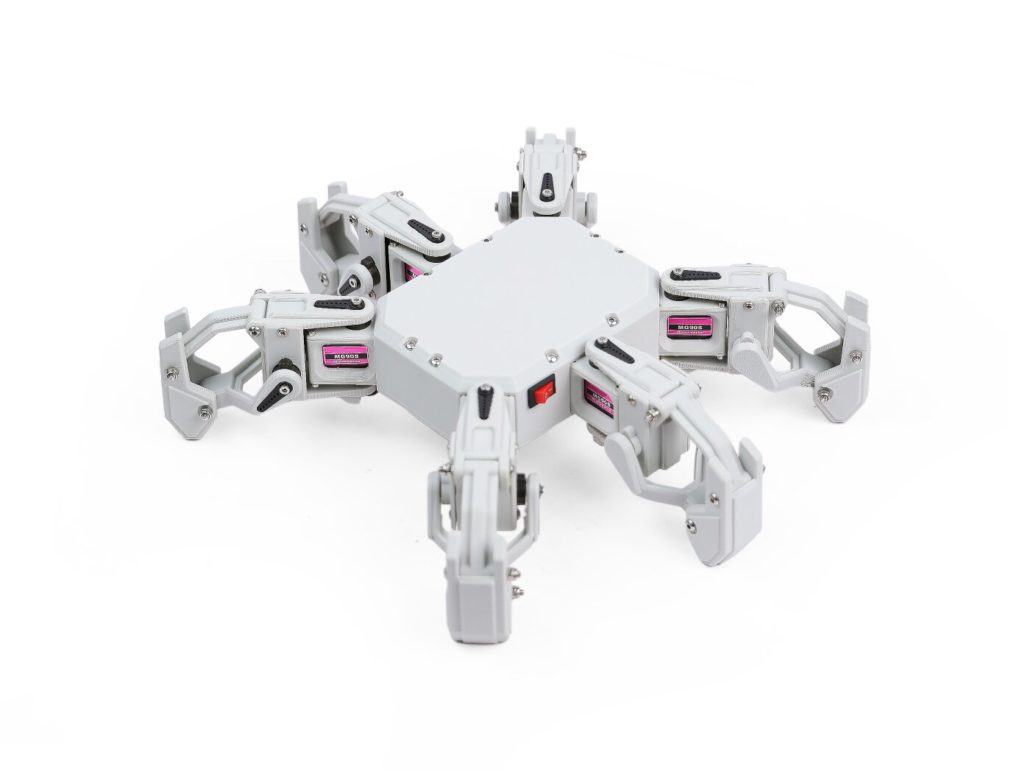
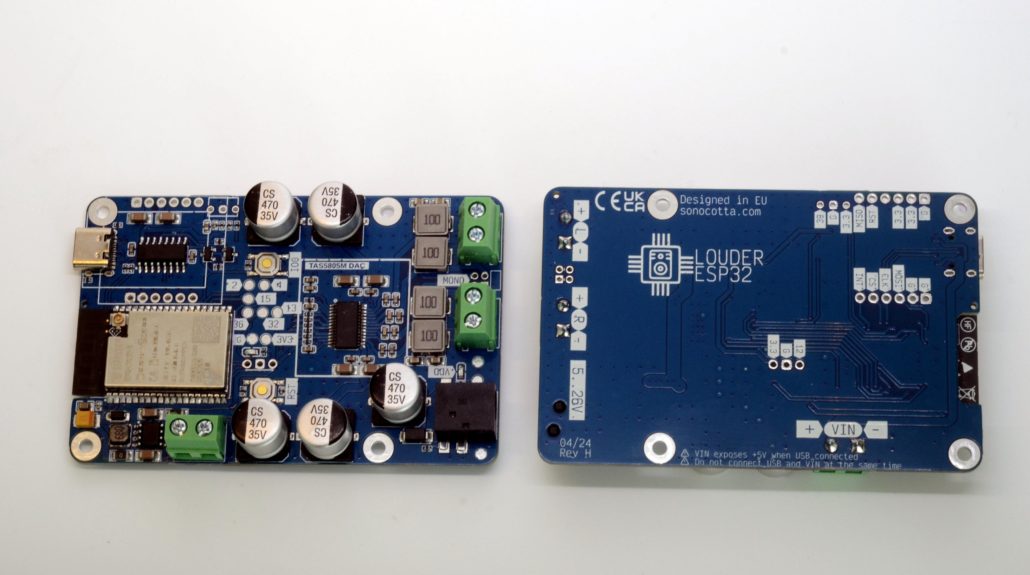














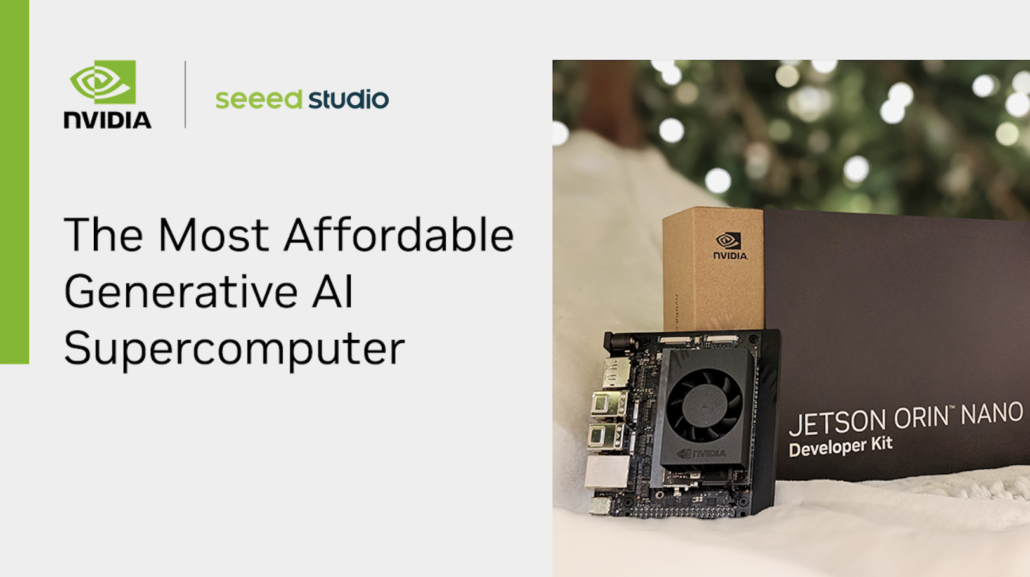
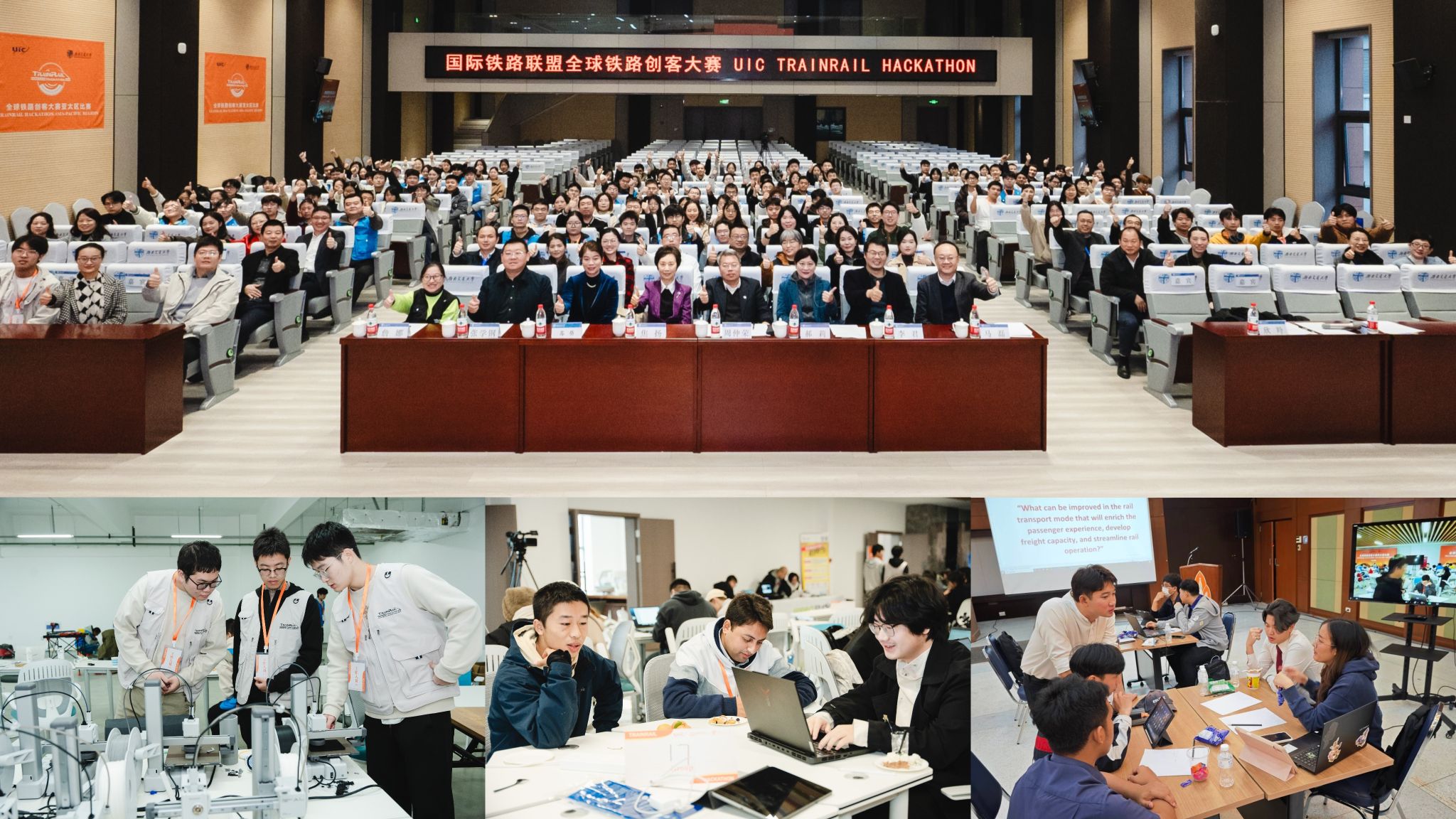

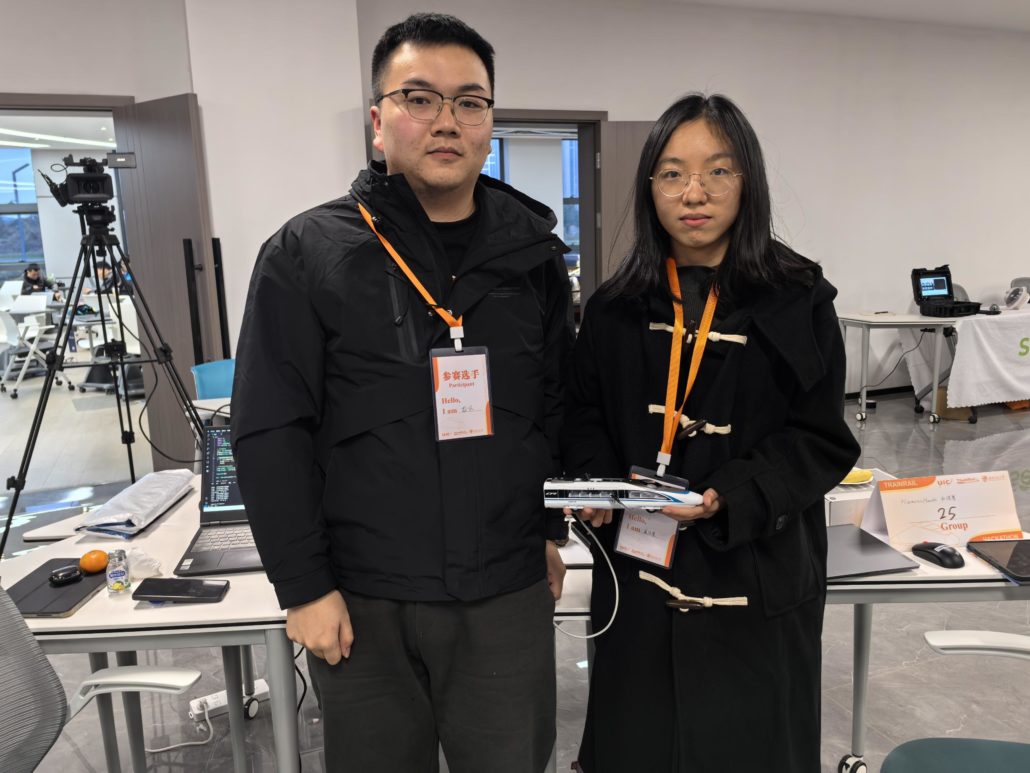
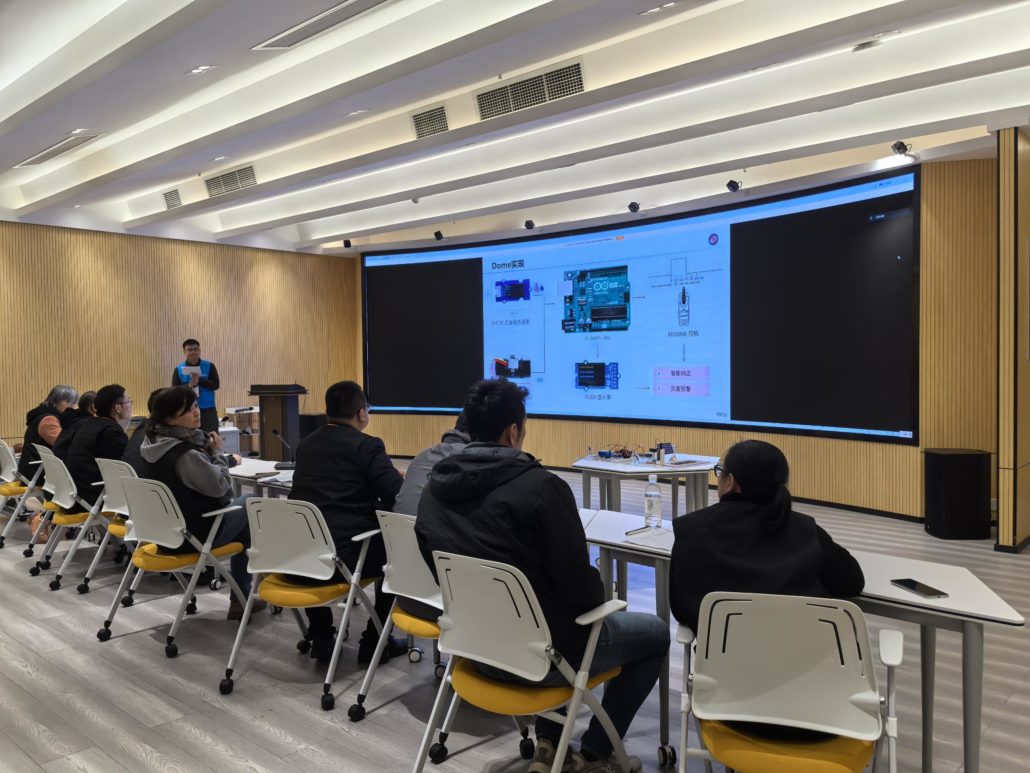

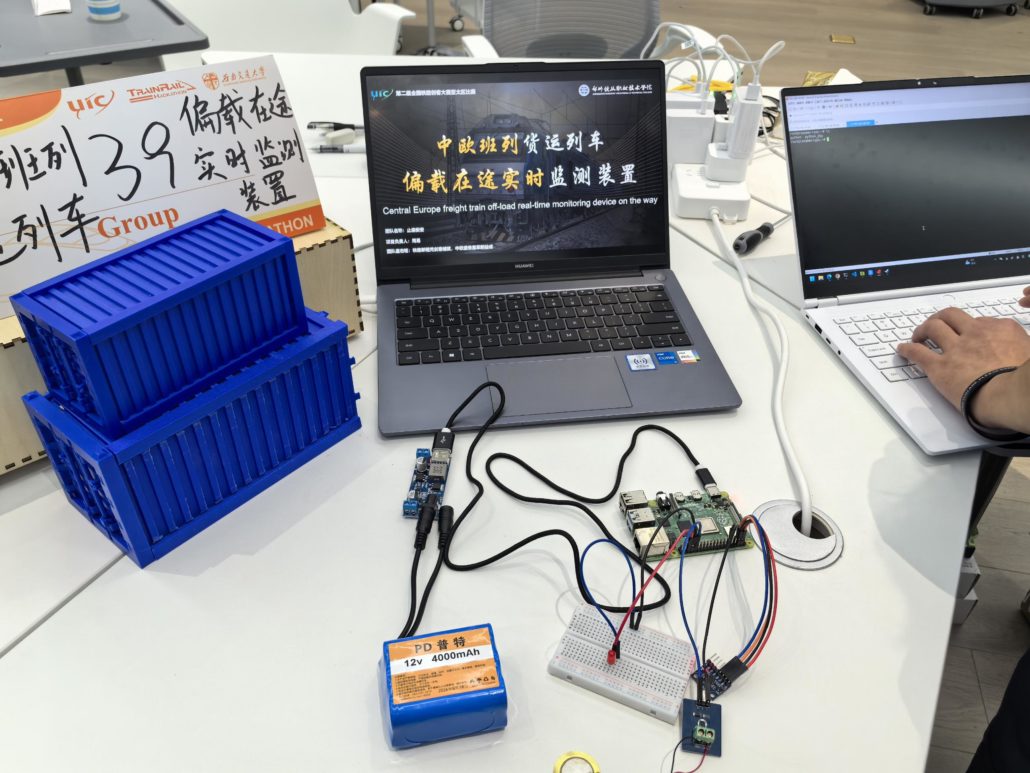
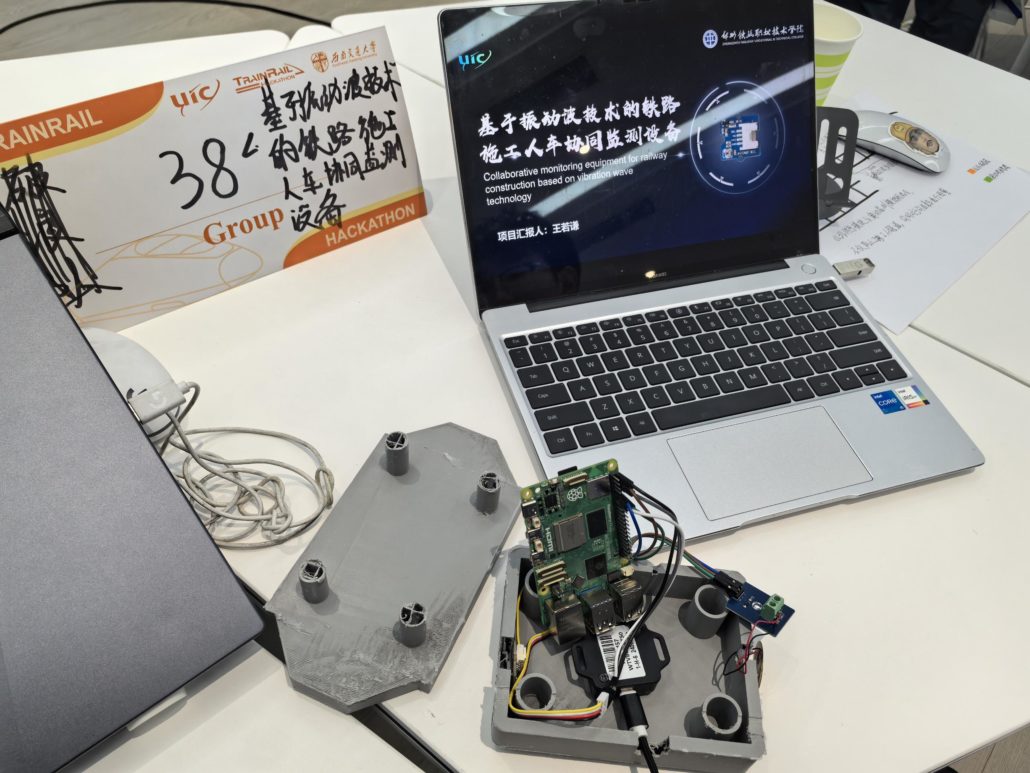
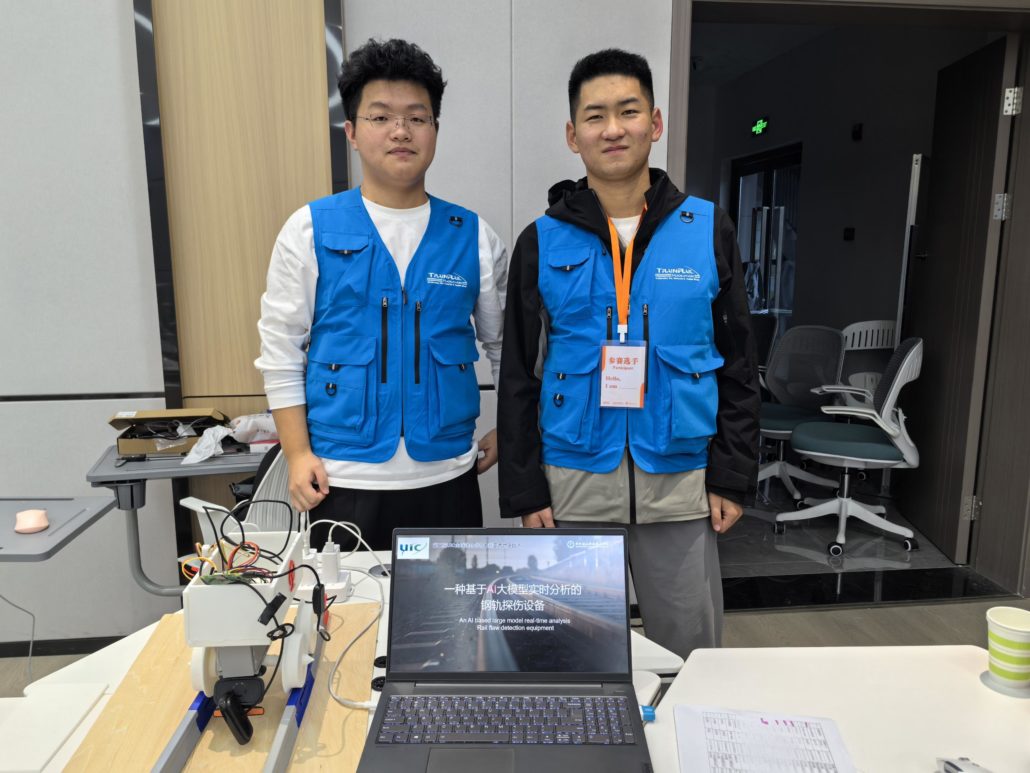
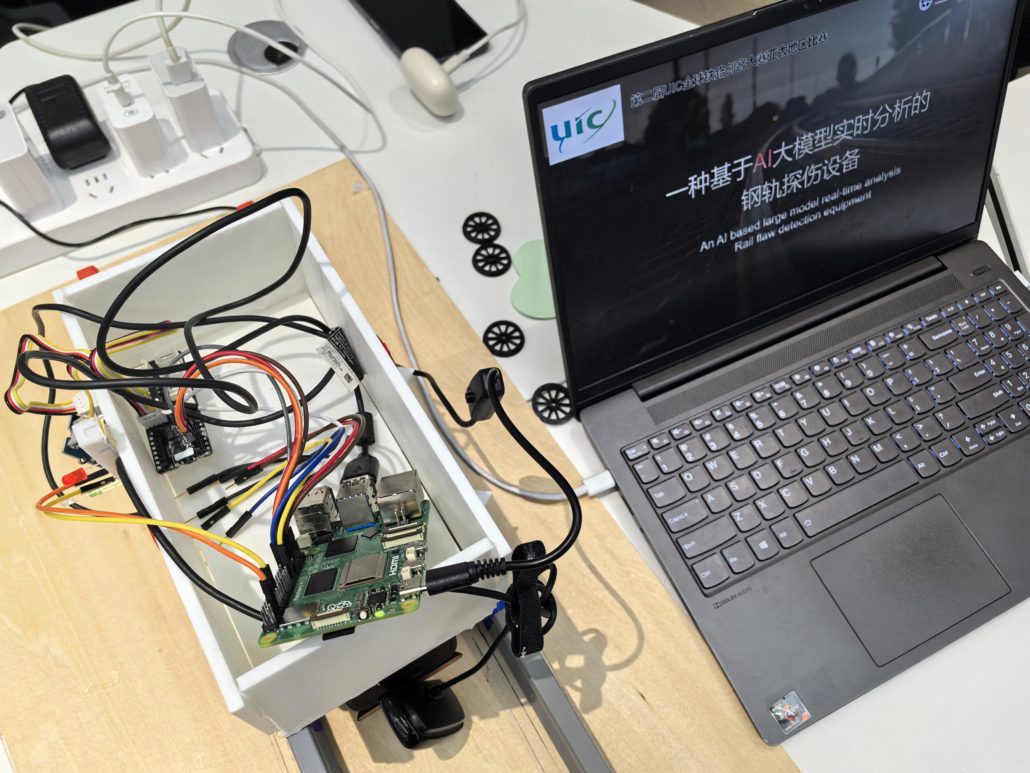
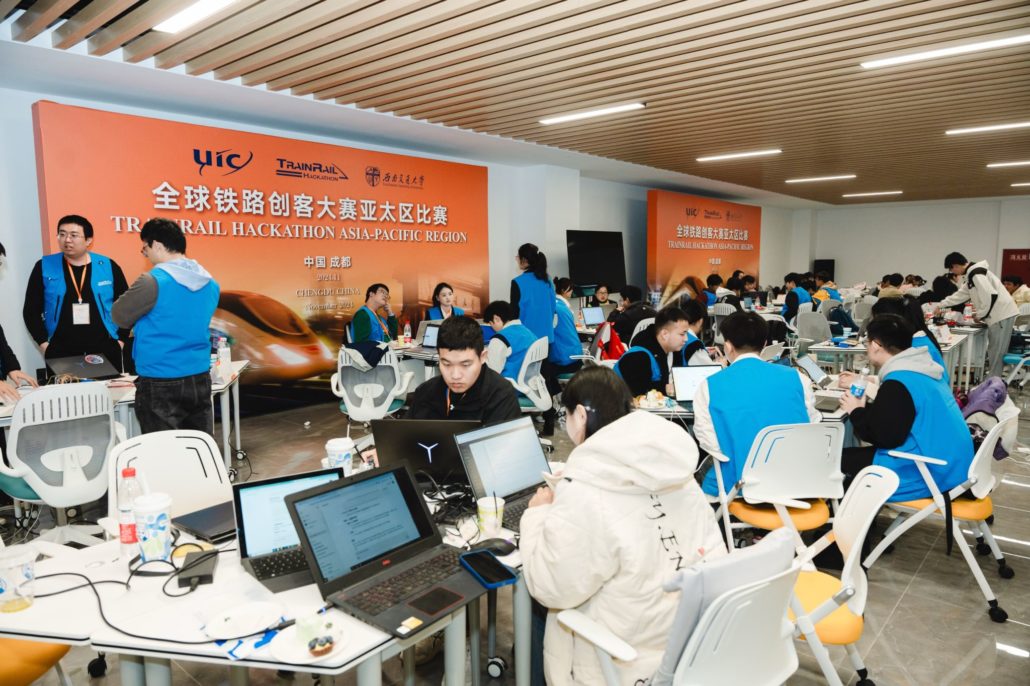


 How to Apply?
How to Apply?

 Duration: 12th Dec. 2024- 12th Mar. 2025
Duration: 12th Dec. 2024- 12th Mar. 2025 If you’re currently short on ideas, don’t worry, we’re here to help!
If you’re currently short on ideas, don’t worry, we’re here to help! 

 Clone at Flux:
Clone at Flux:
